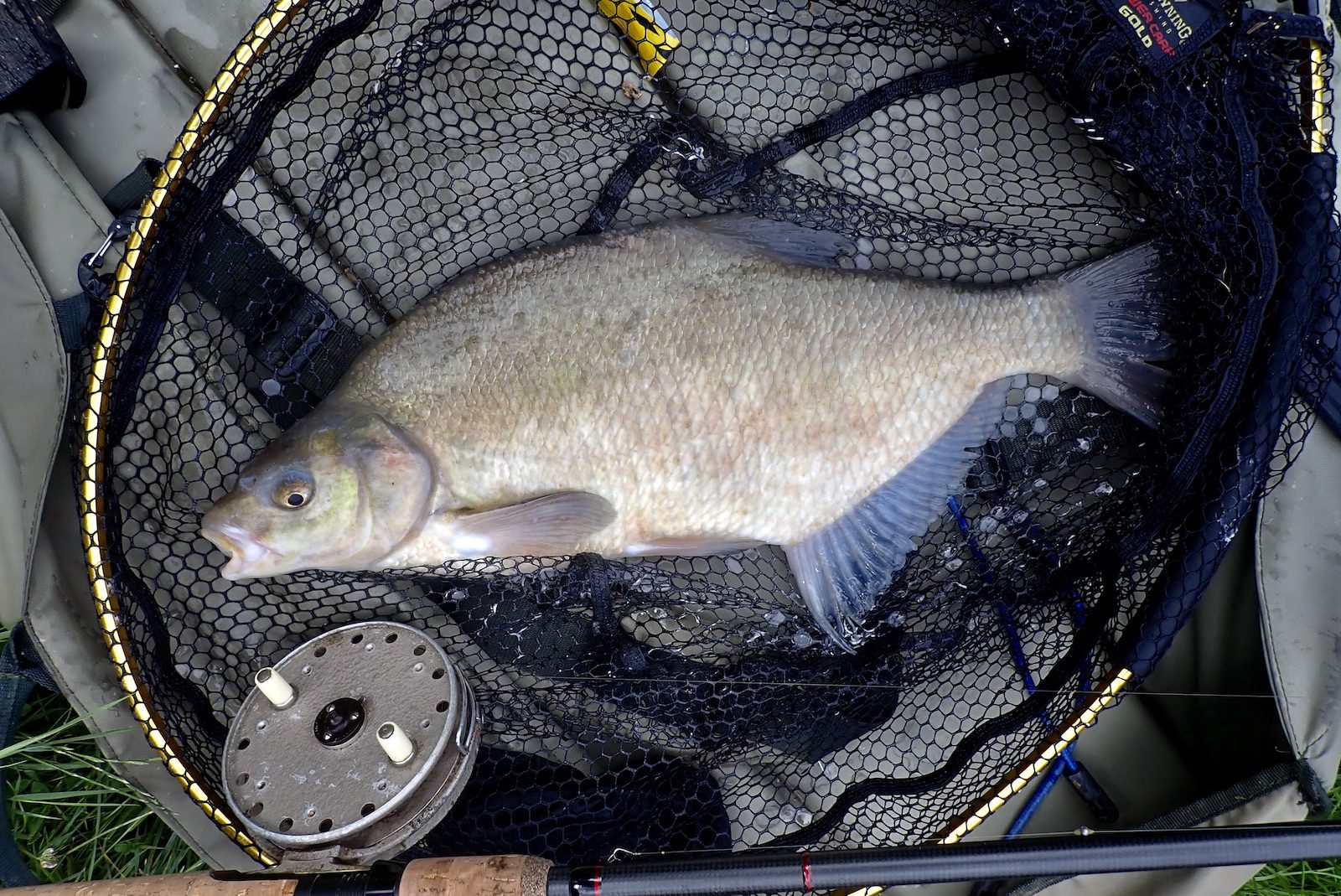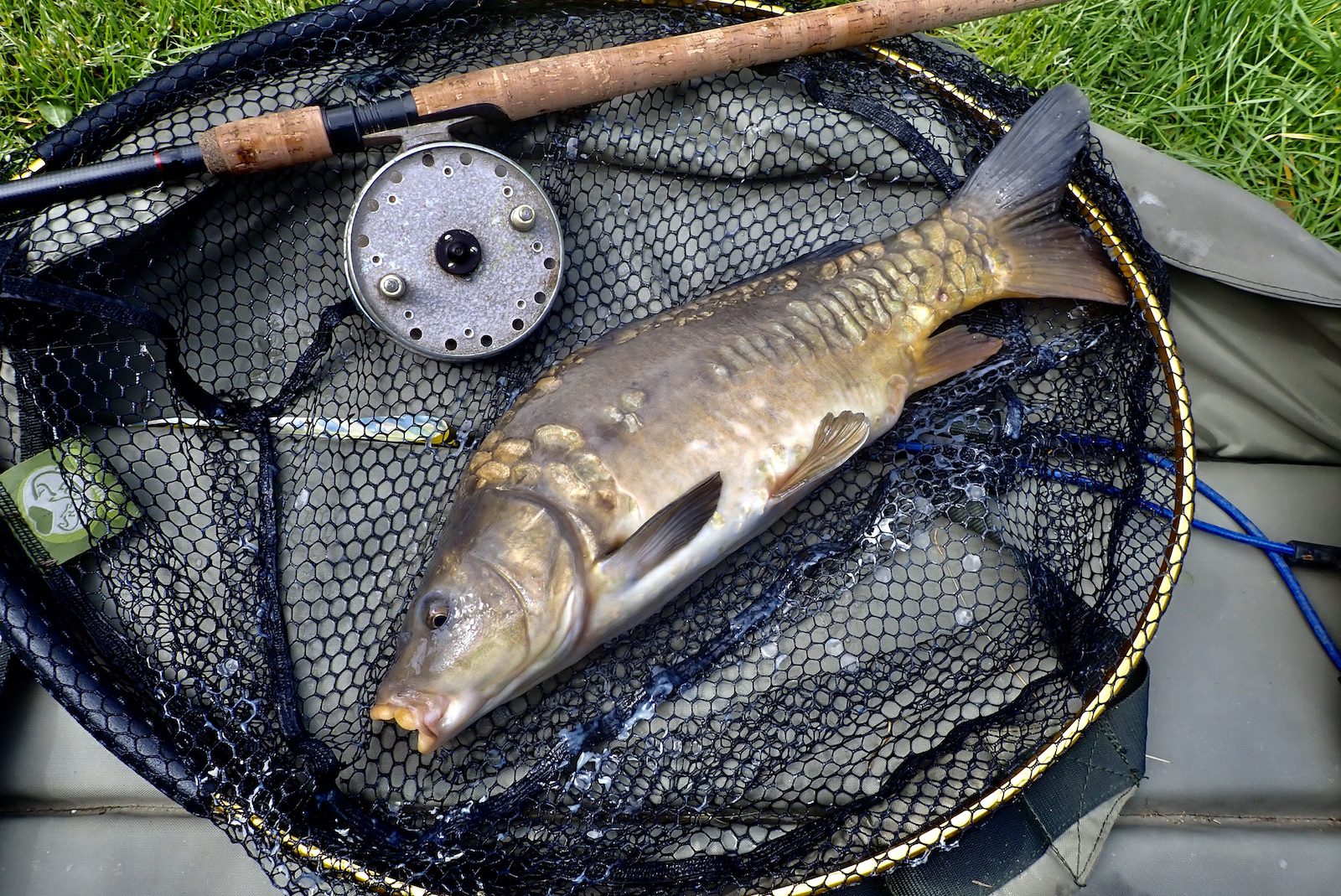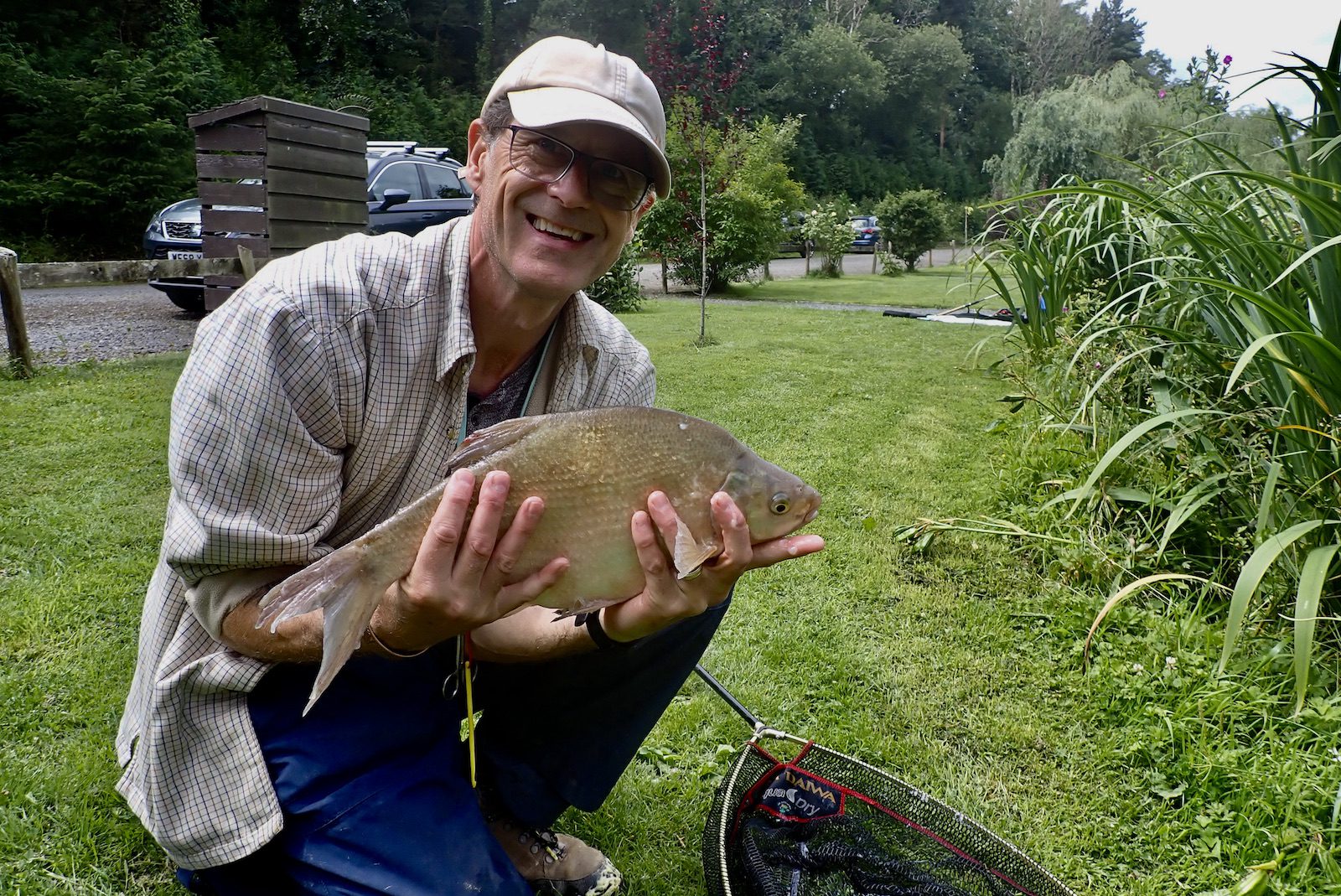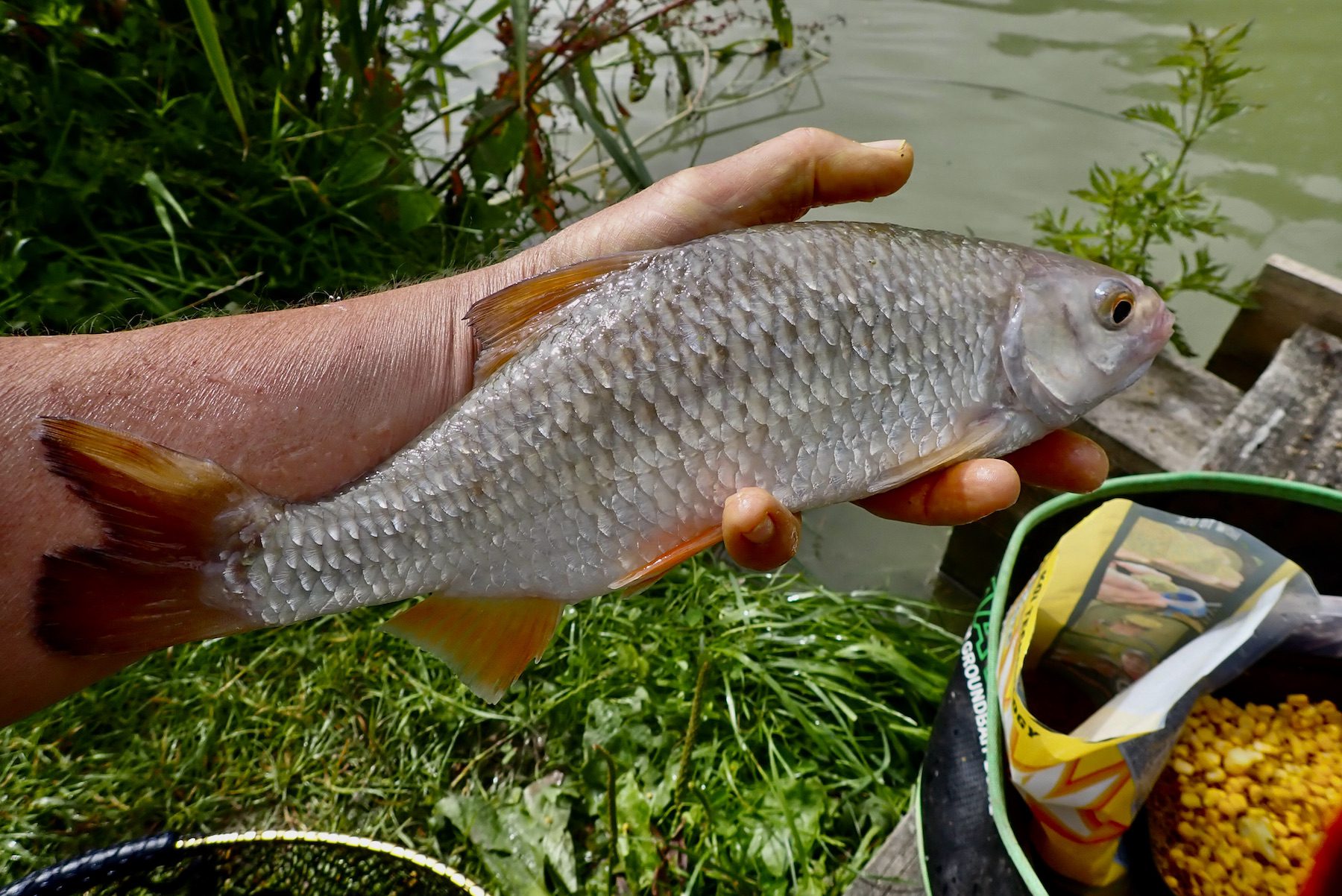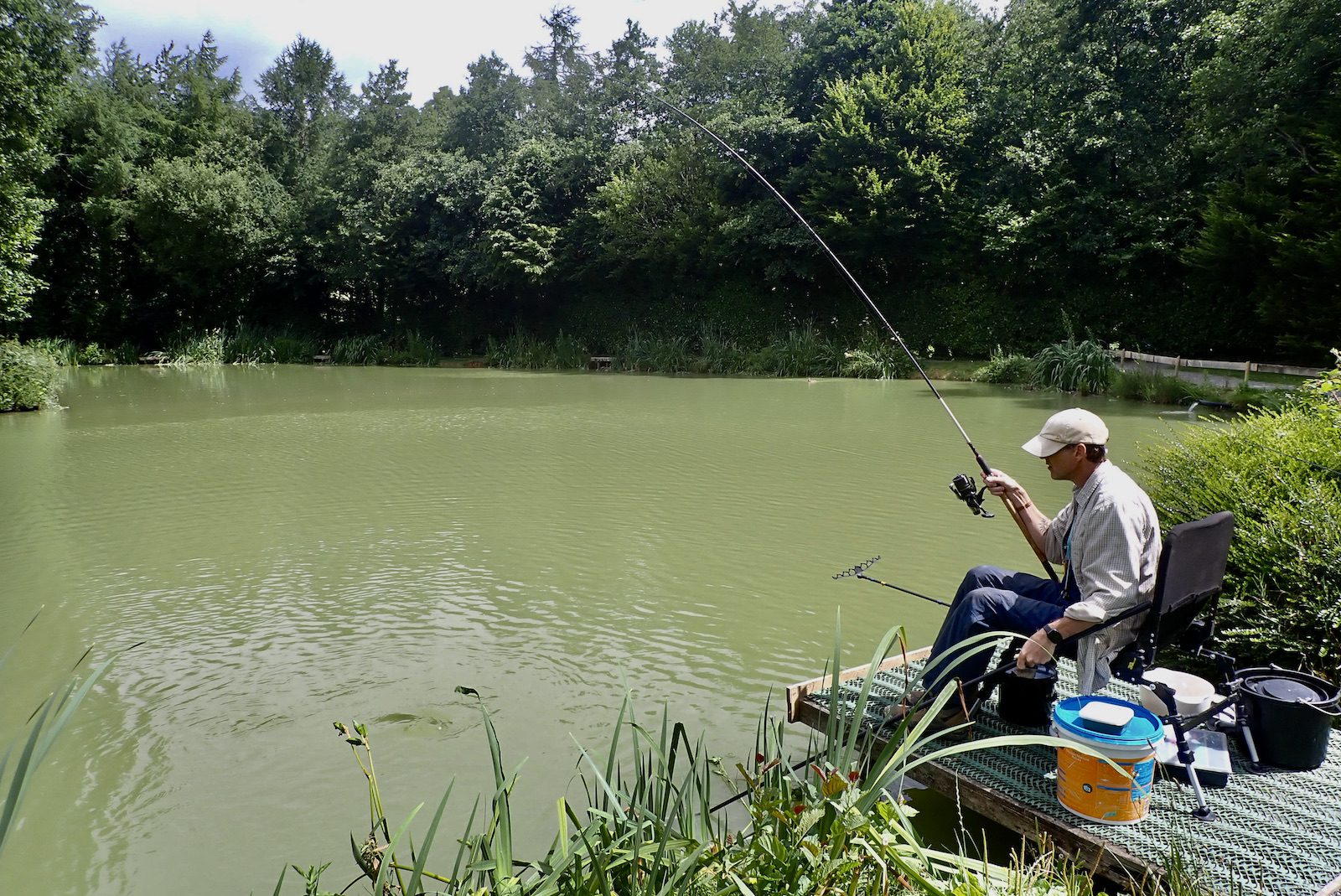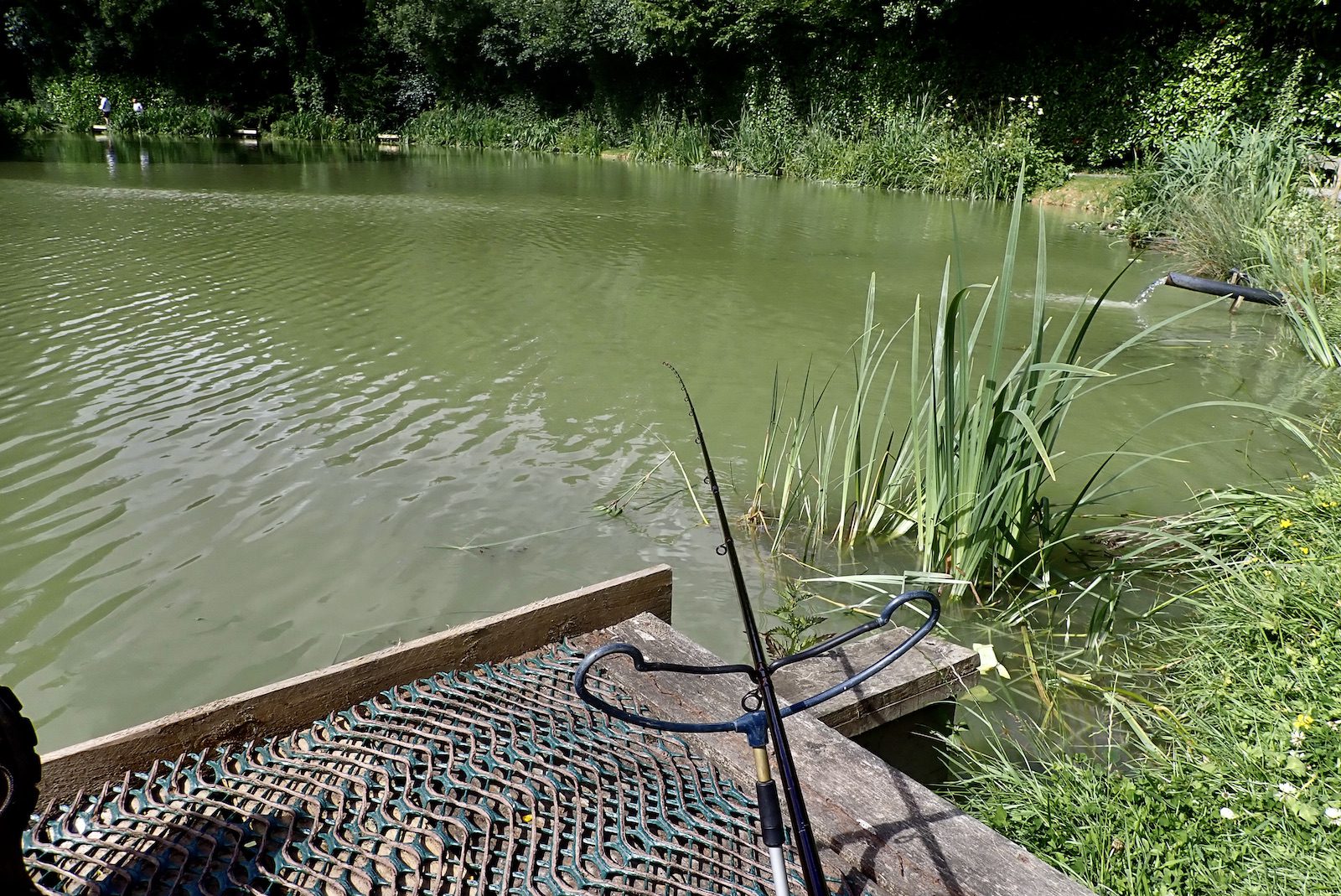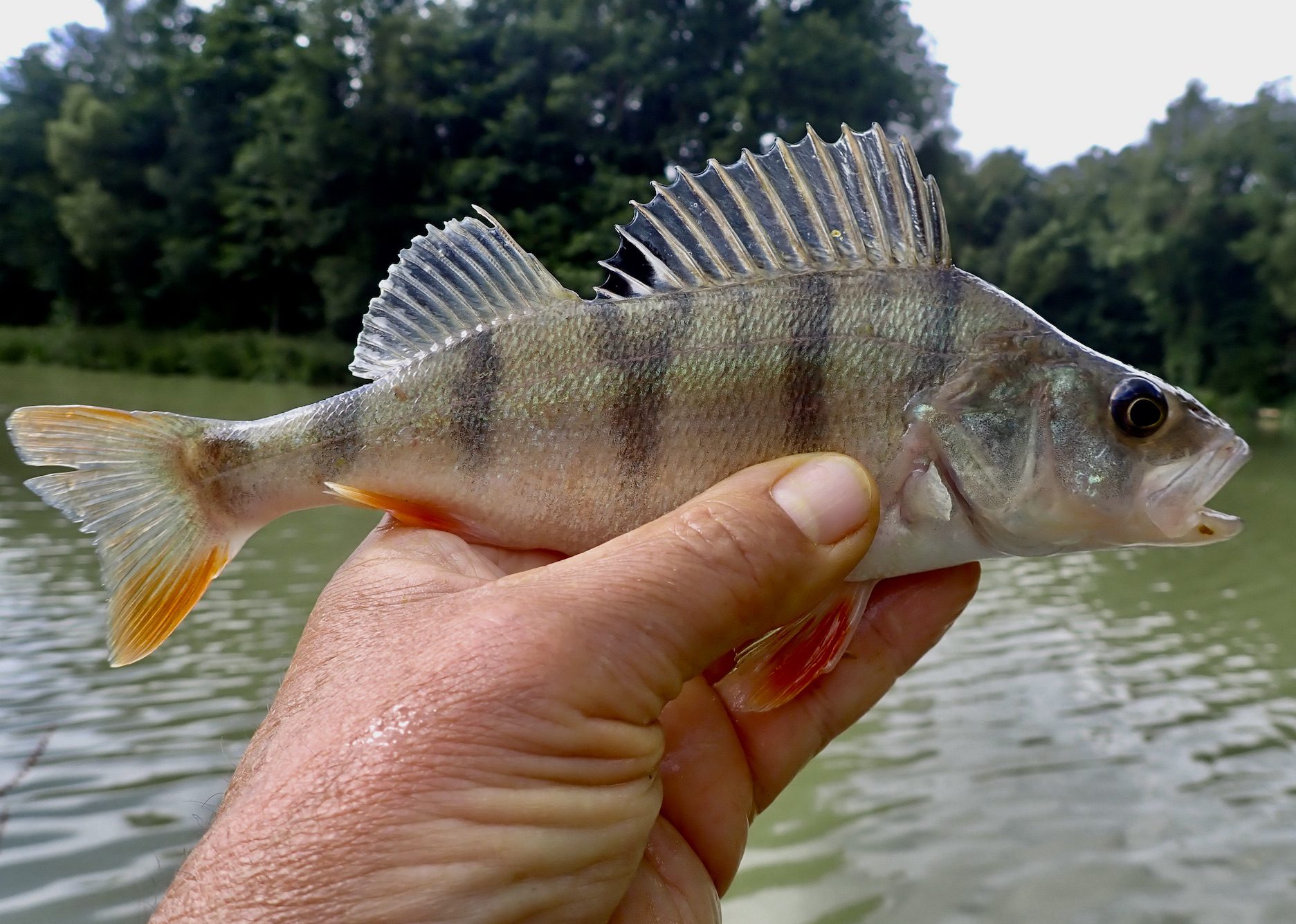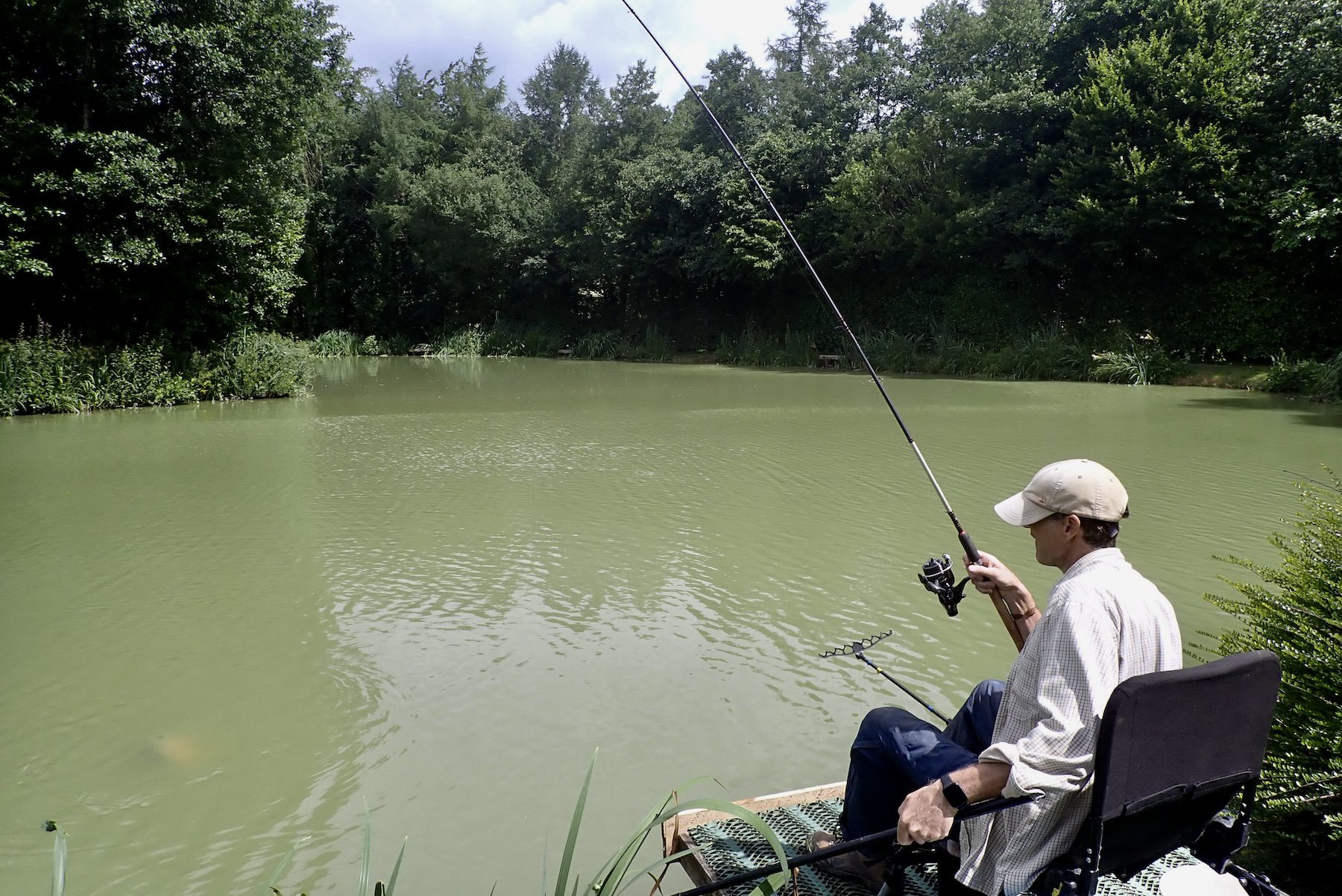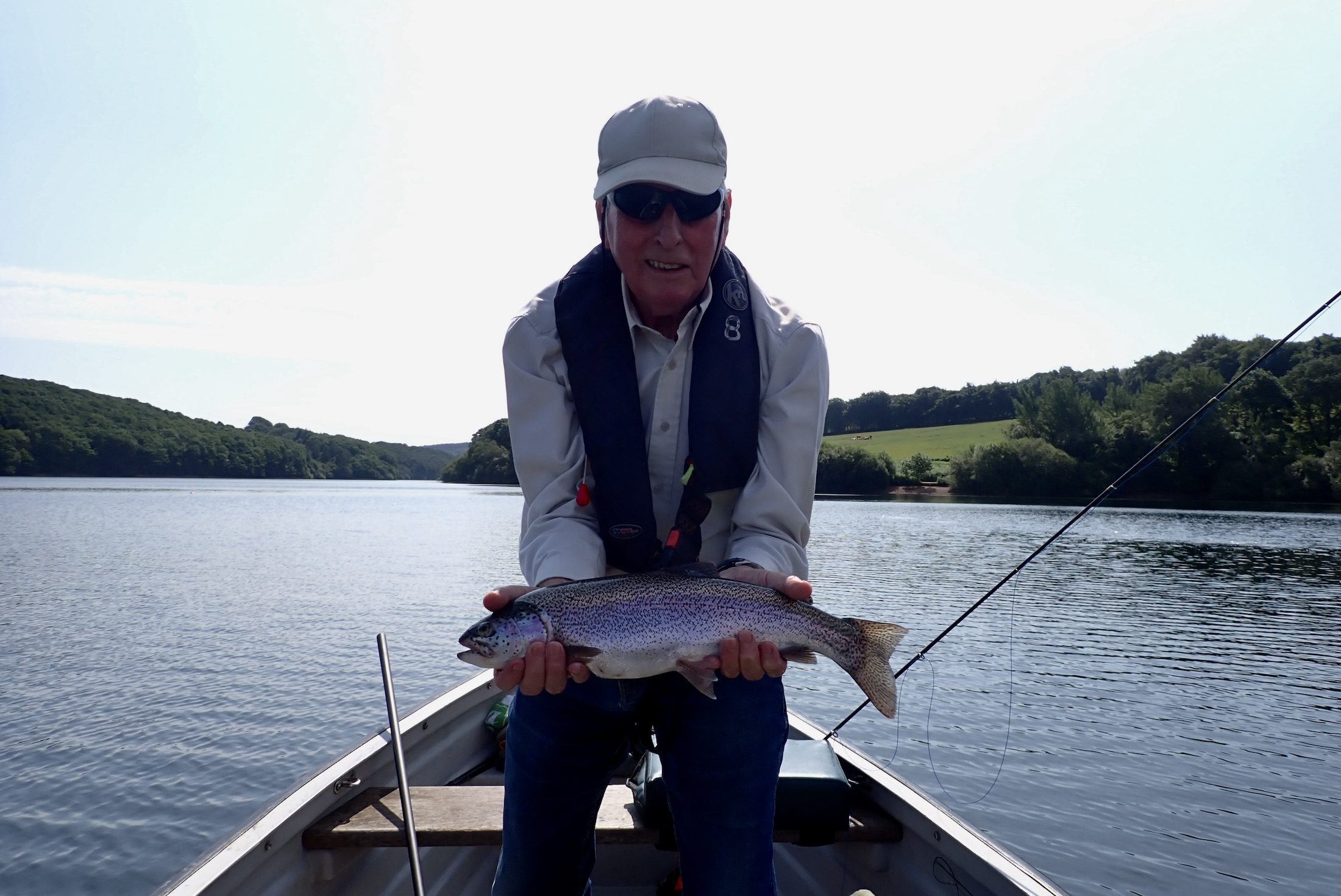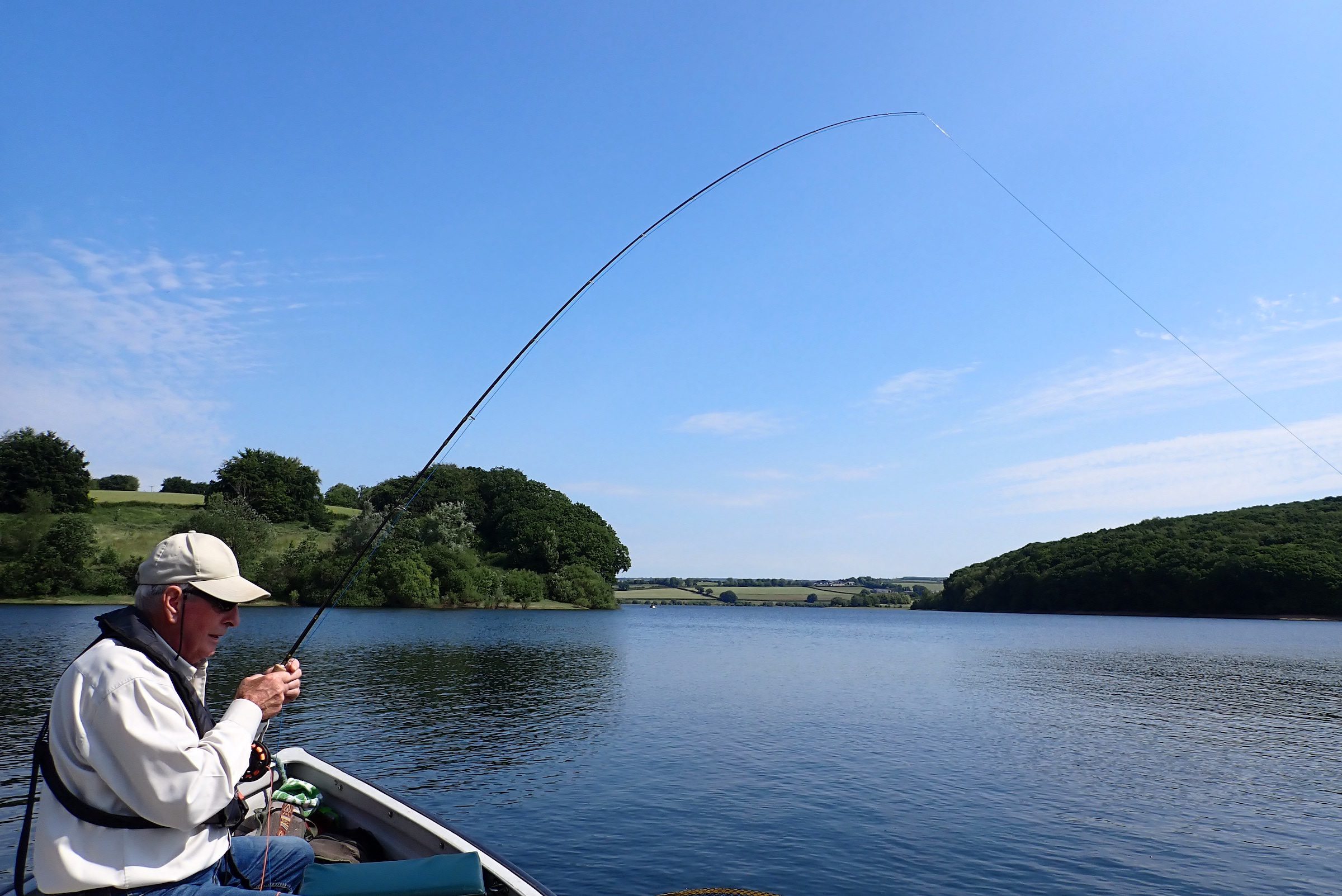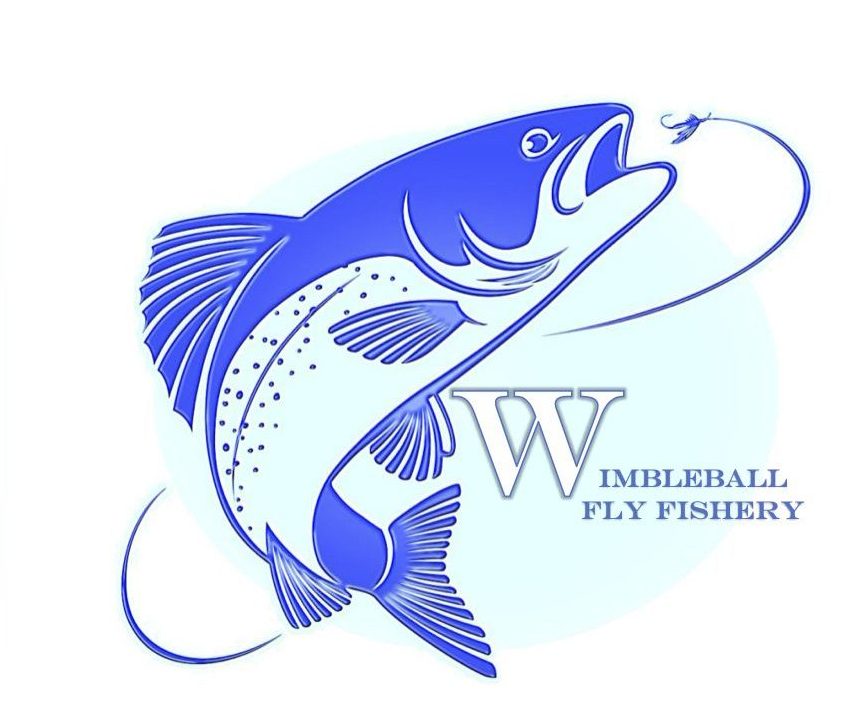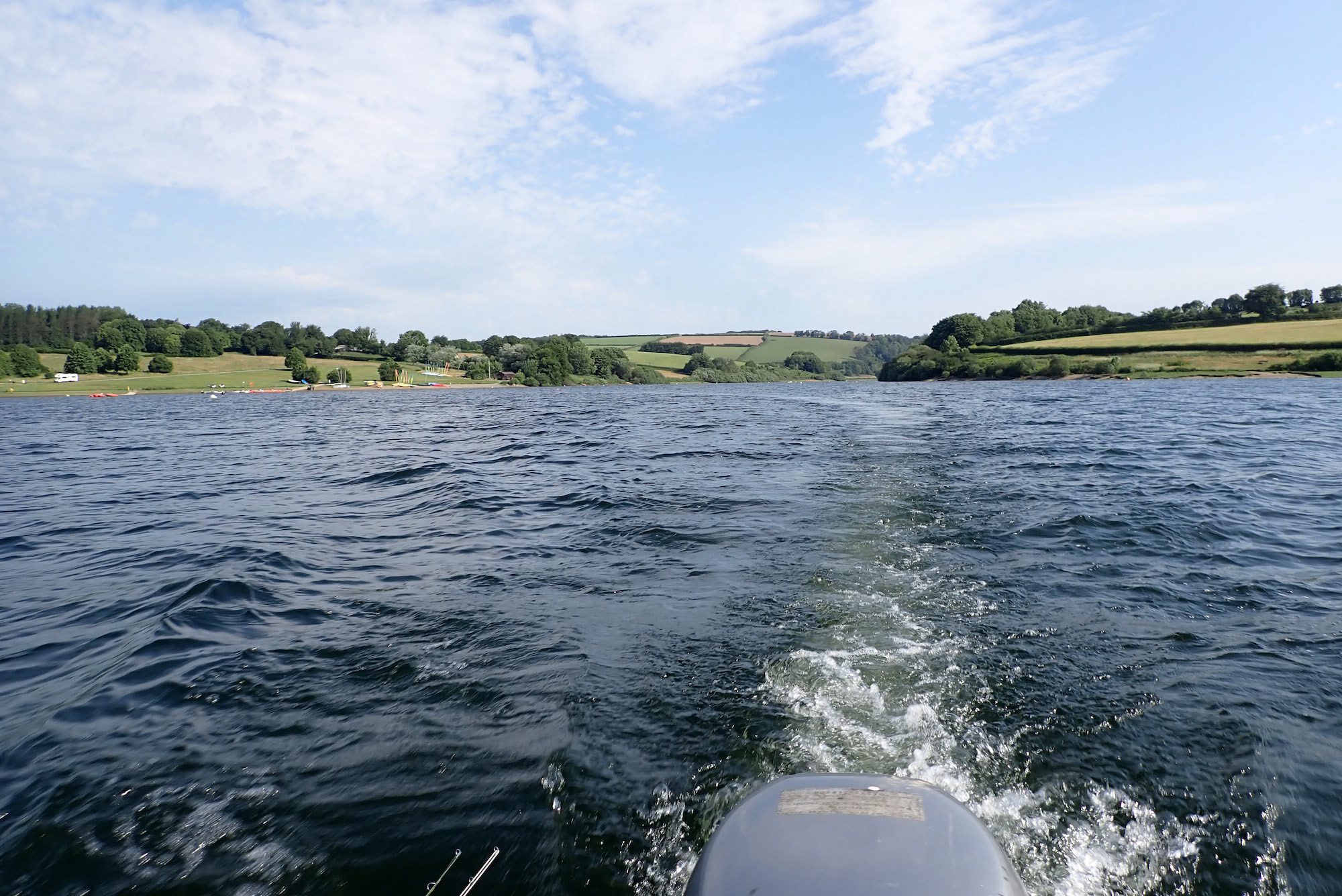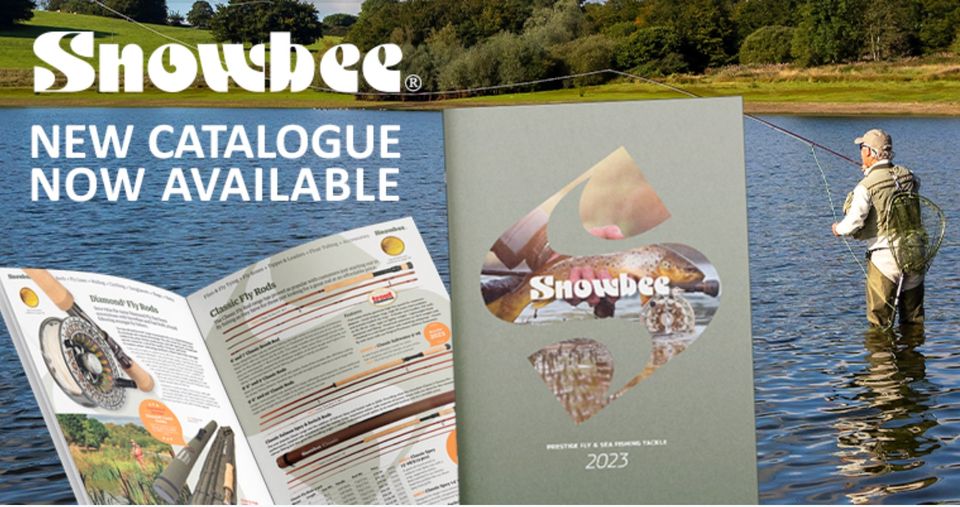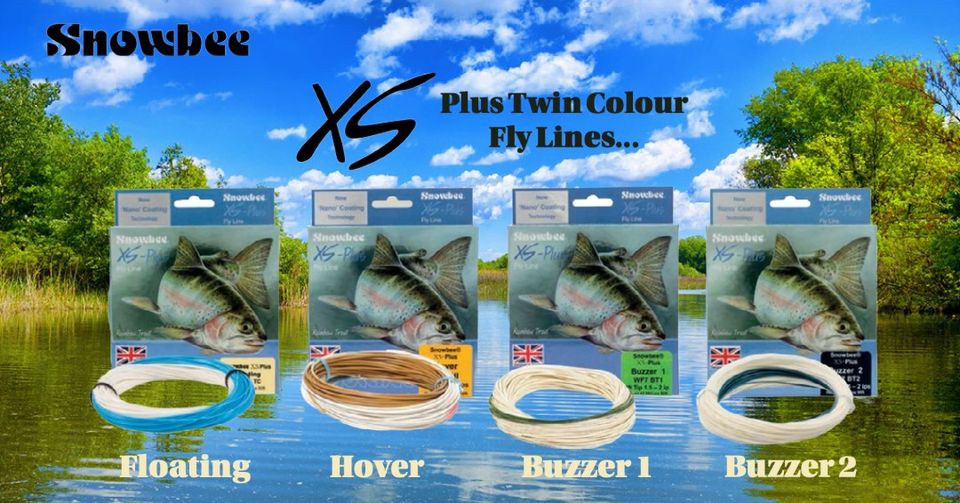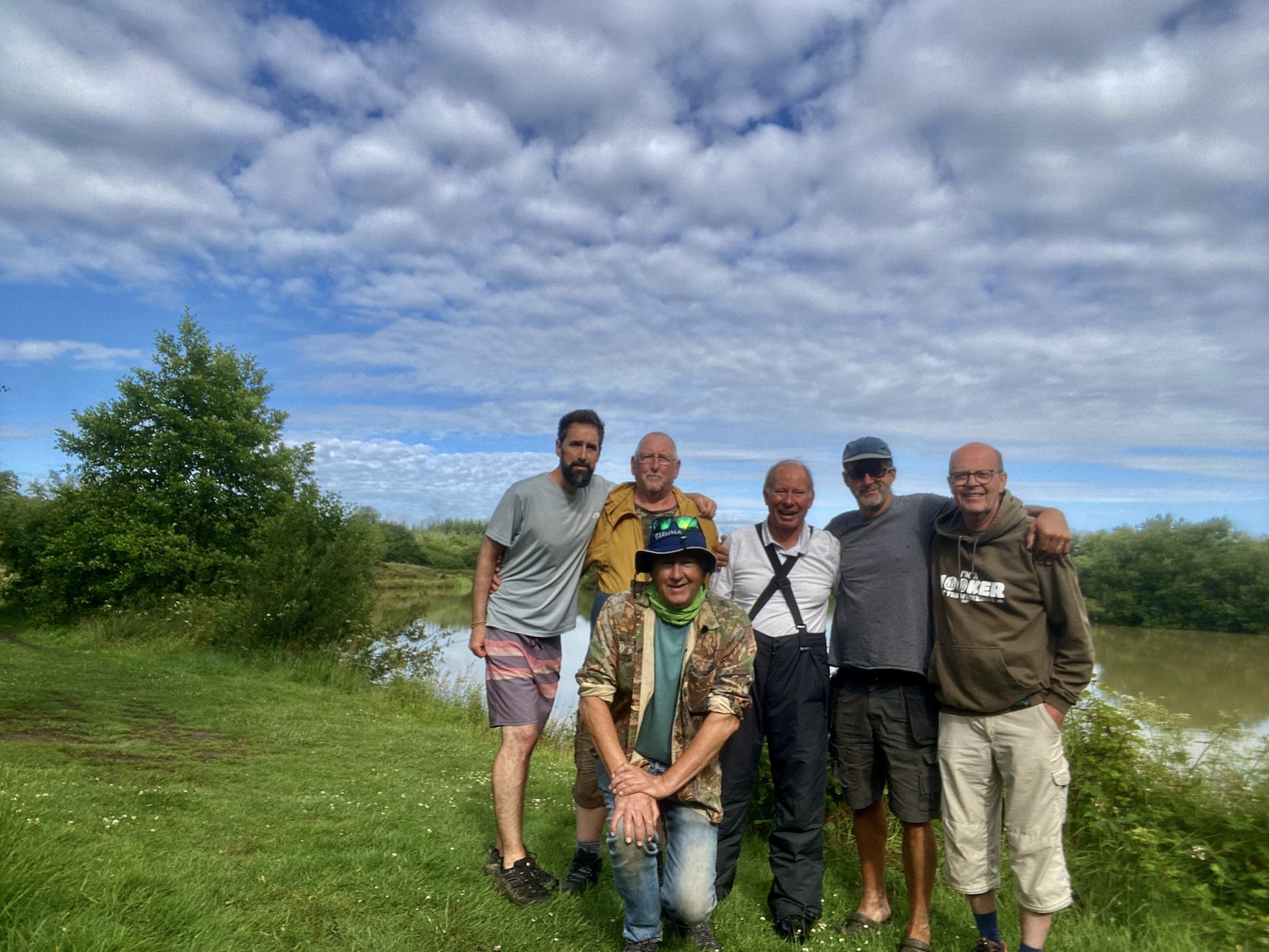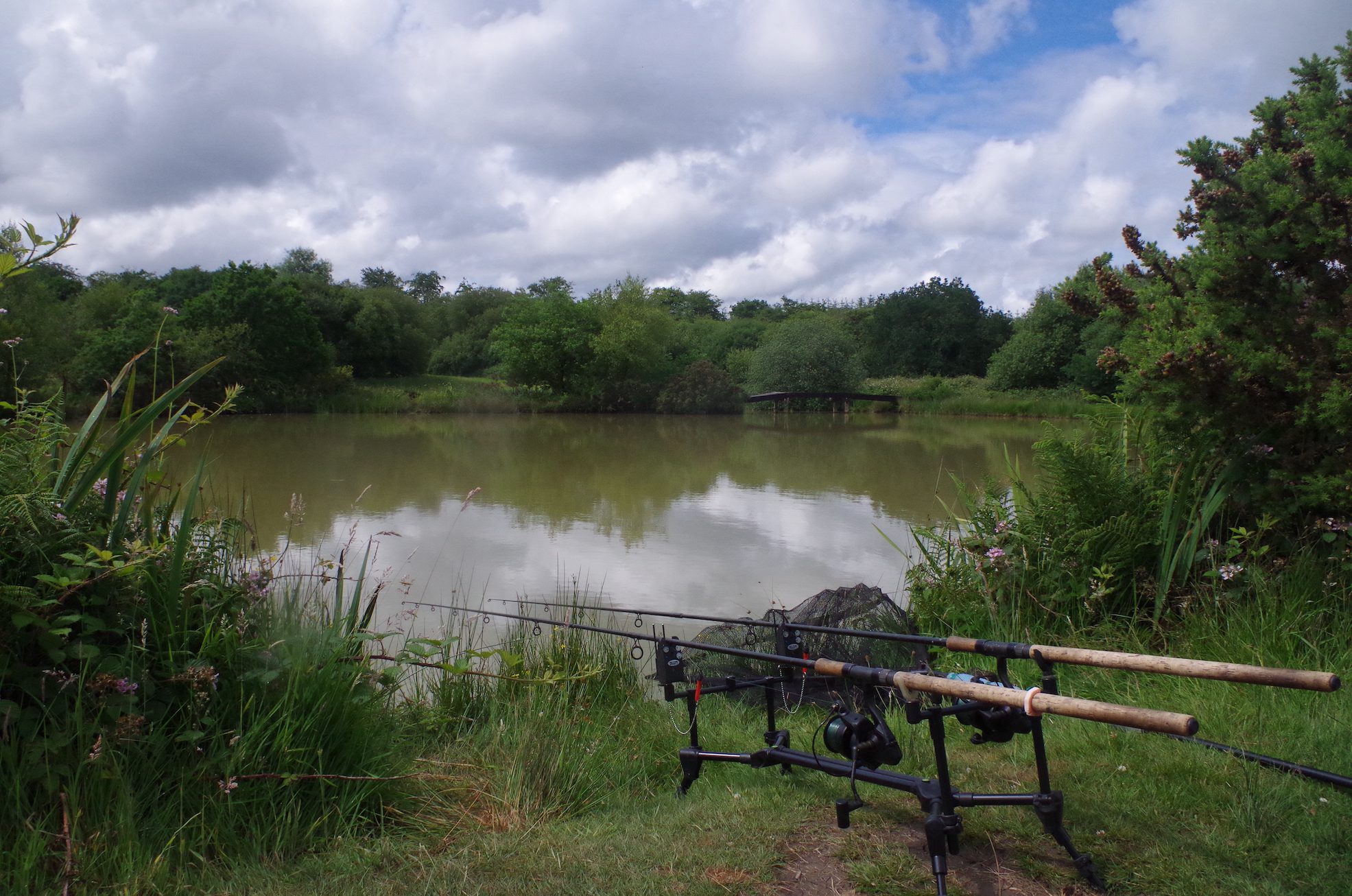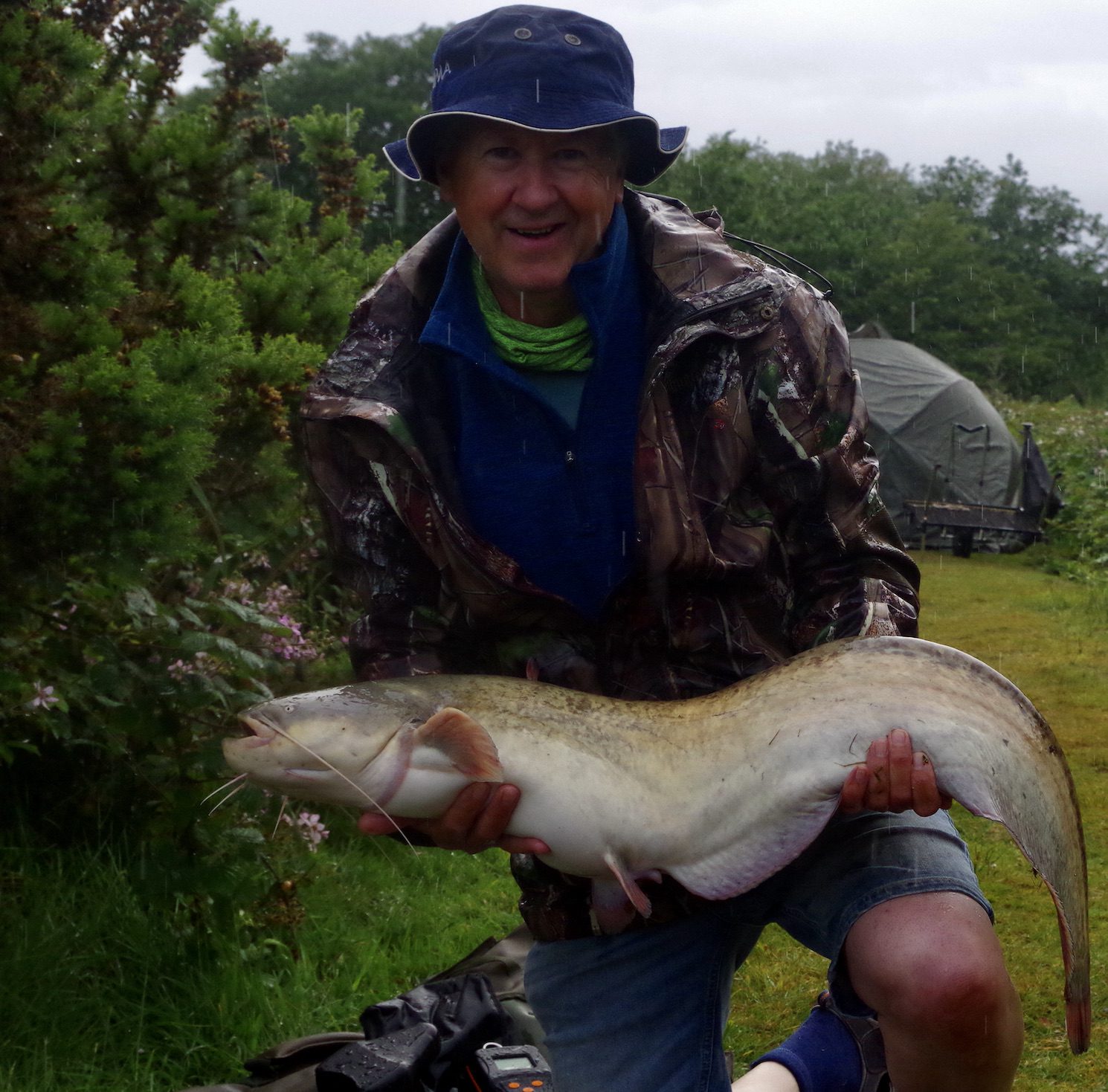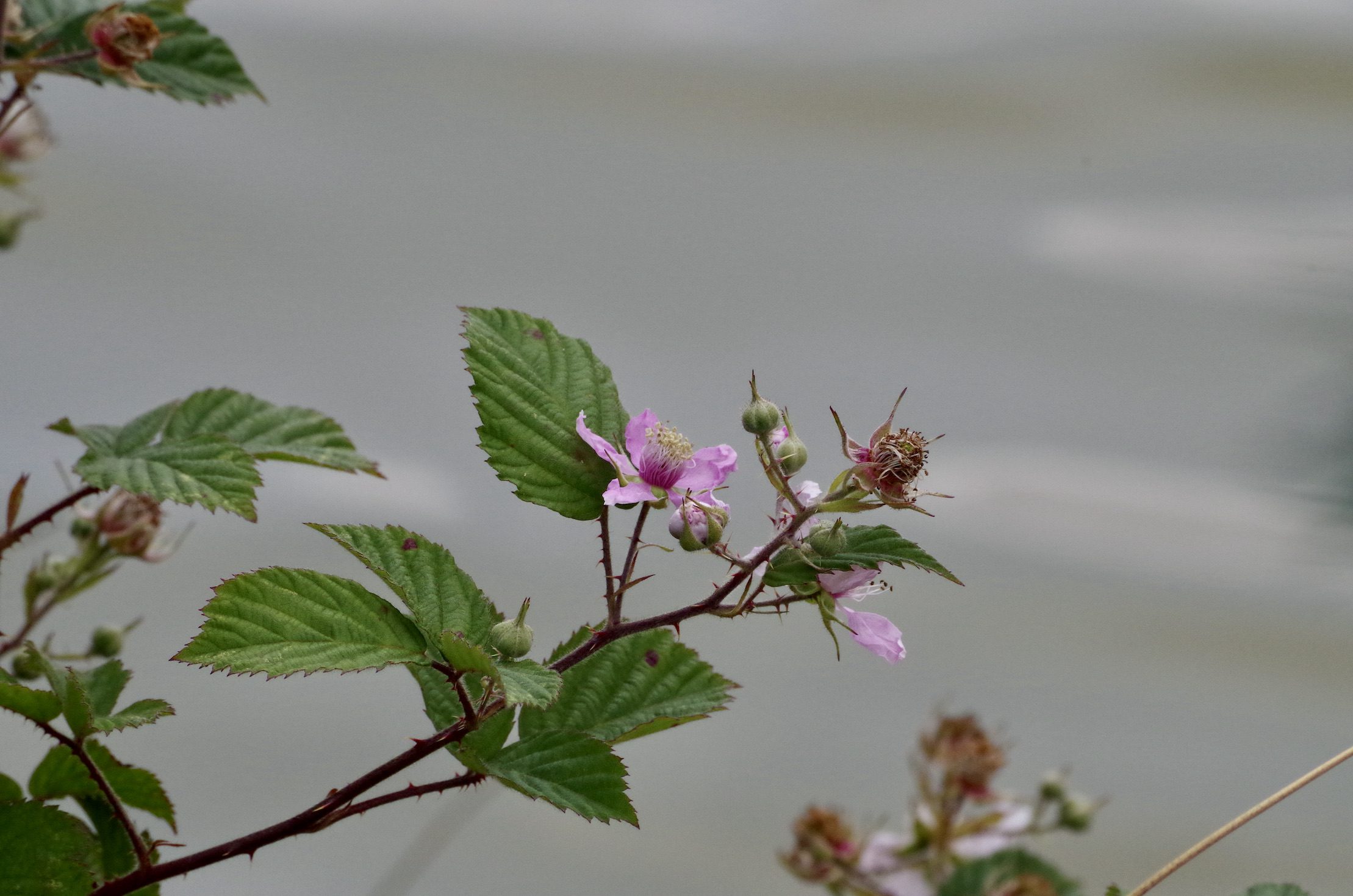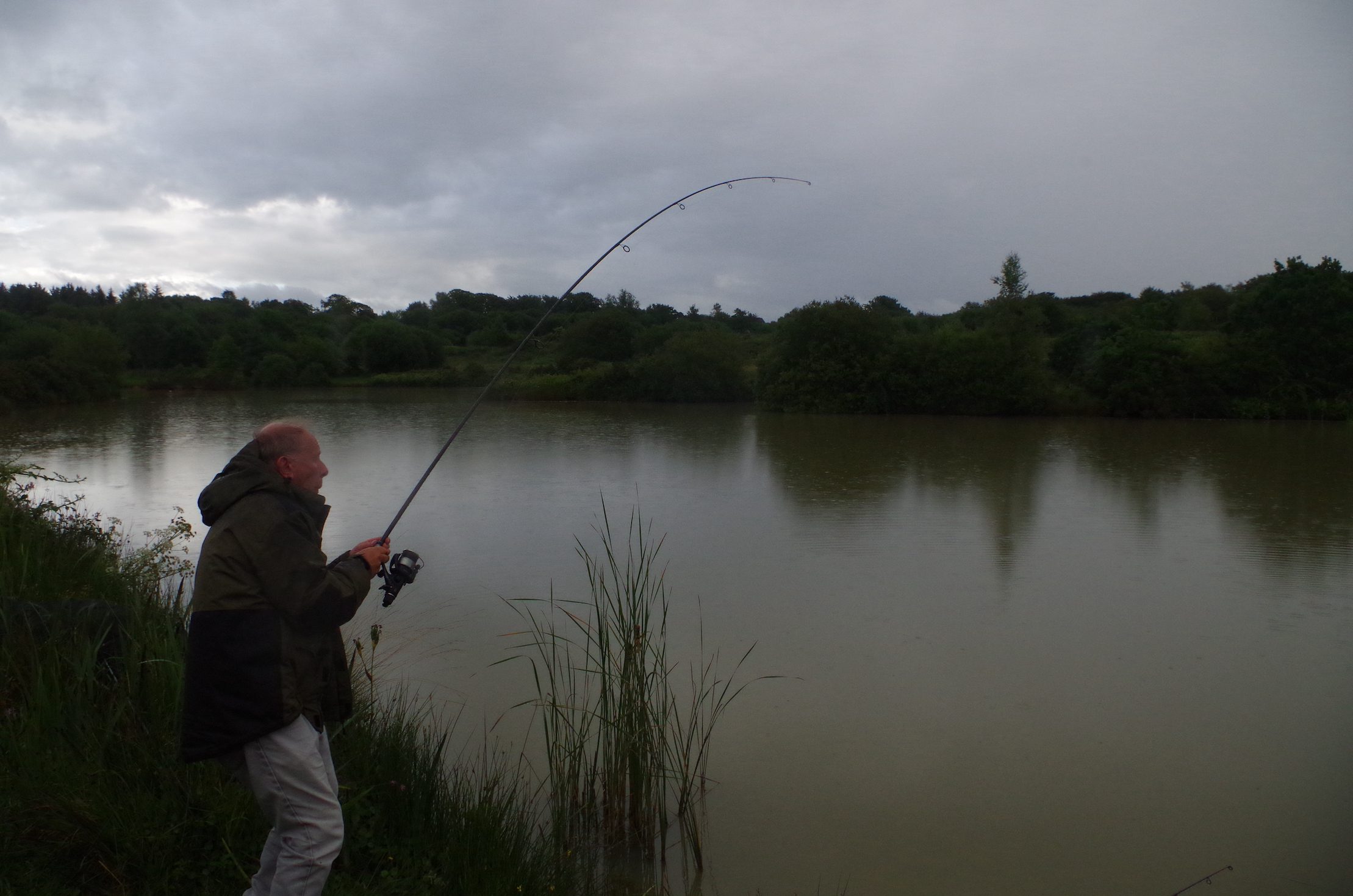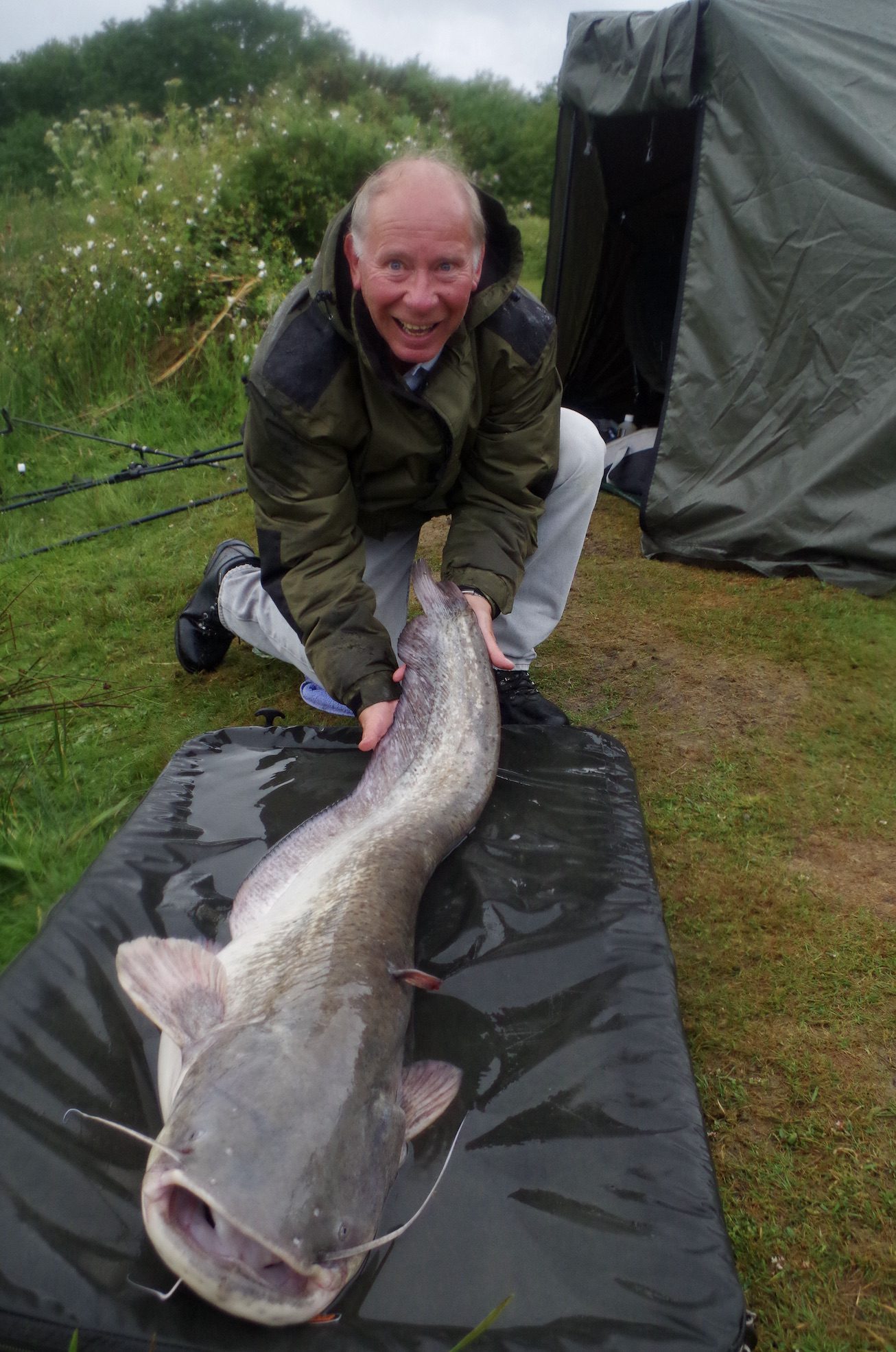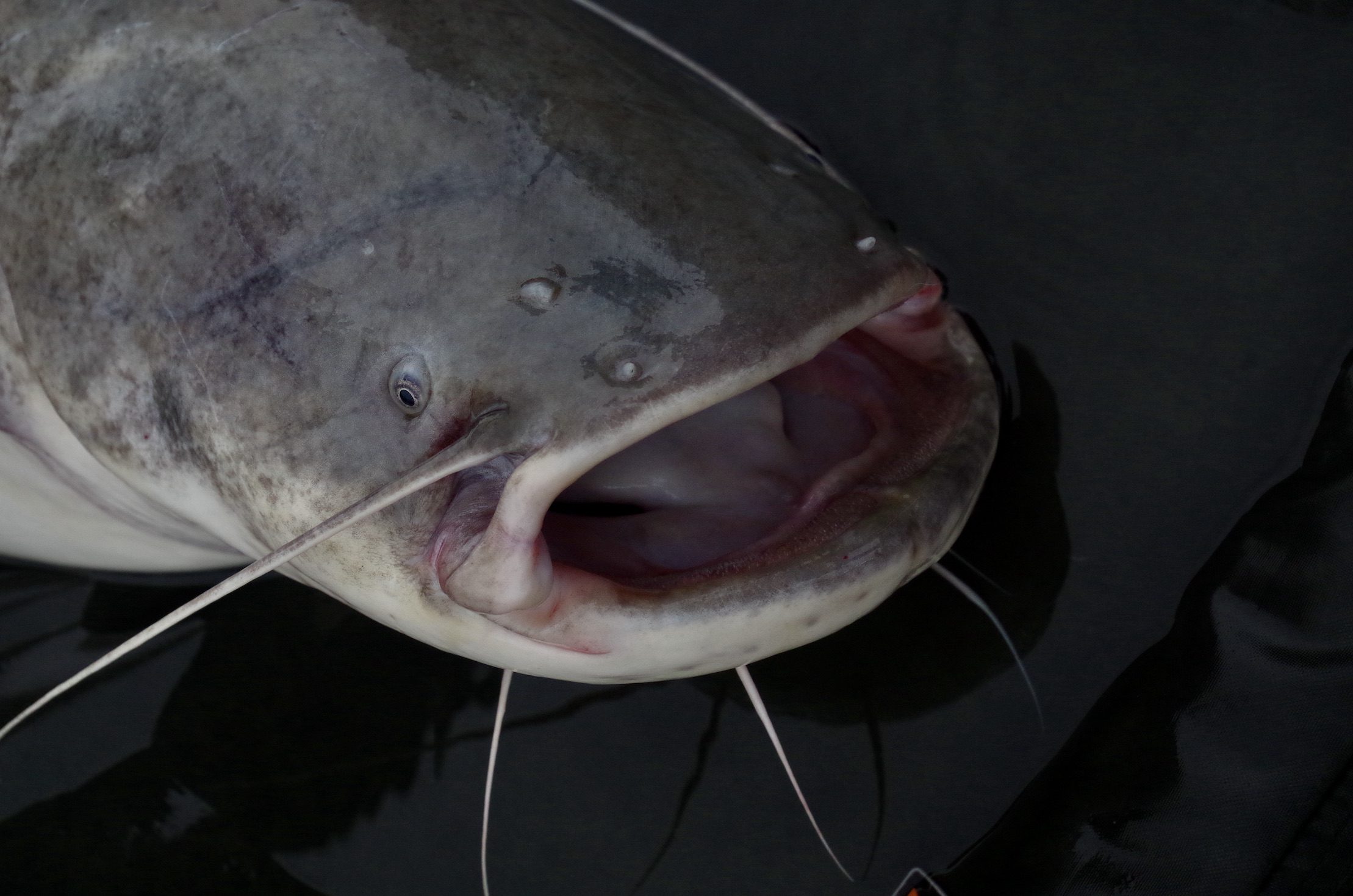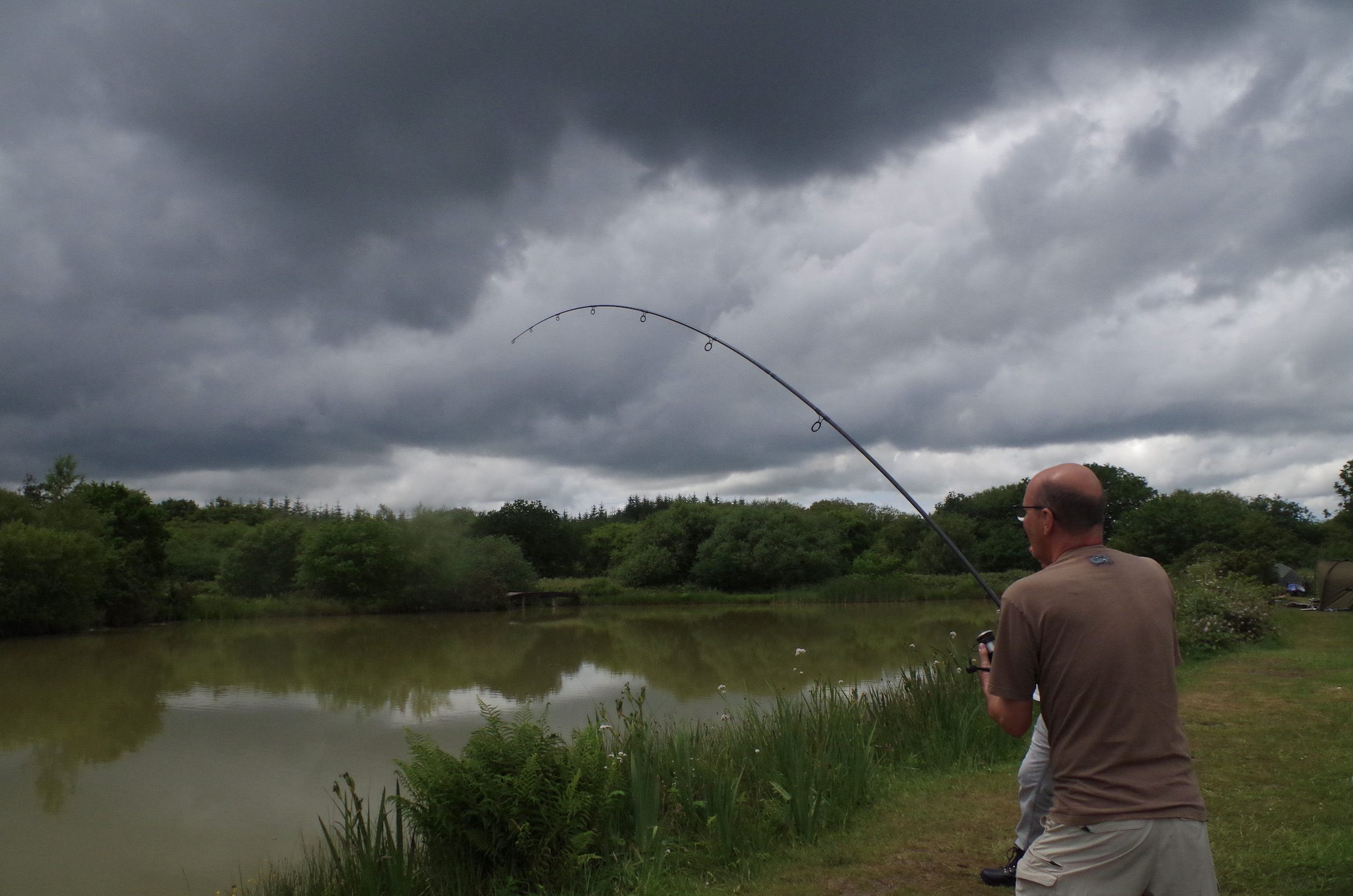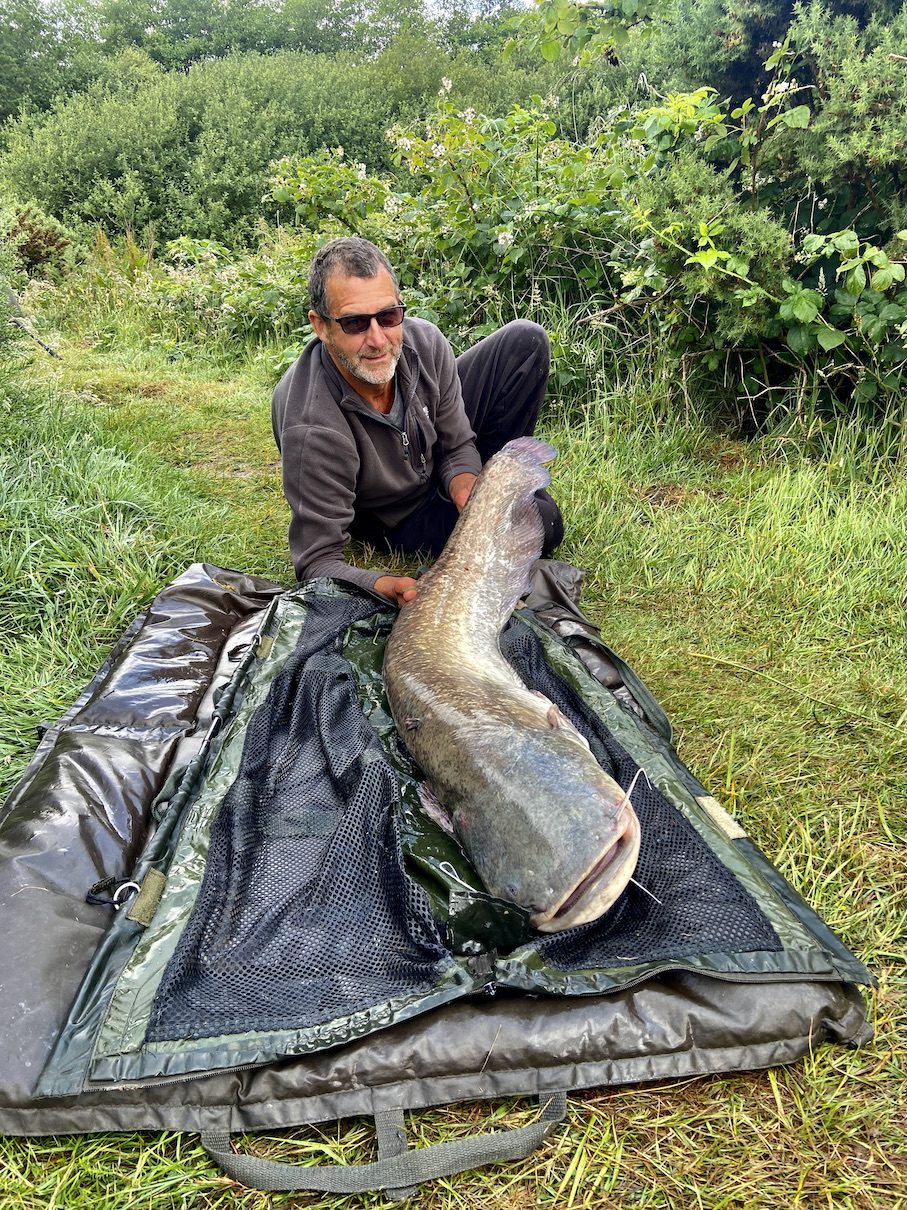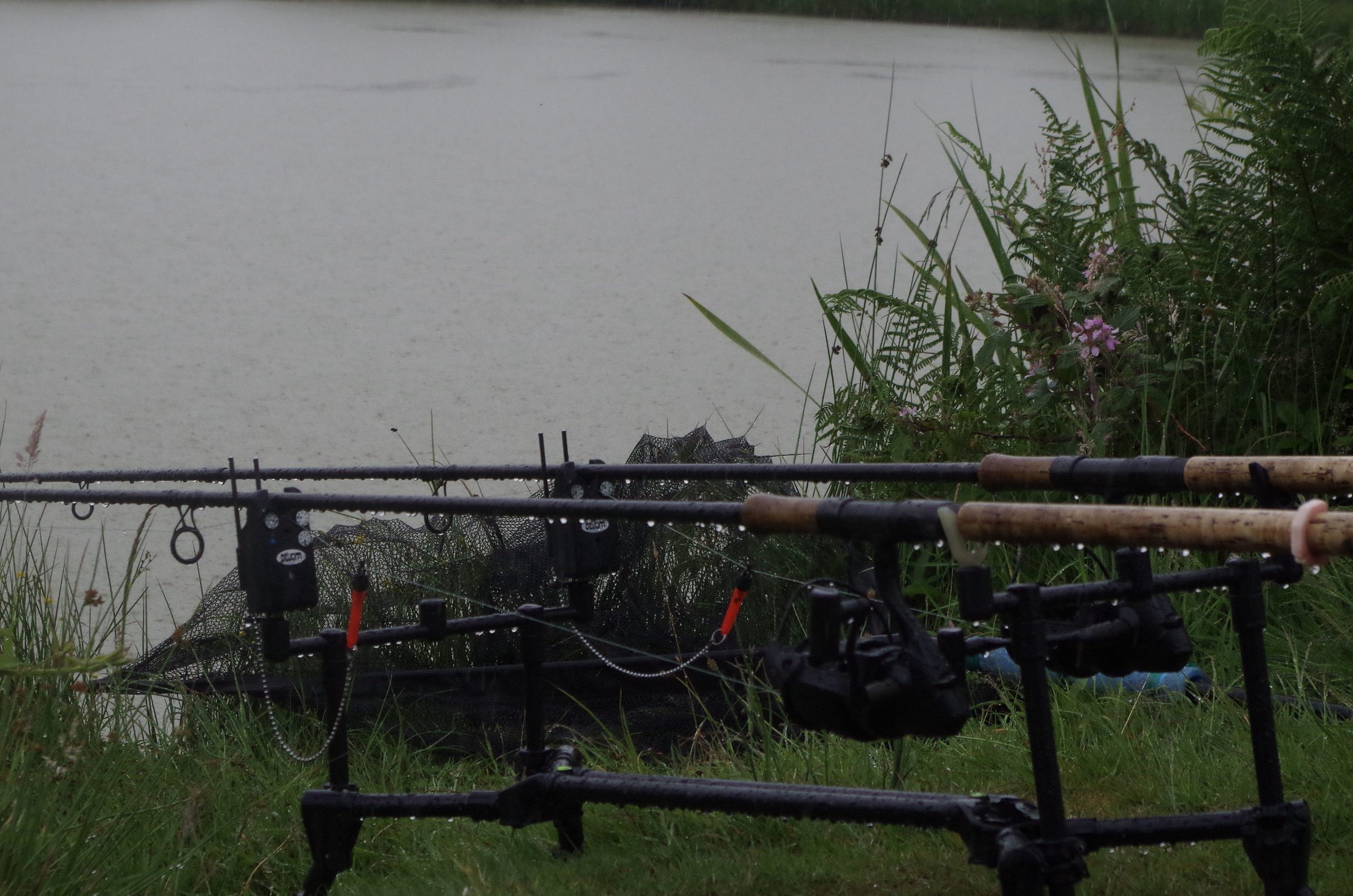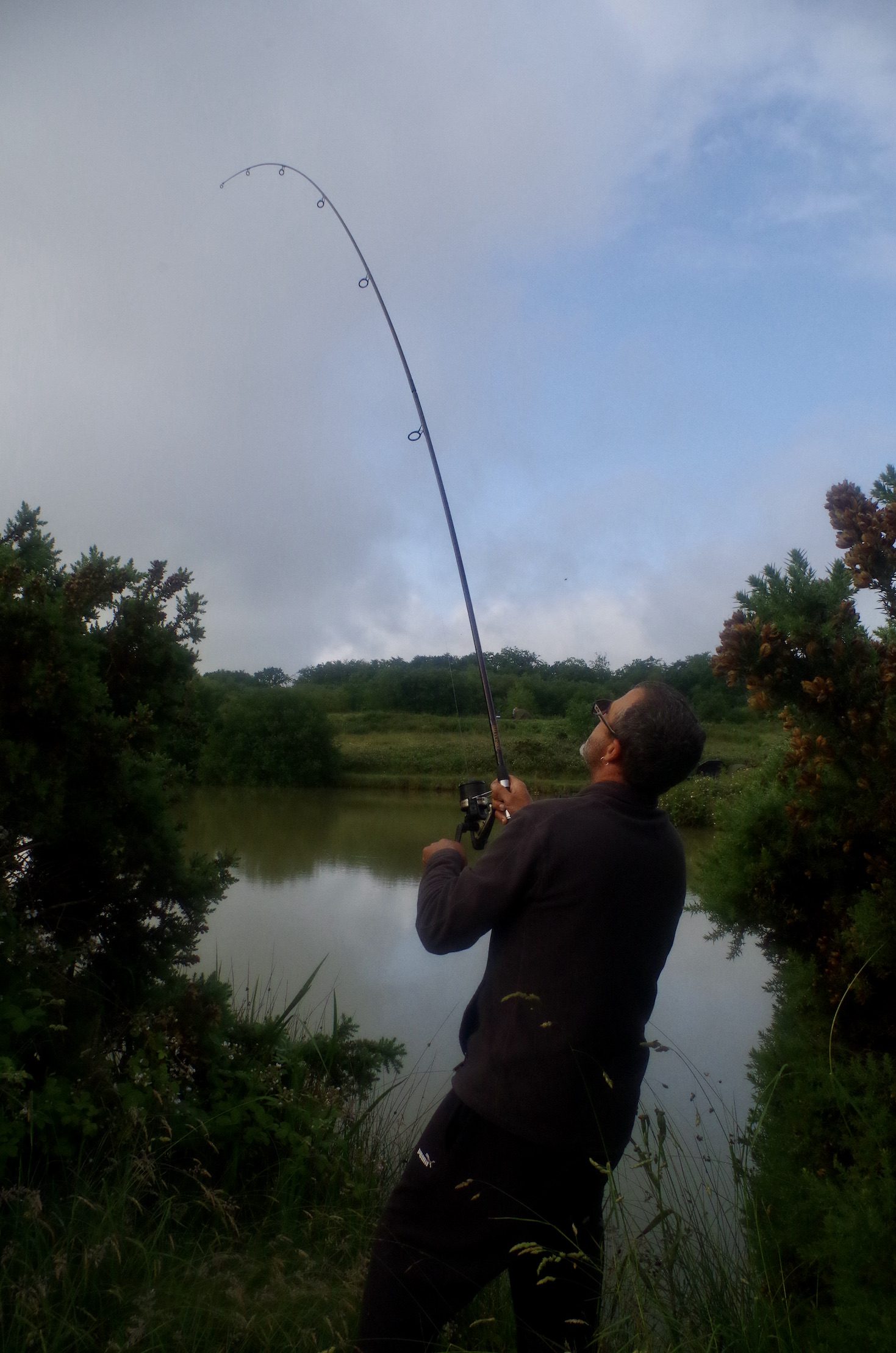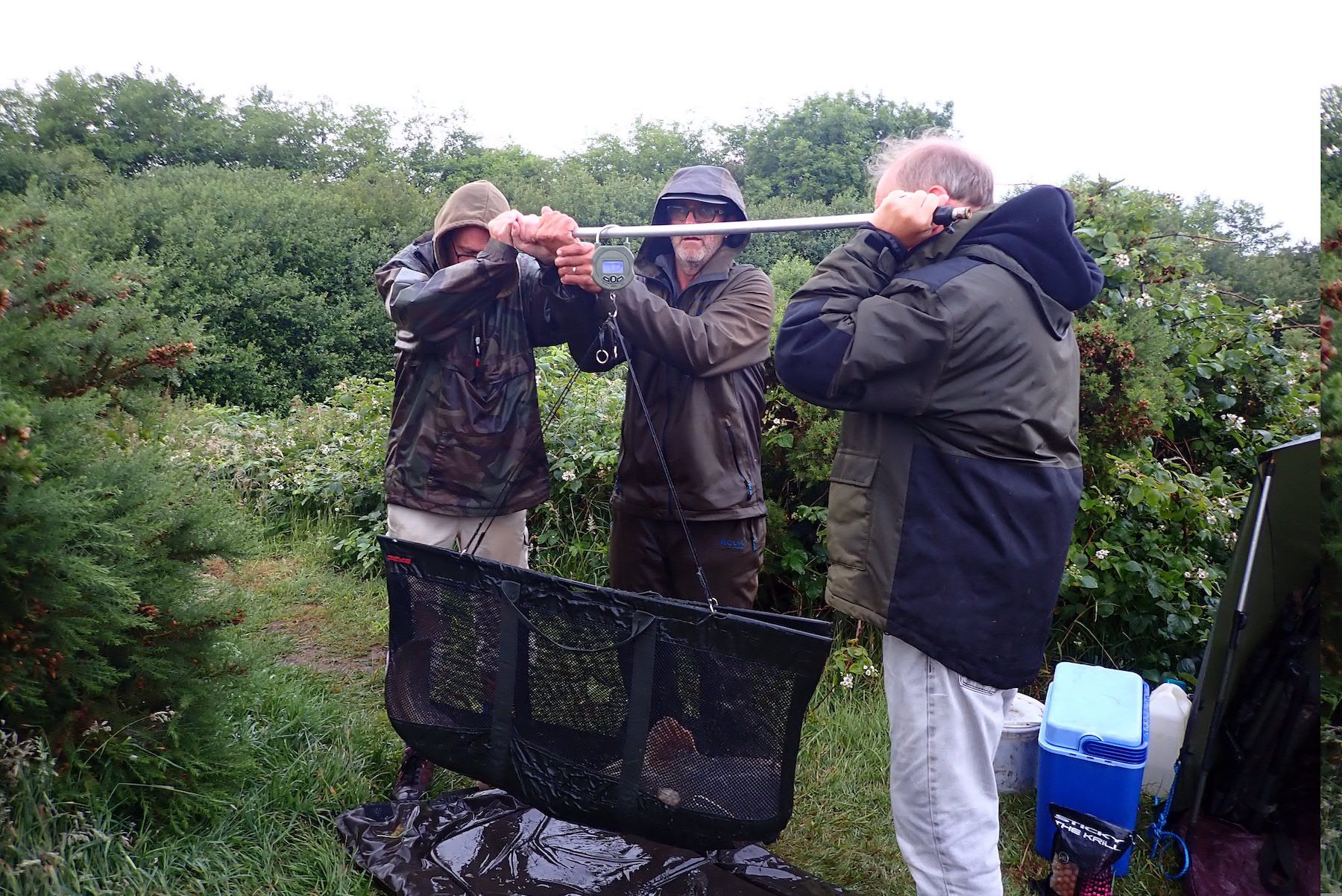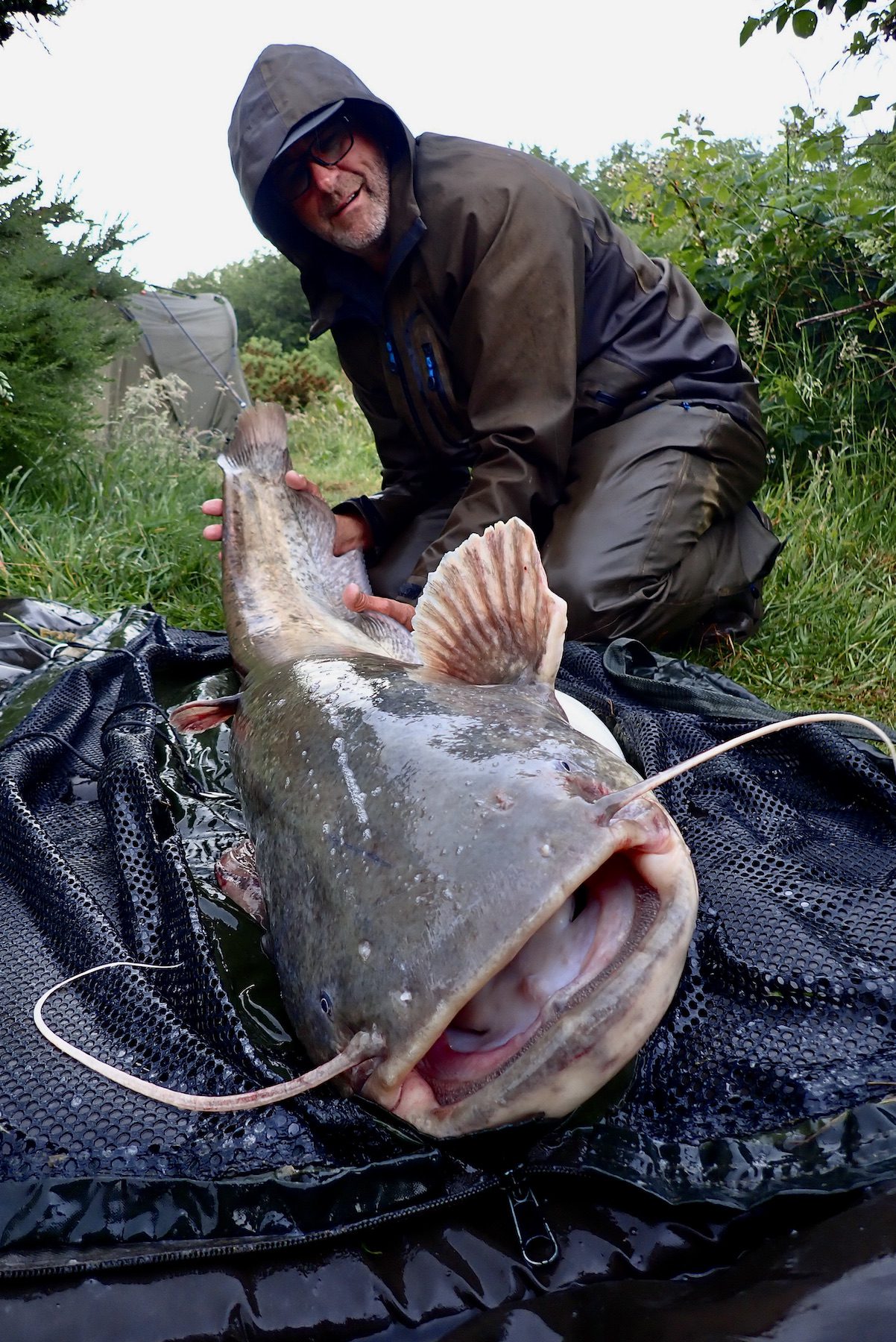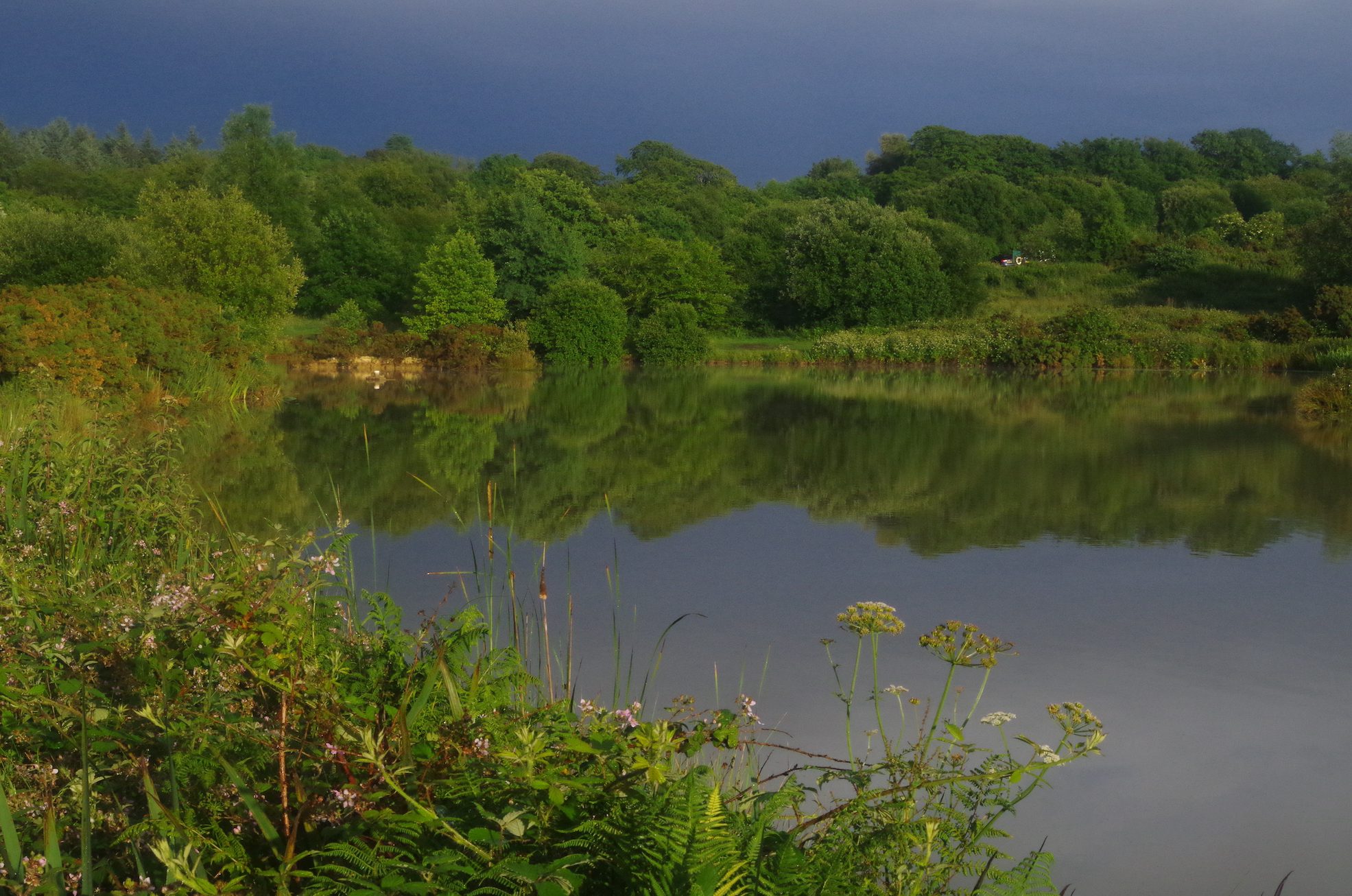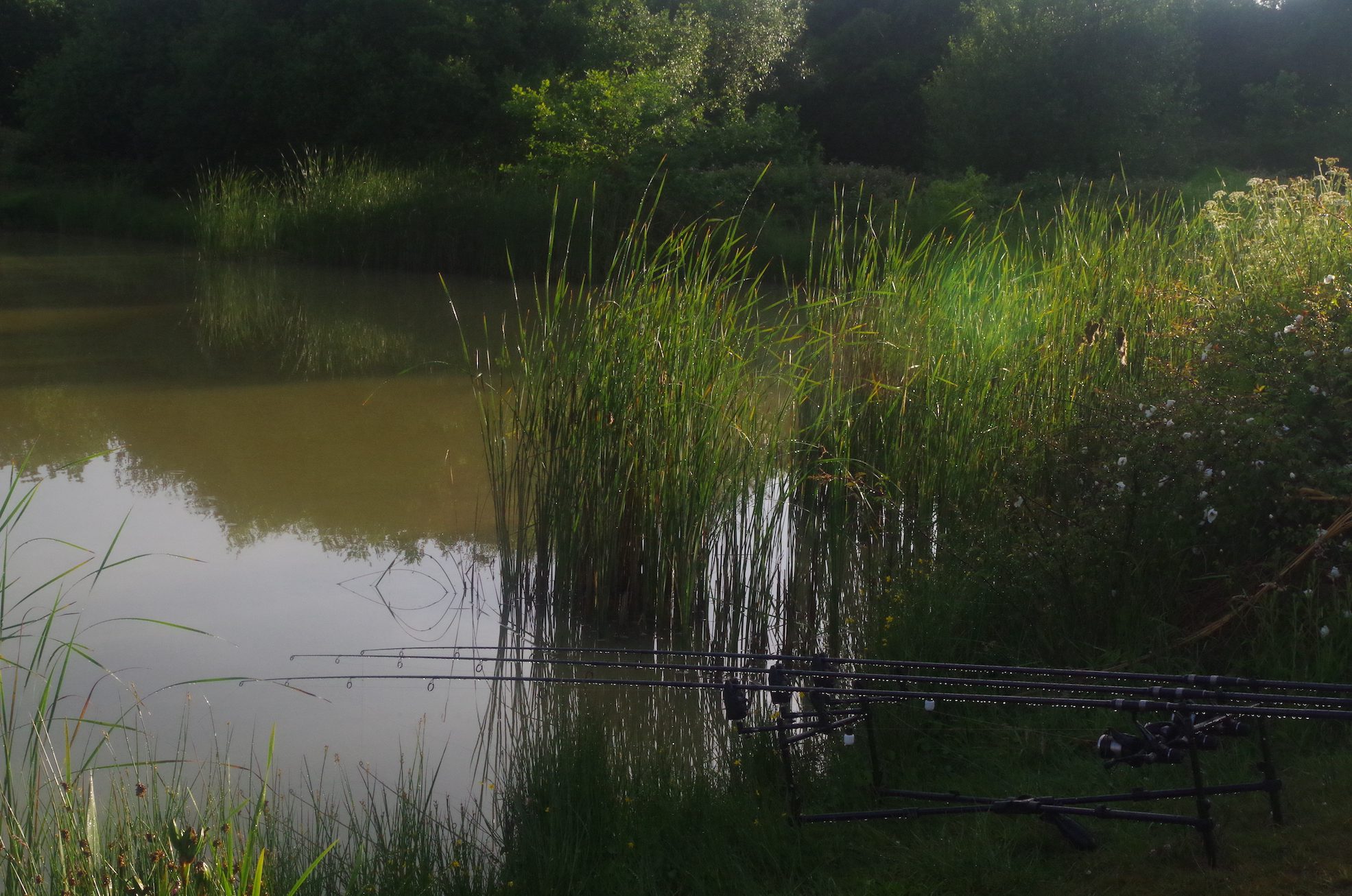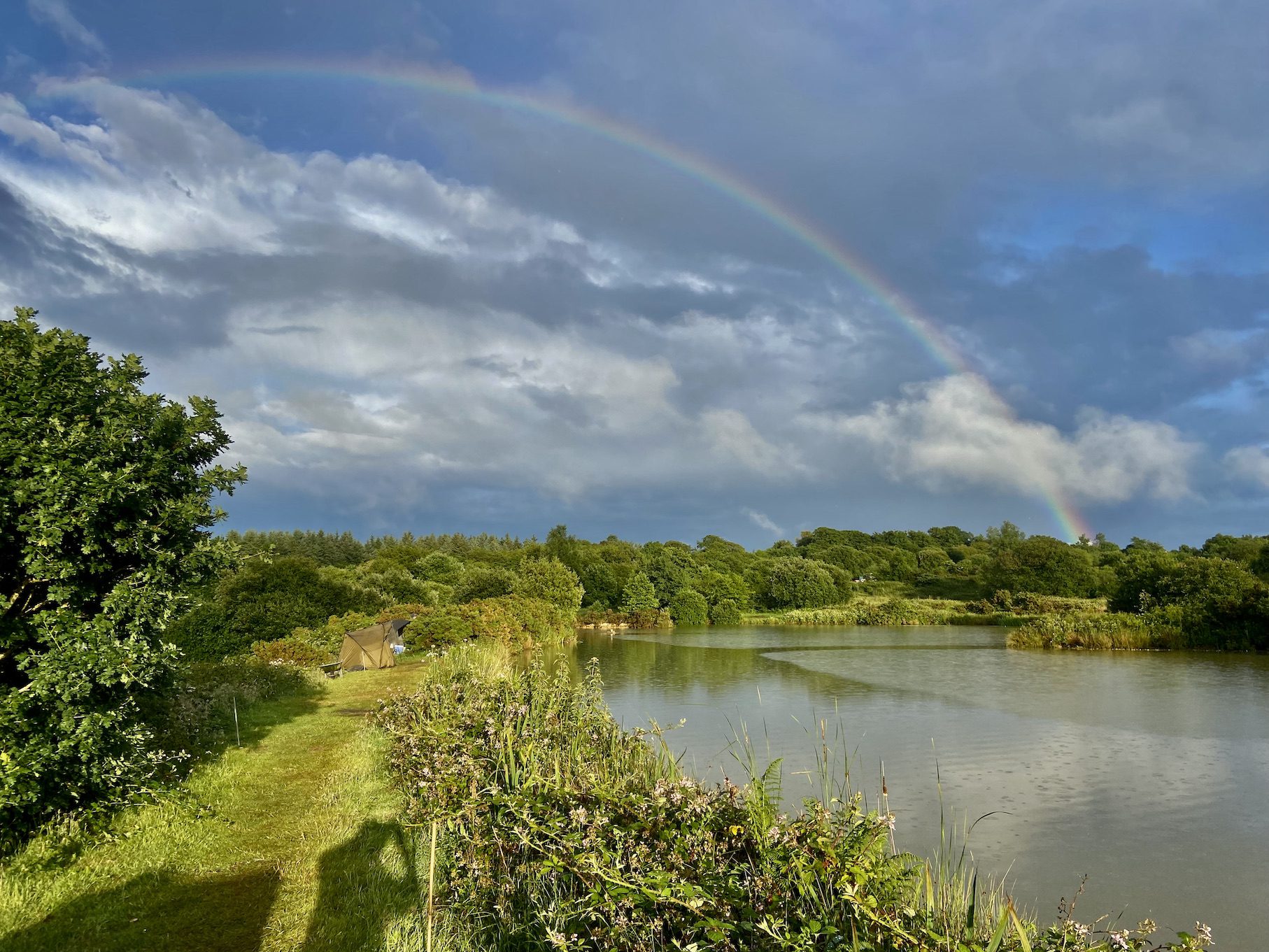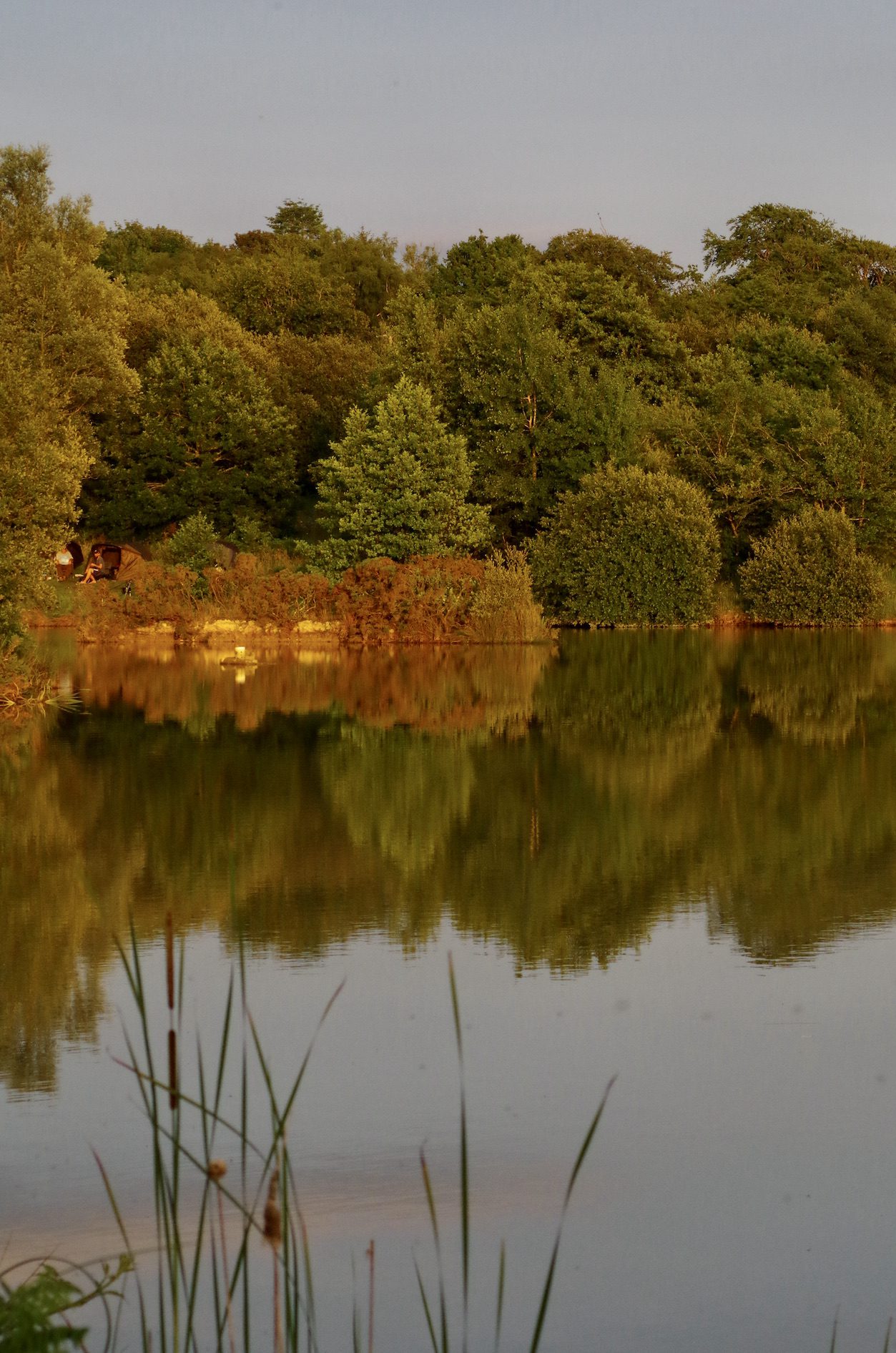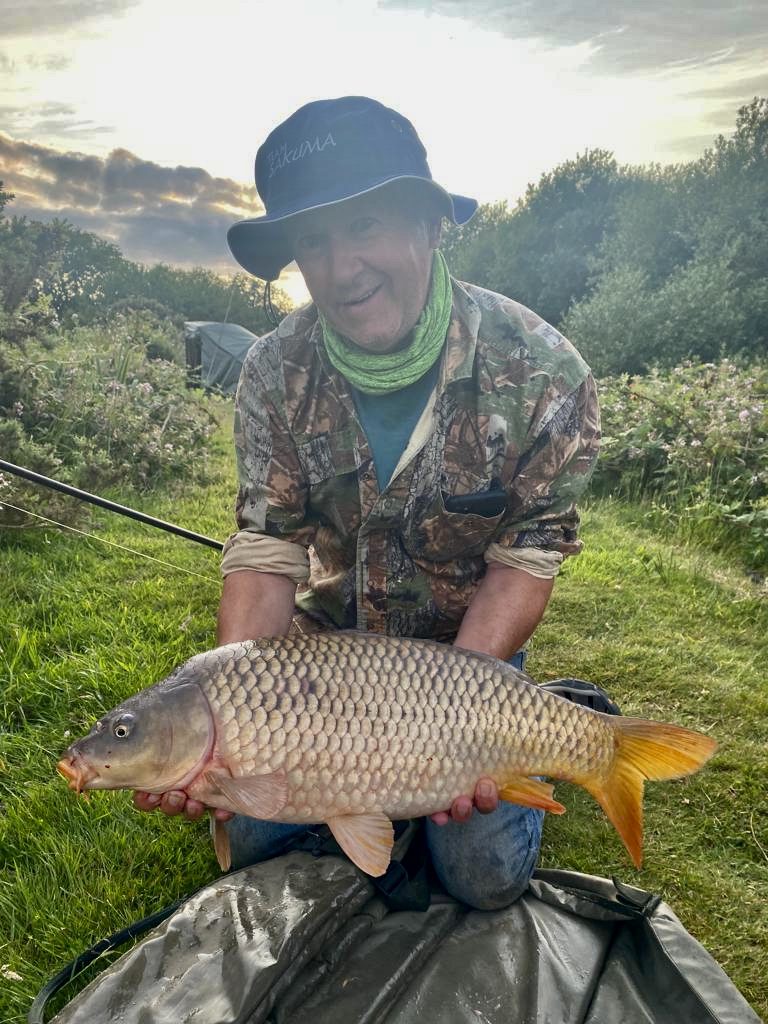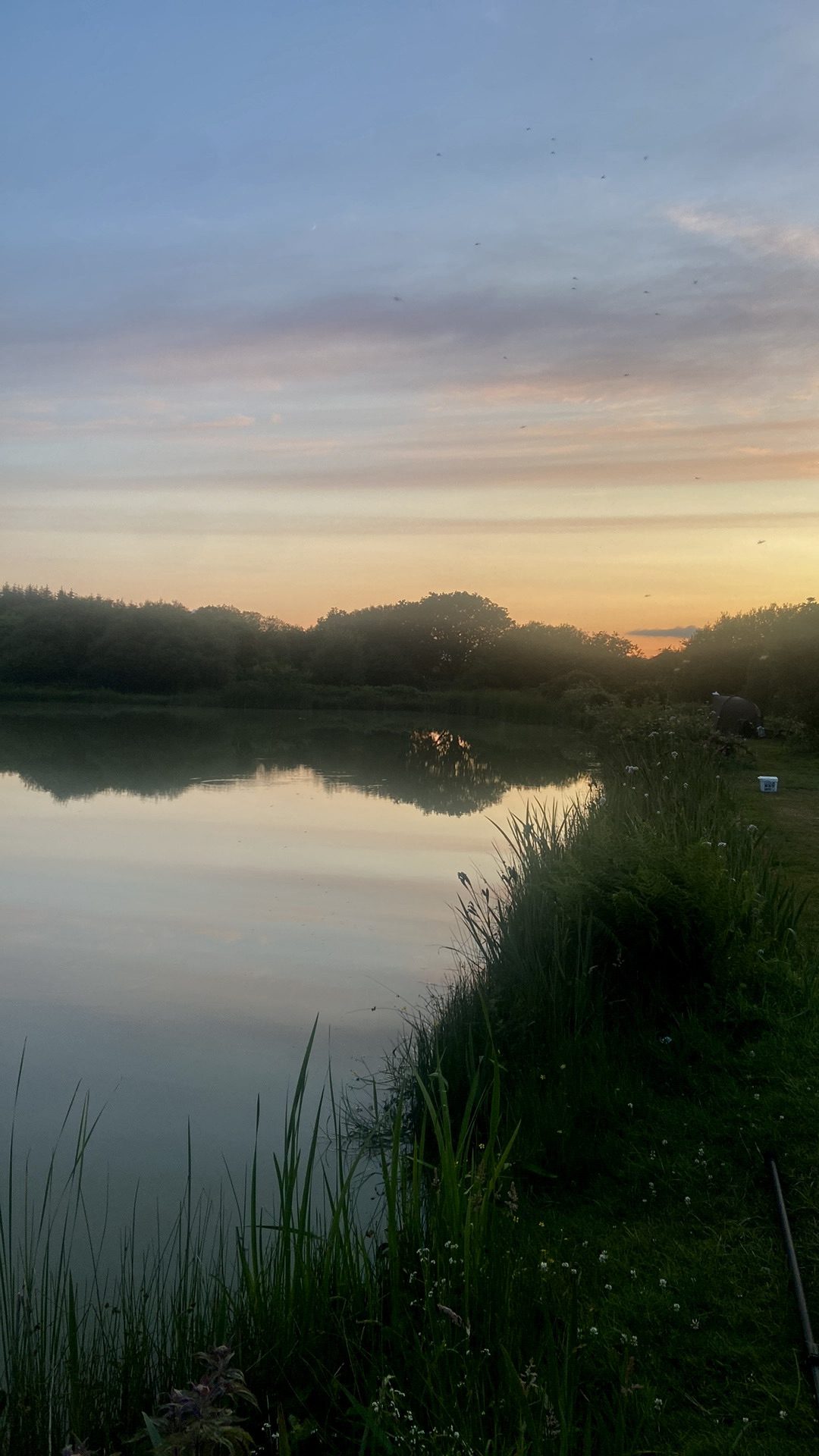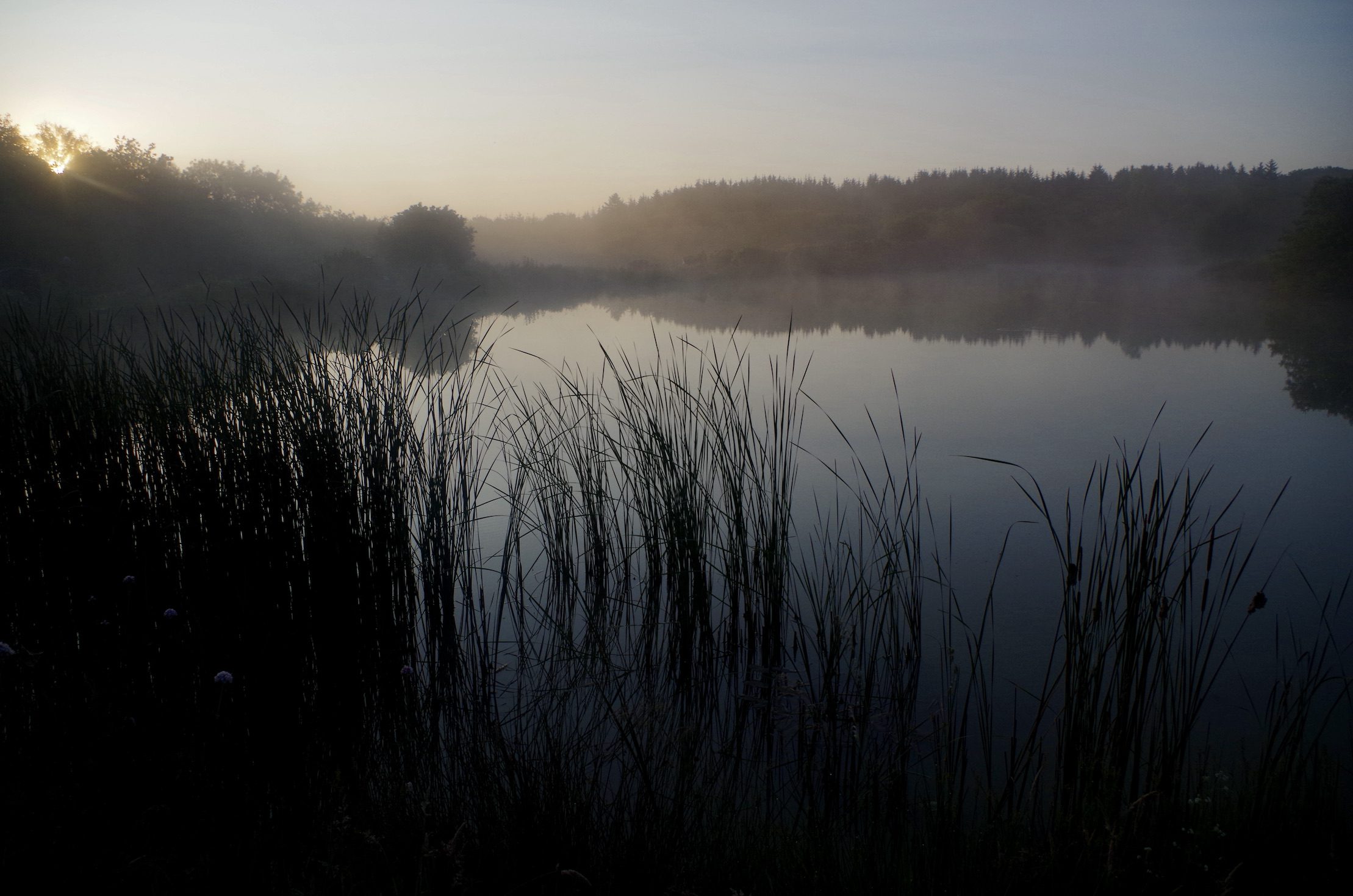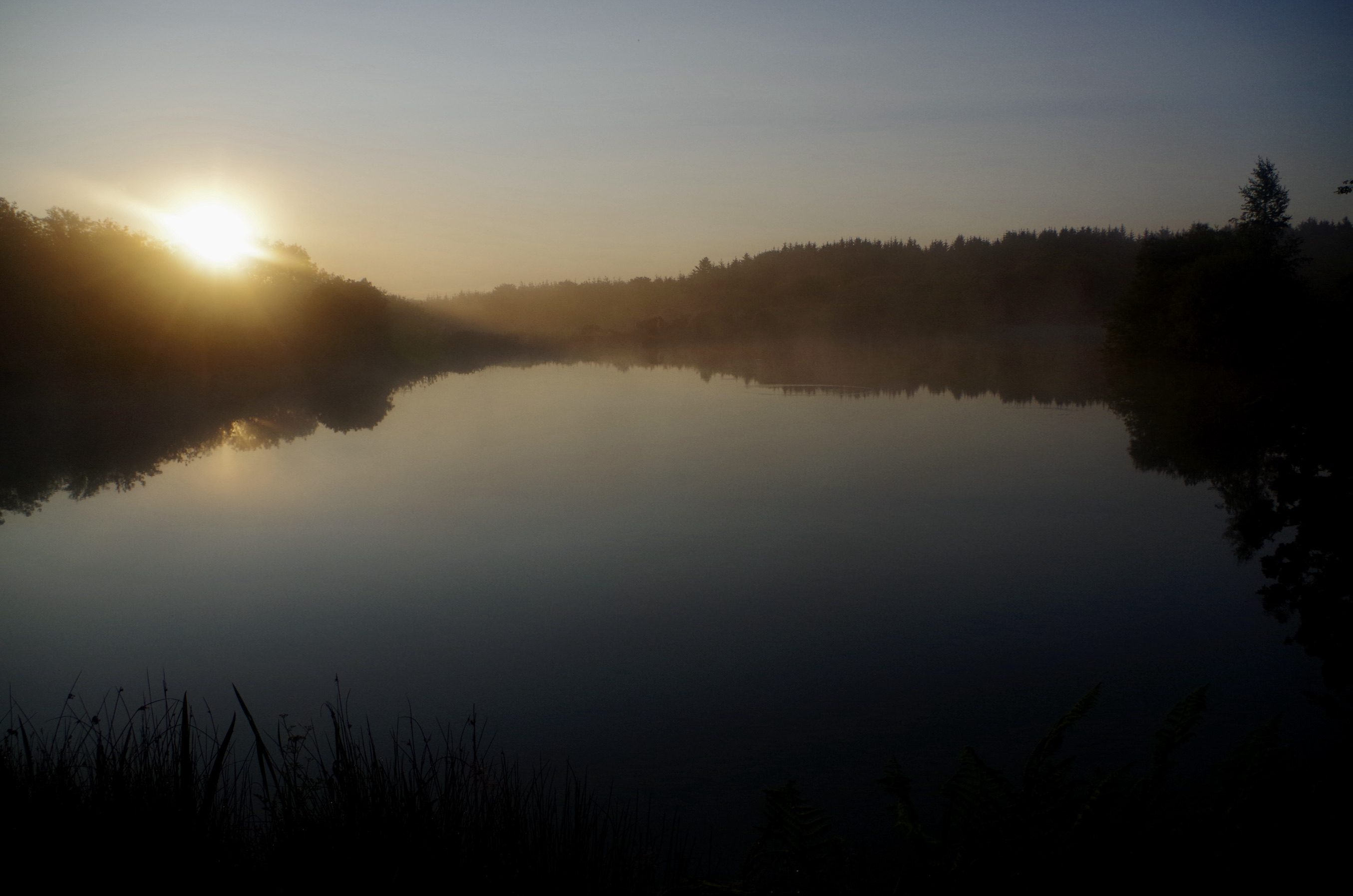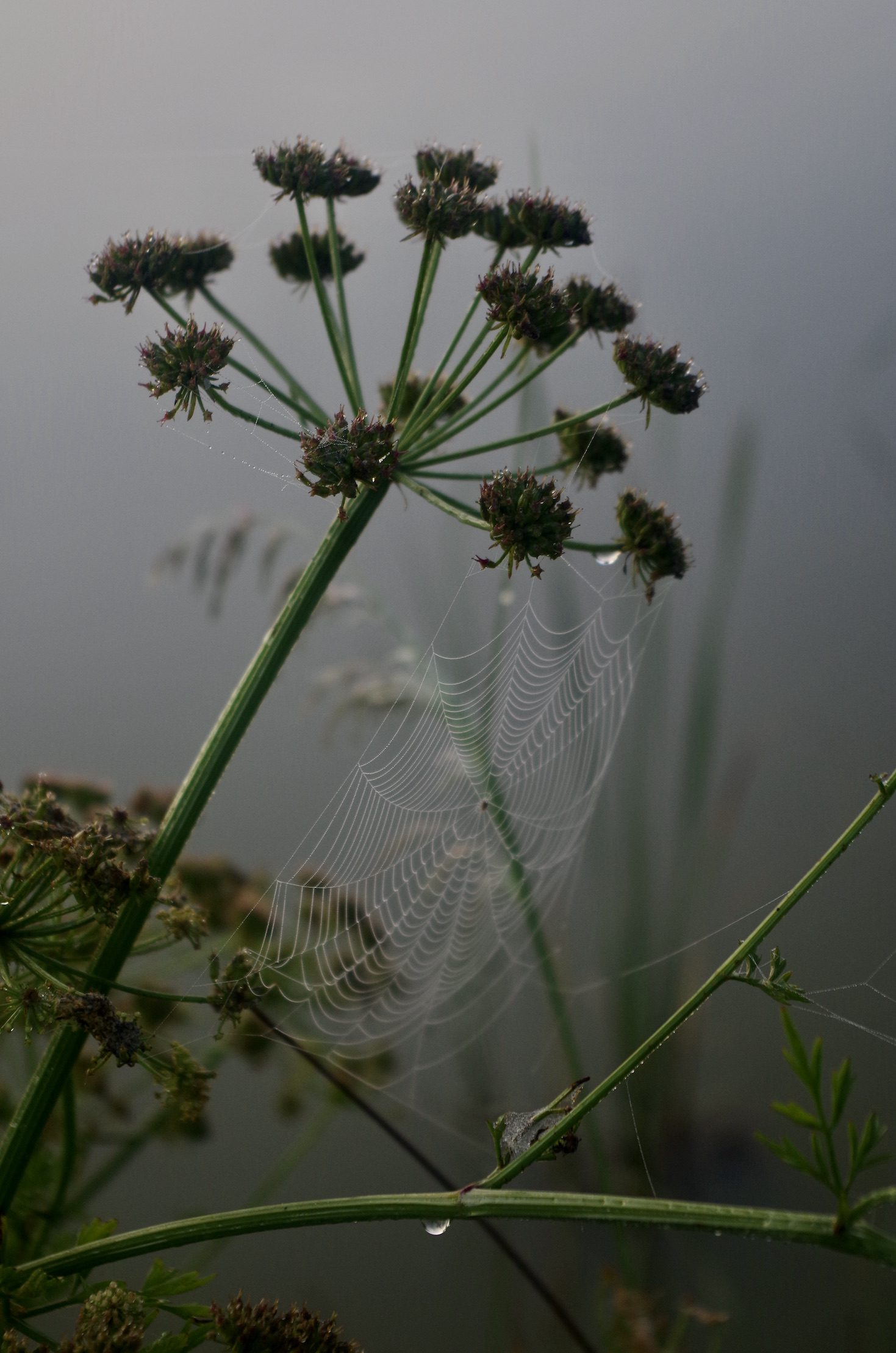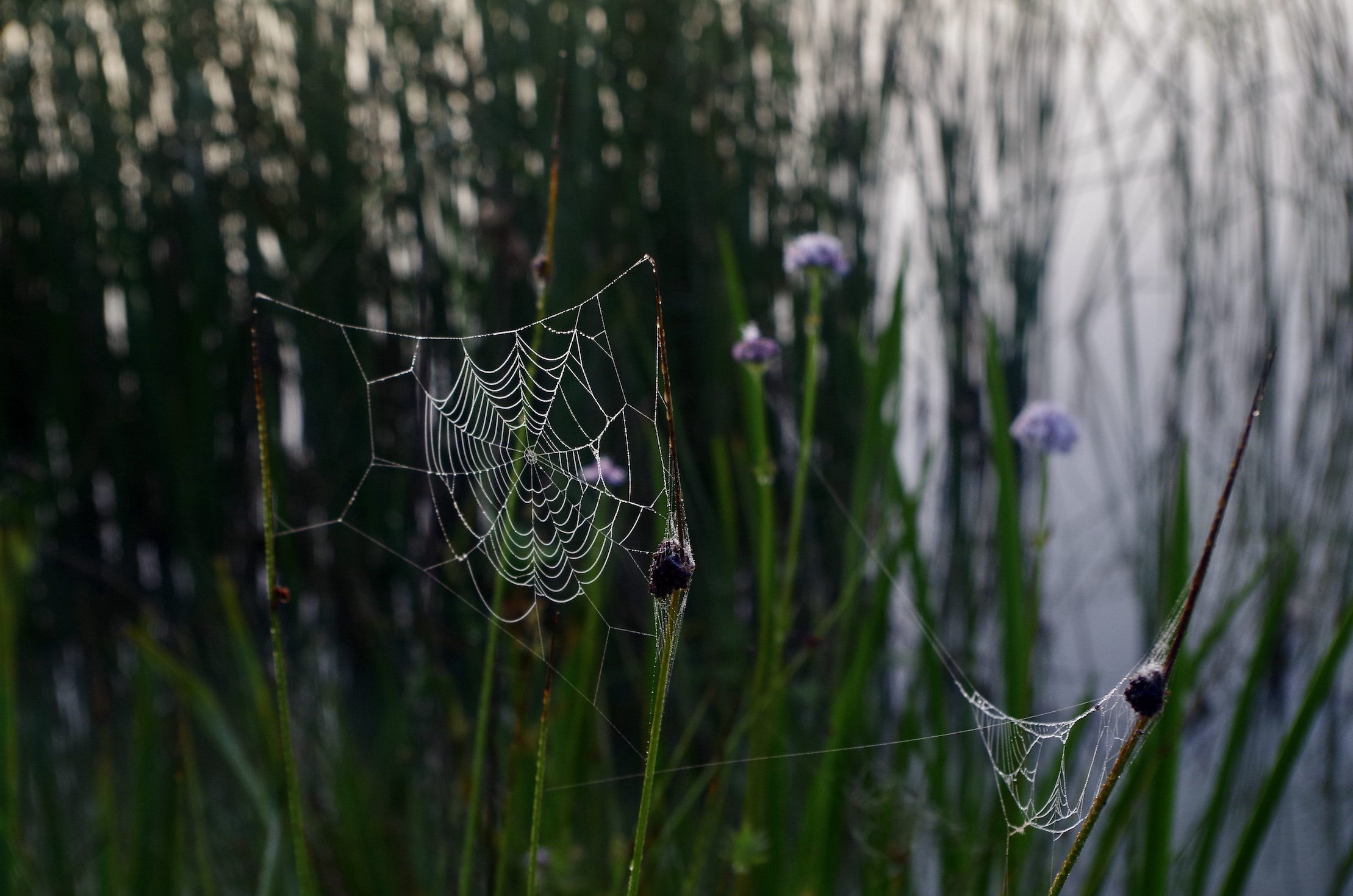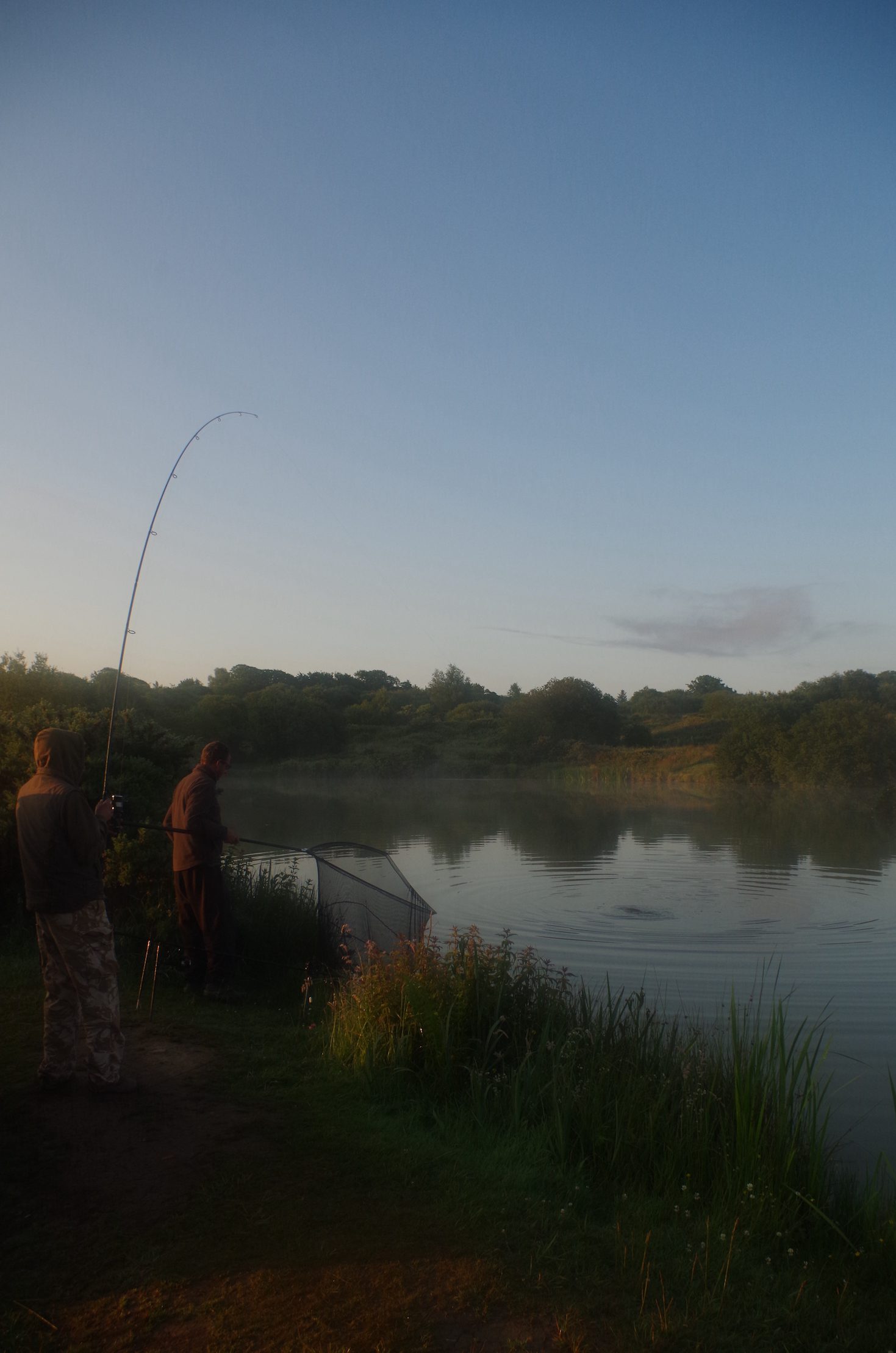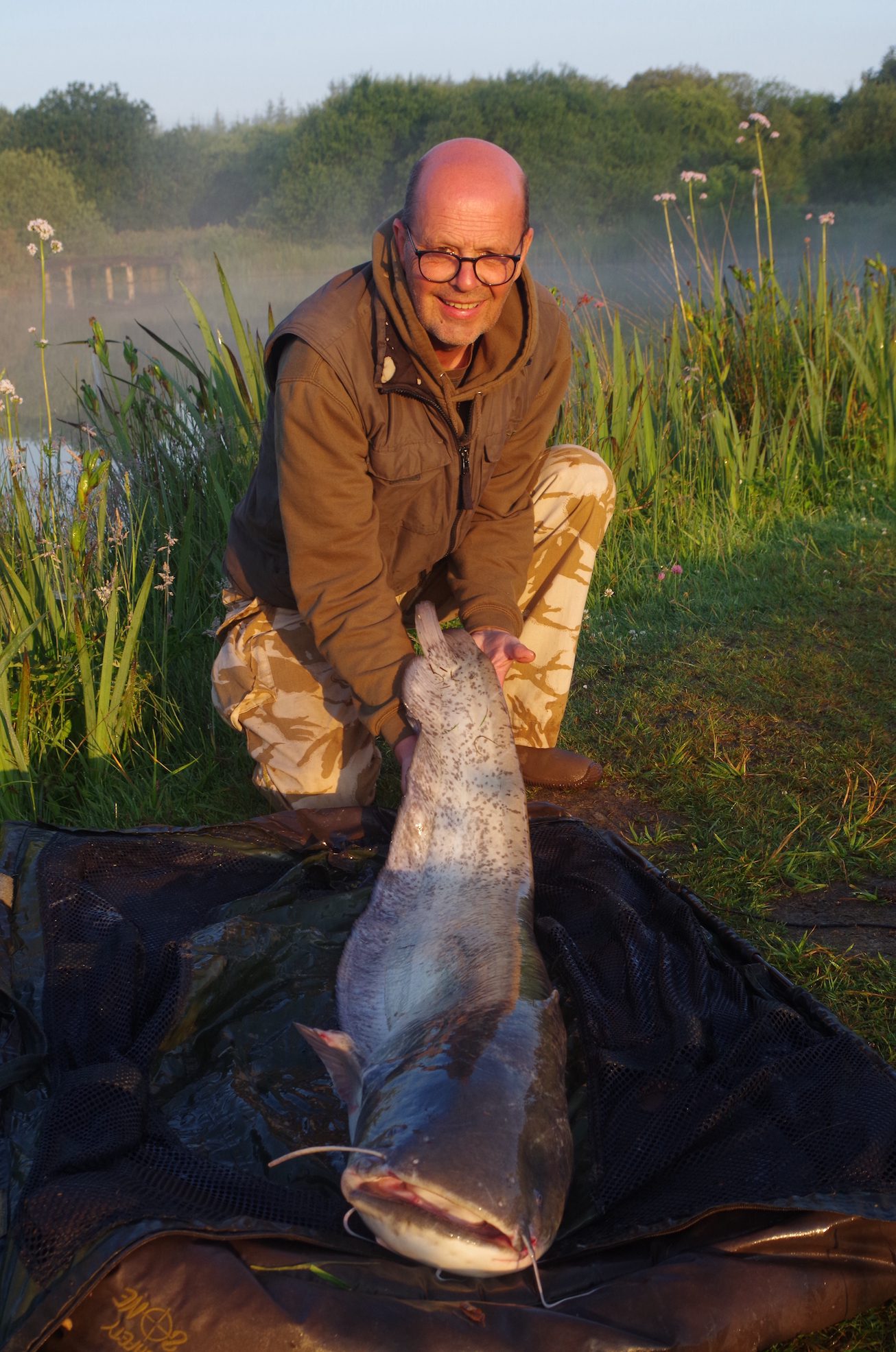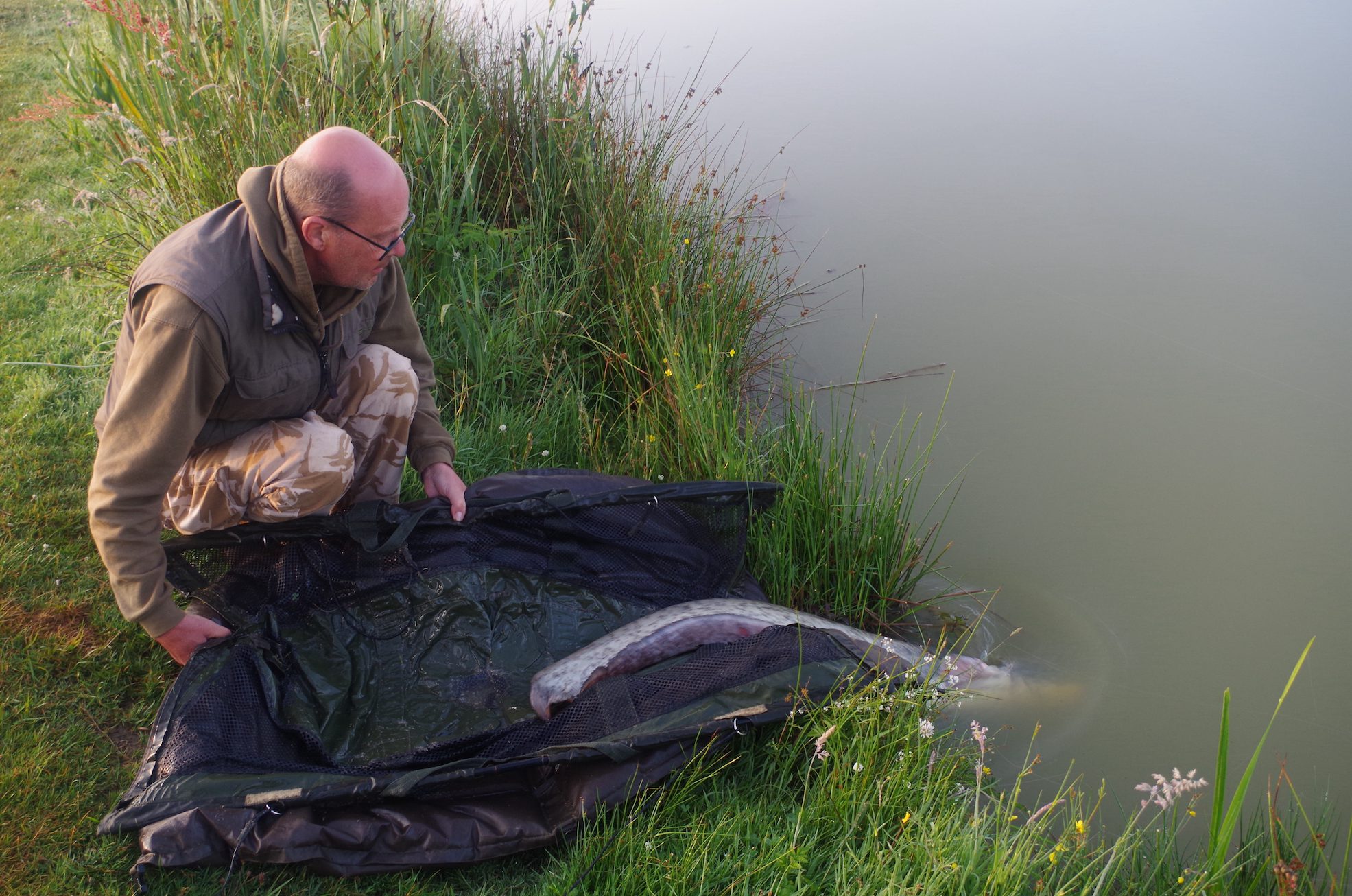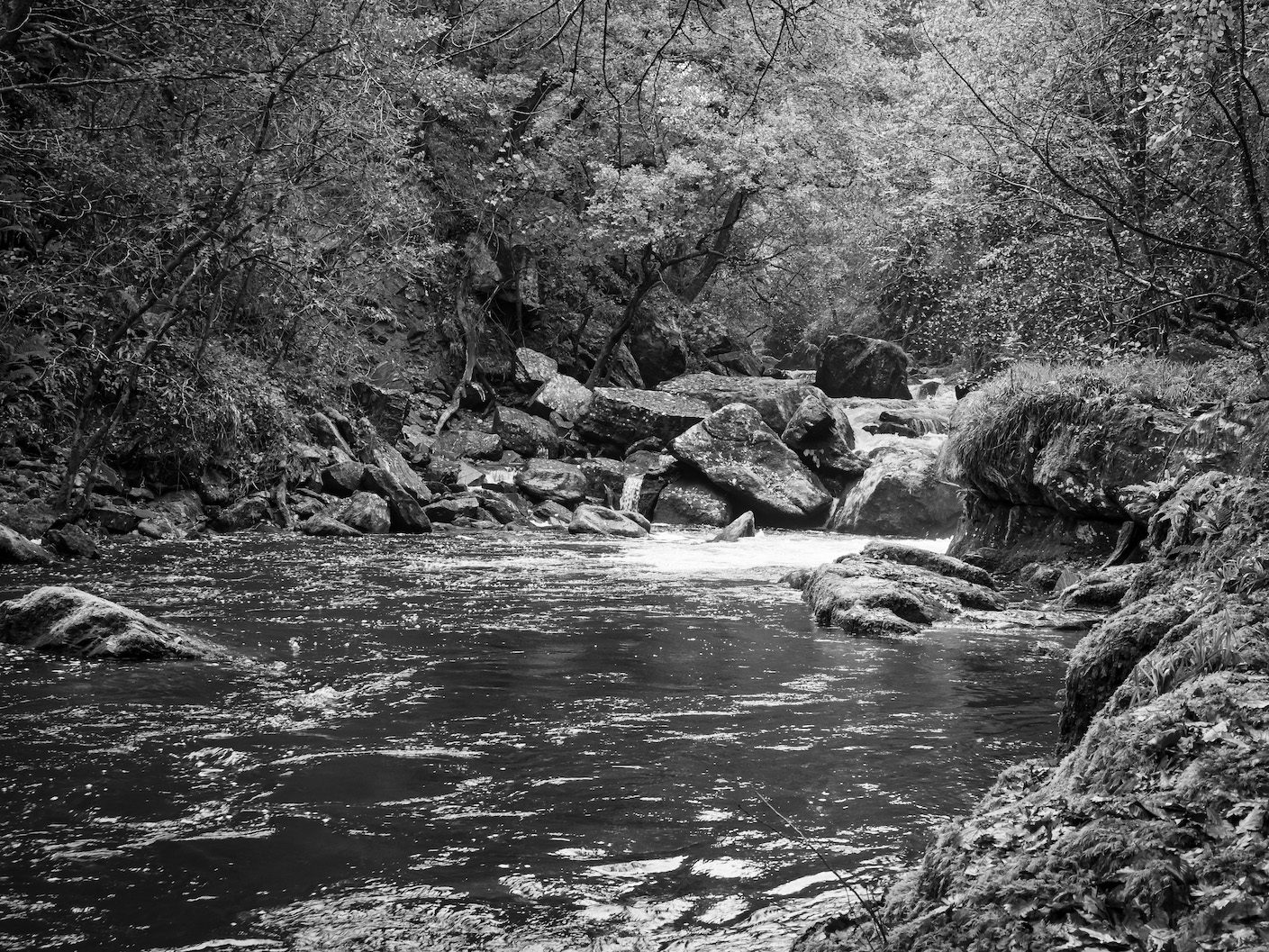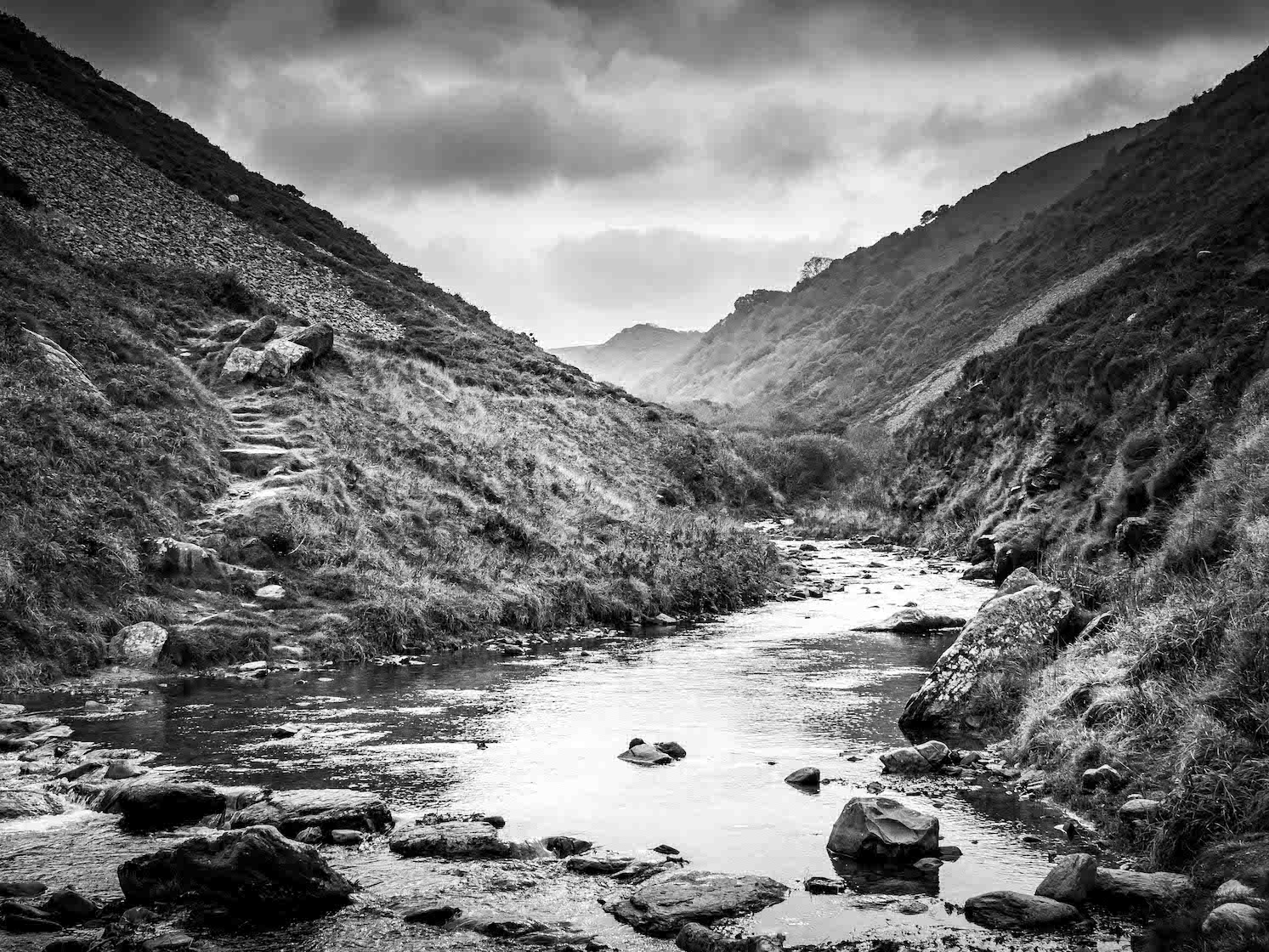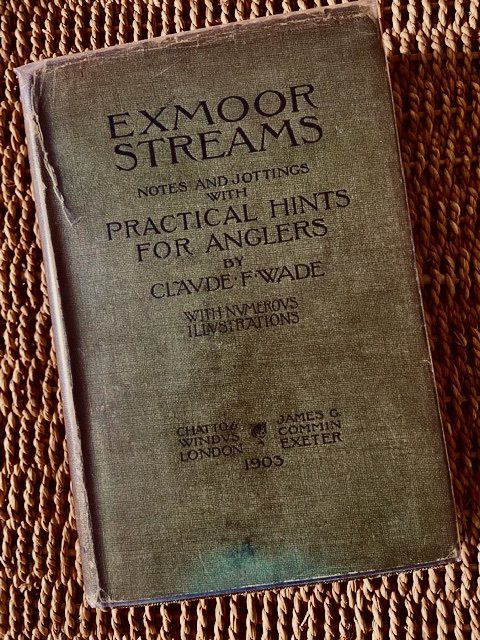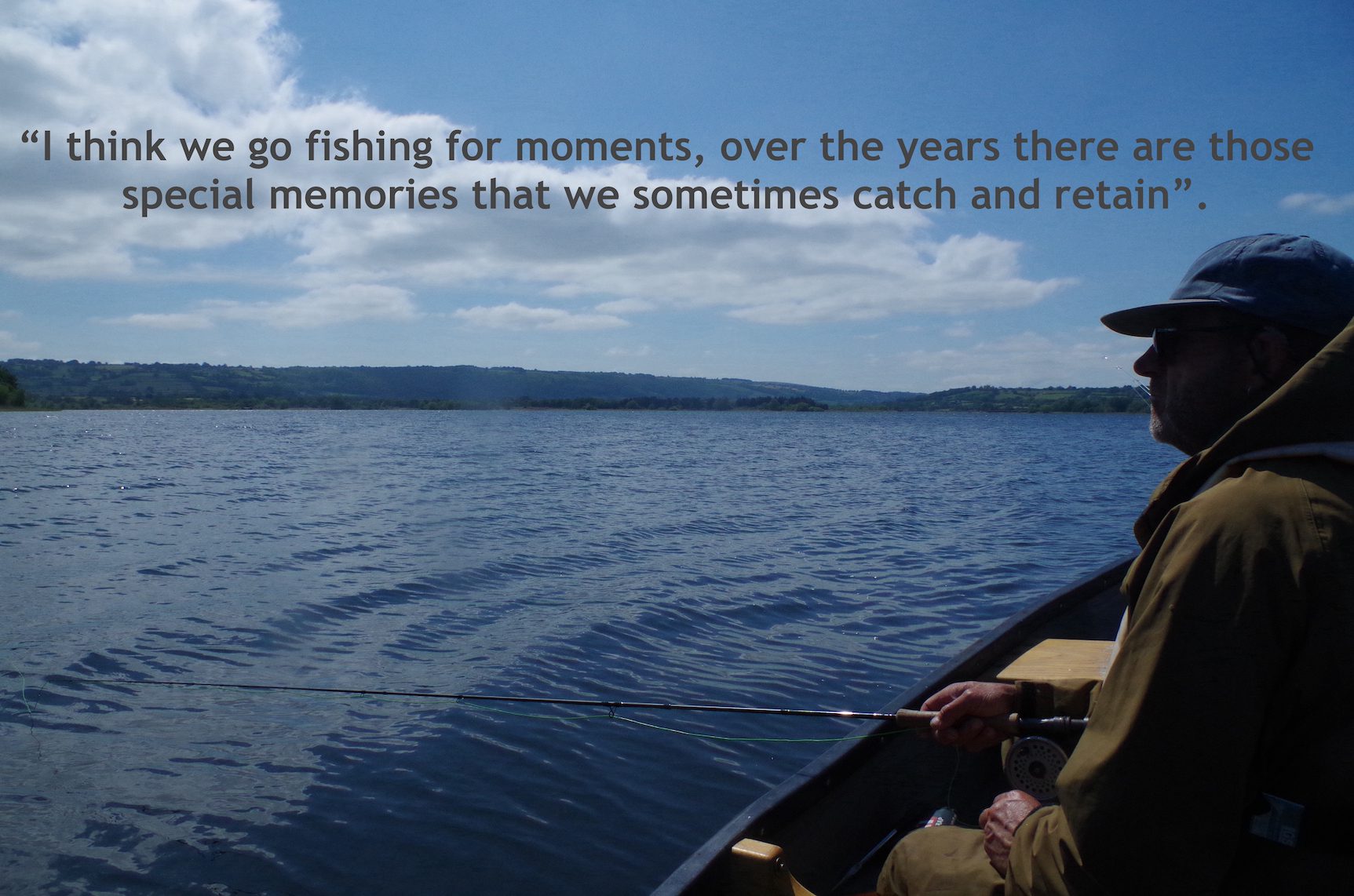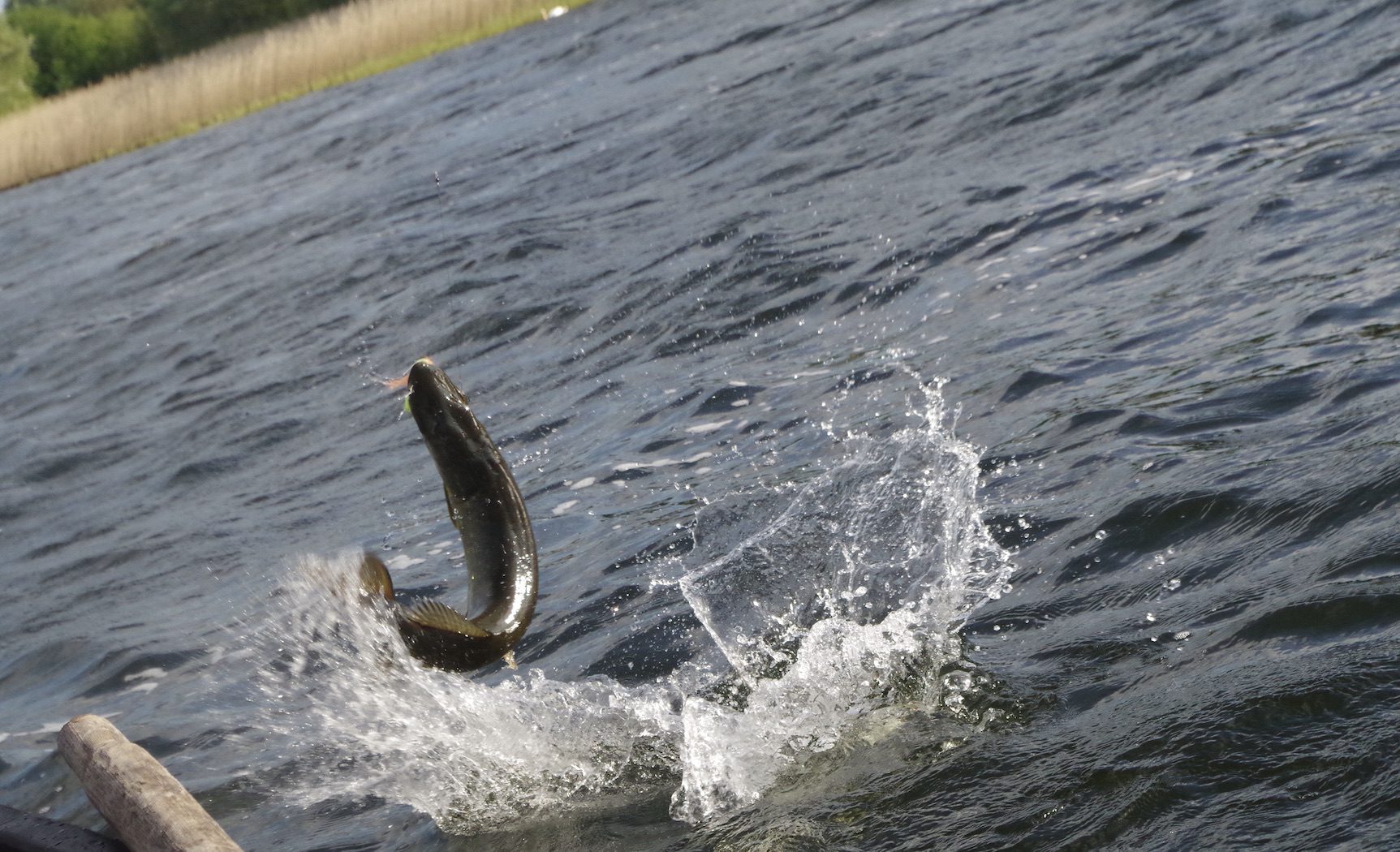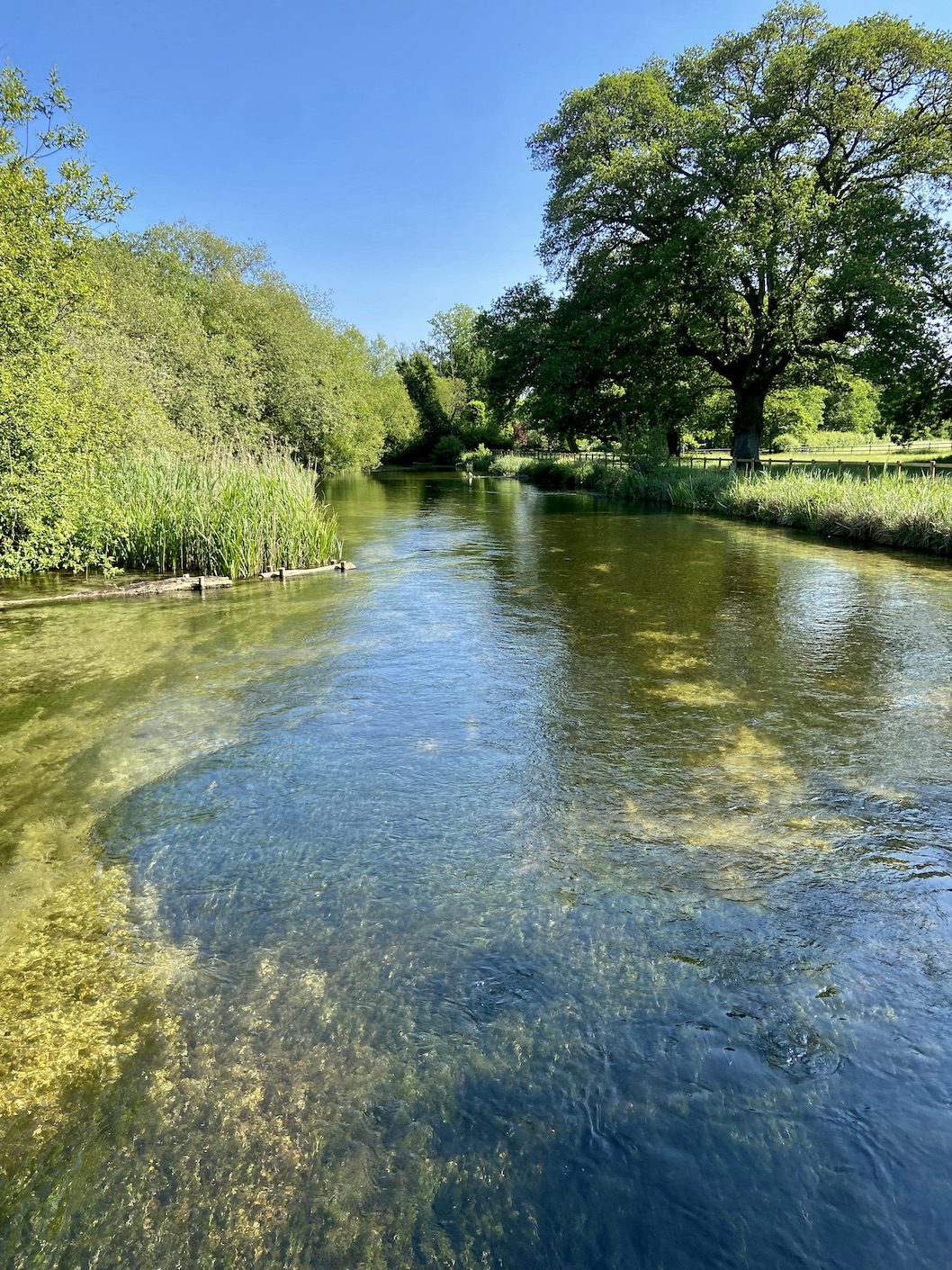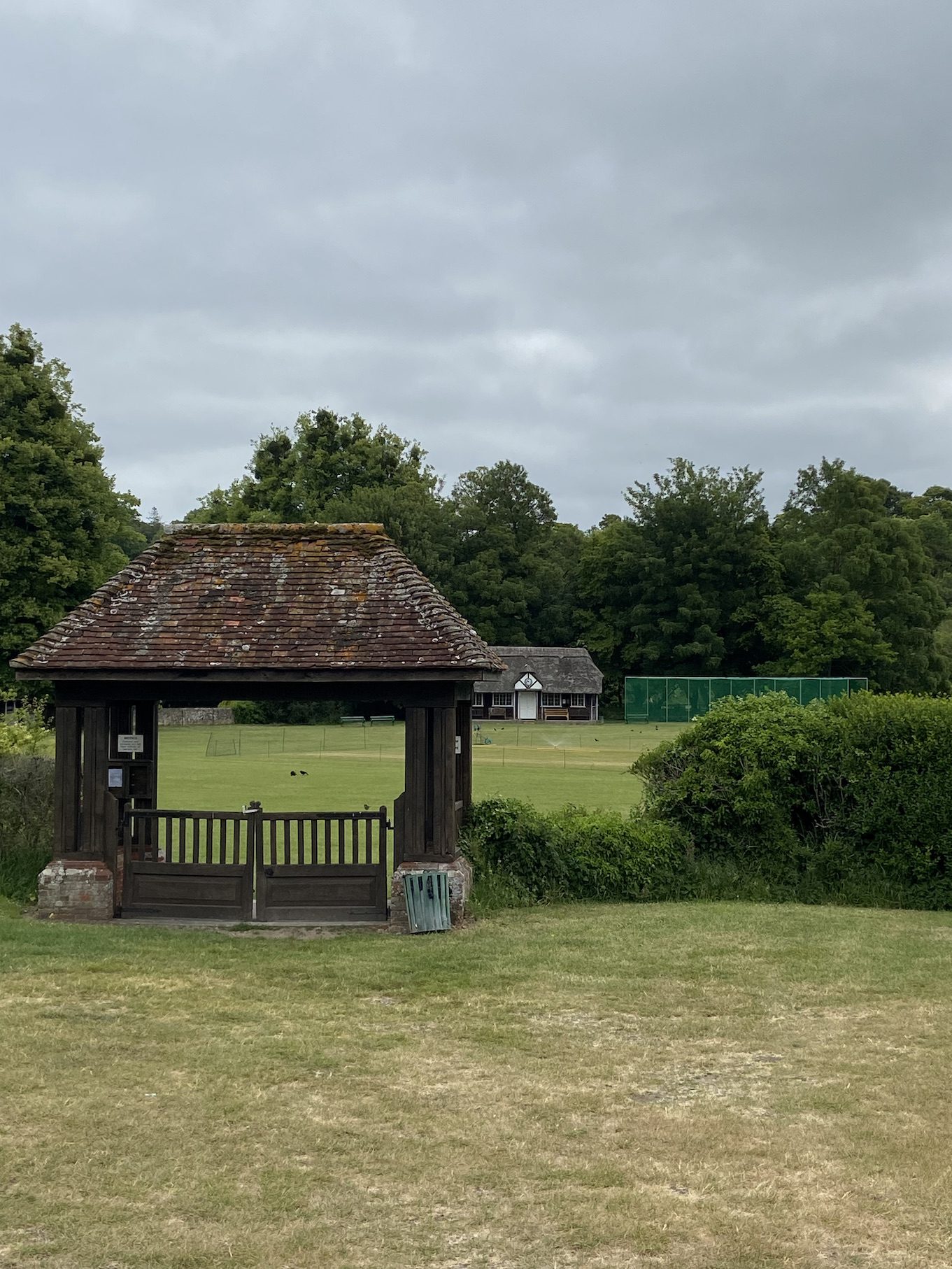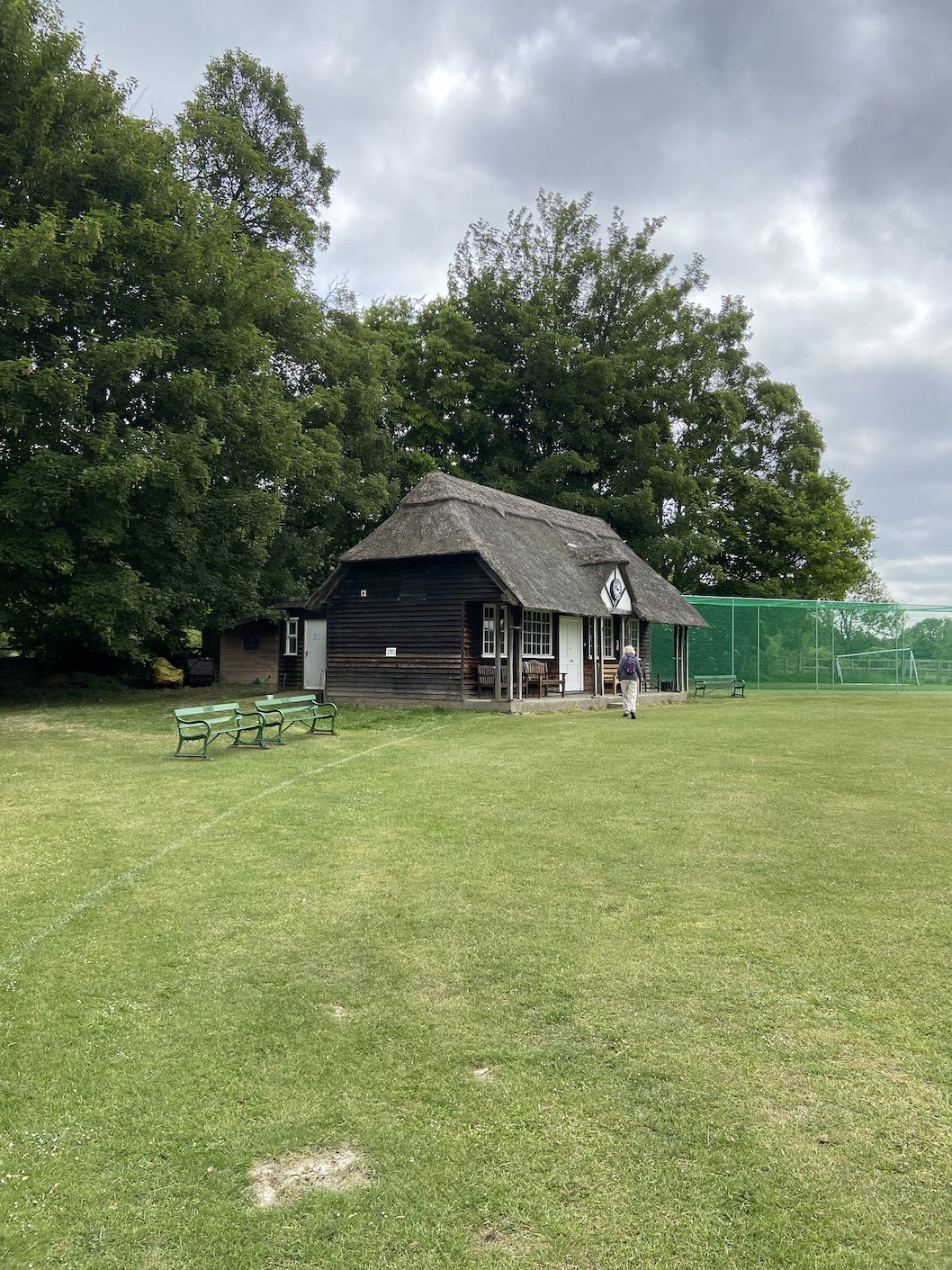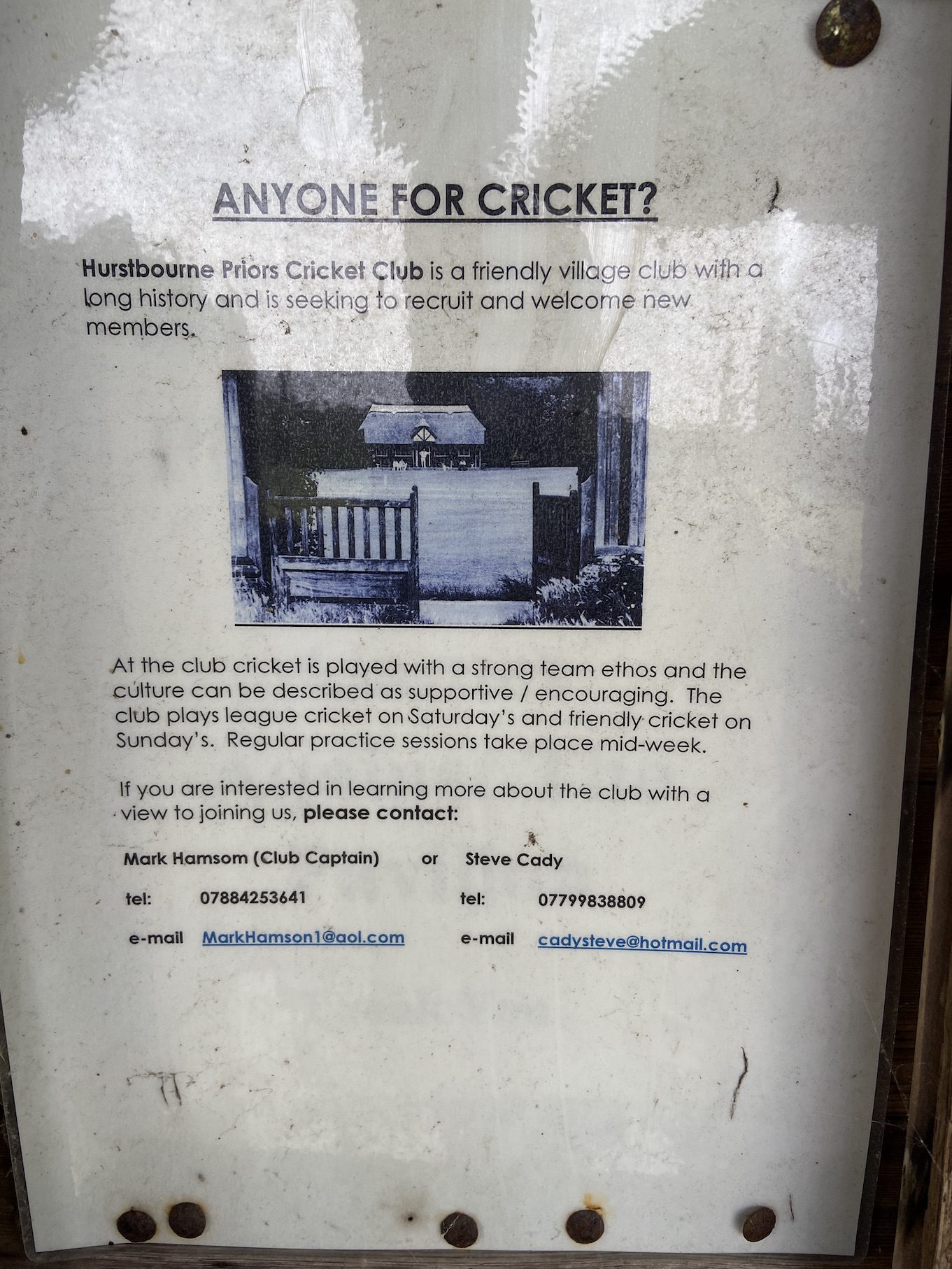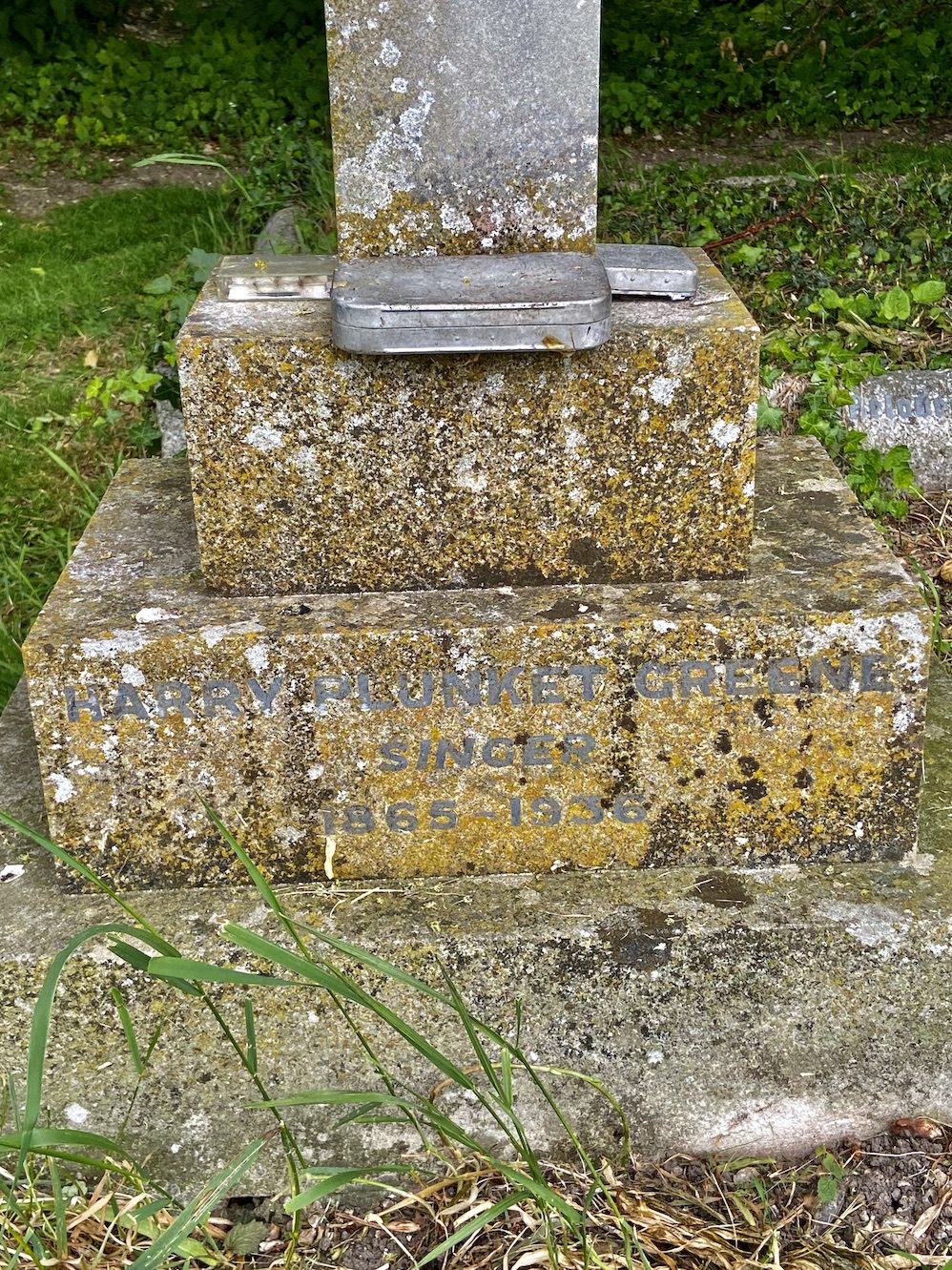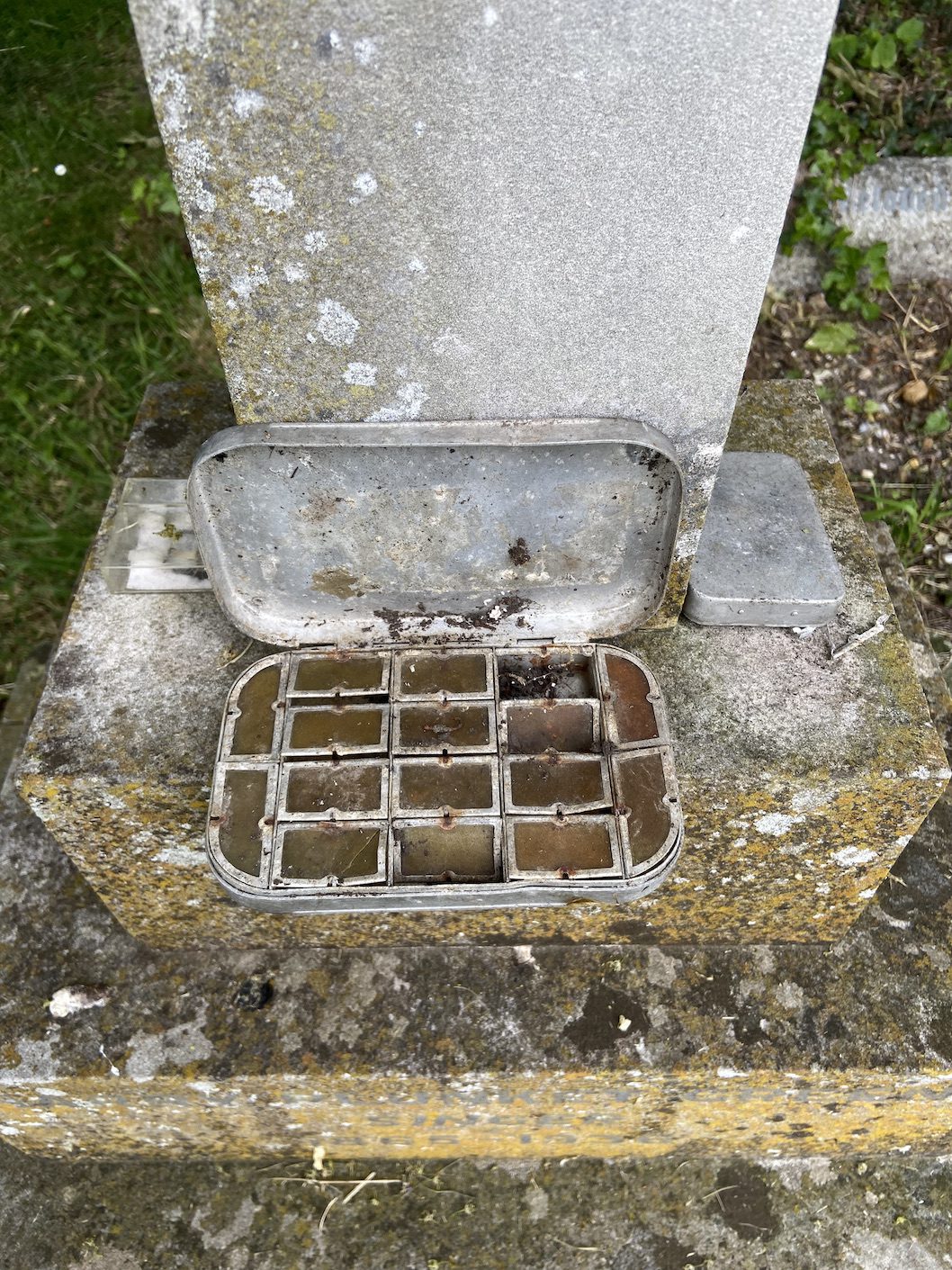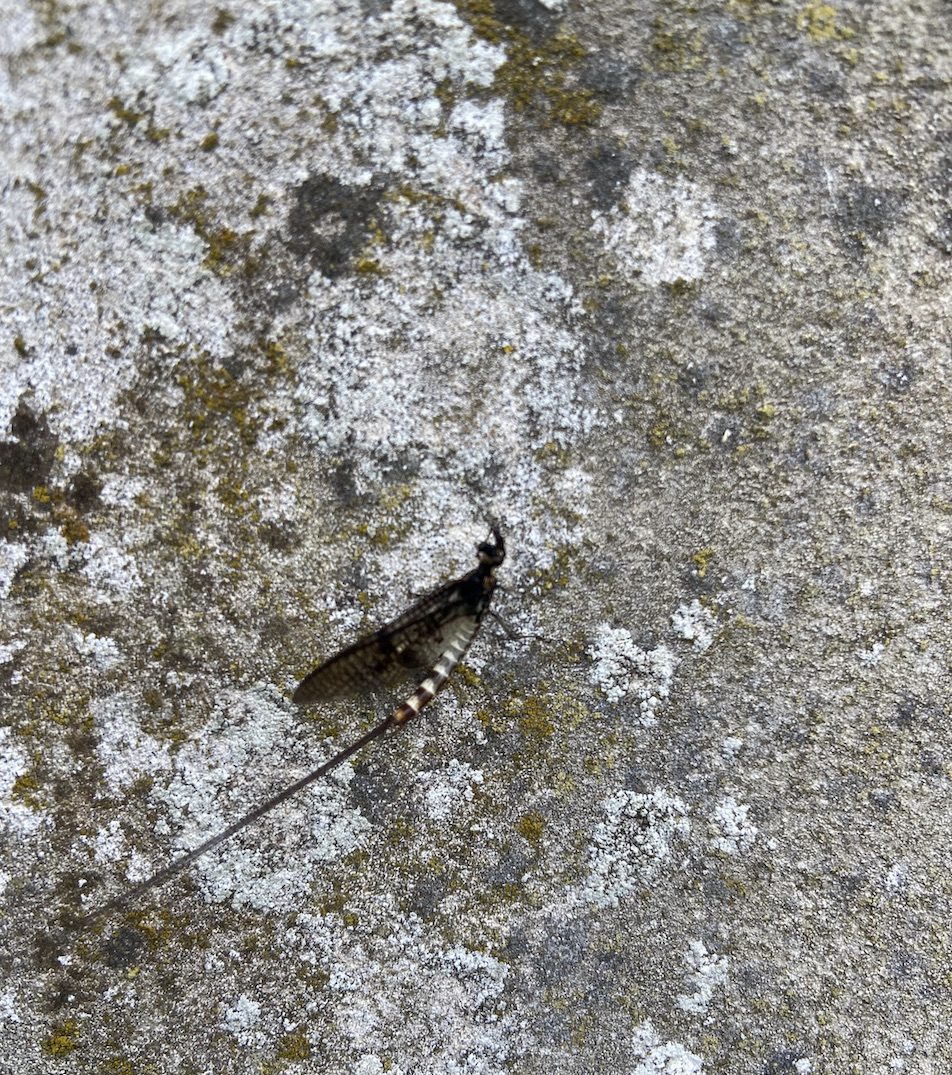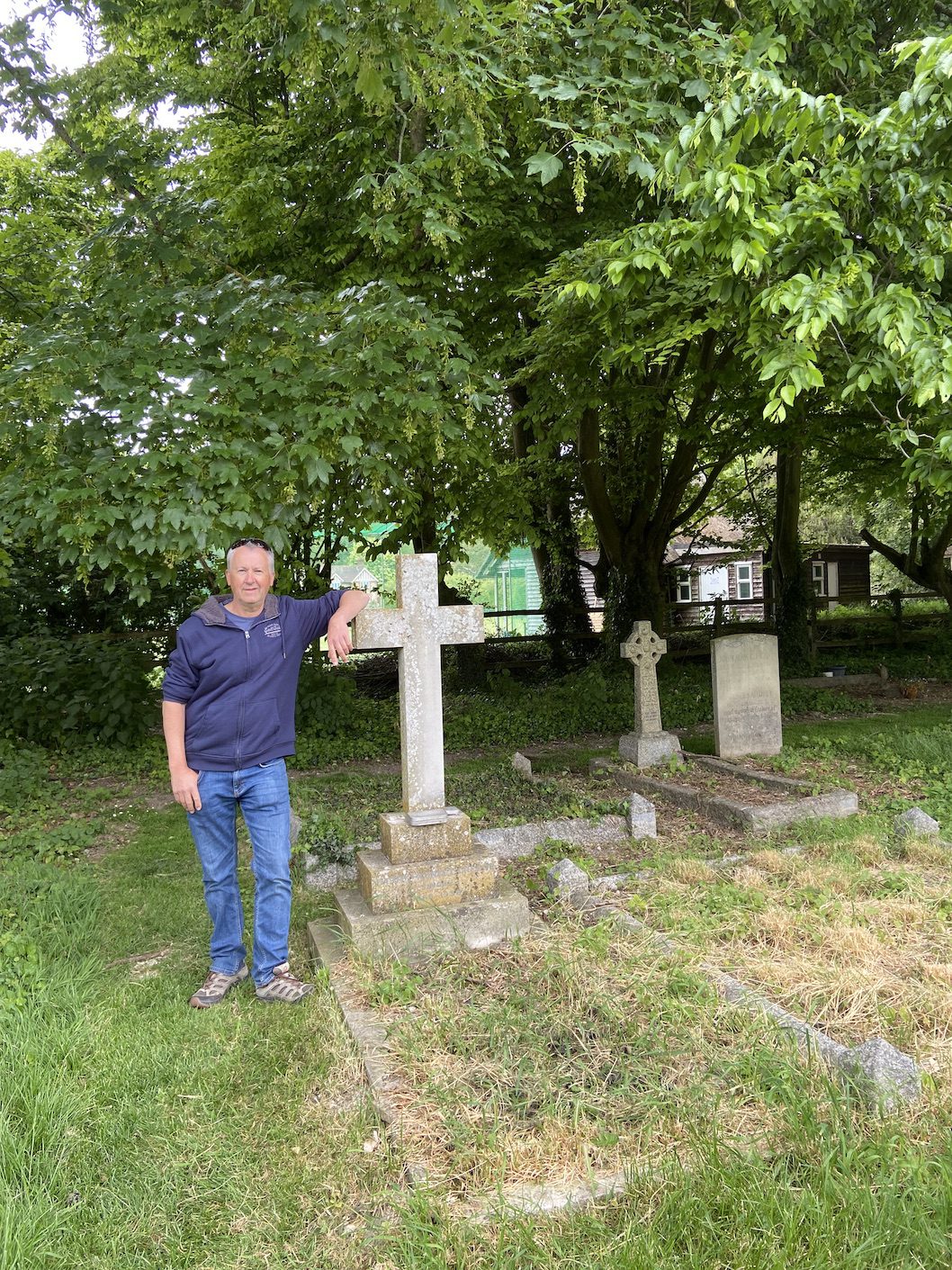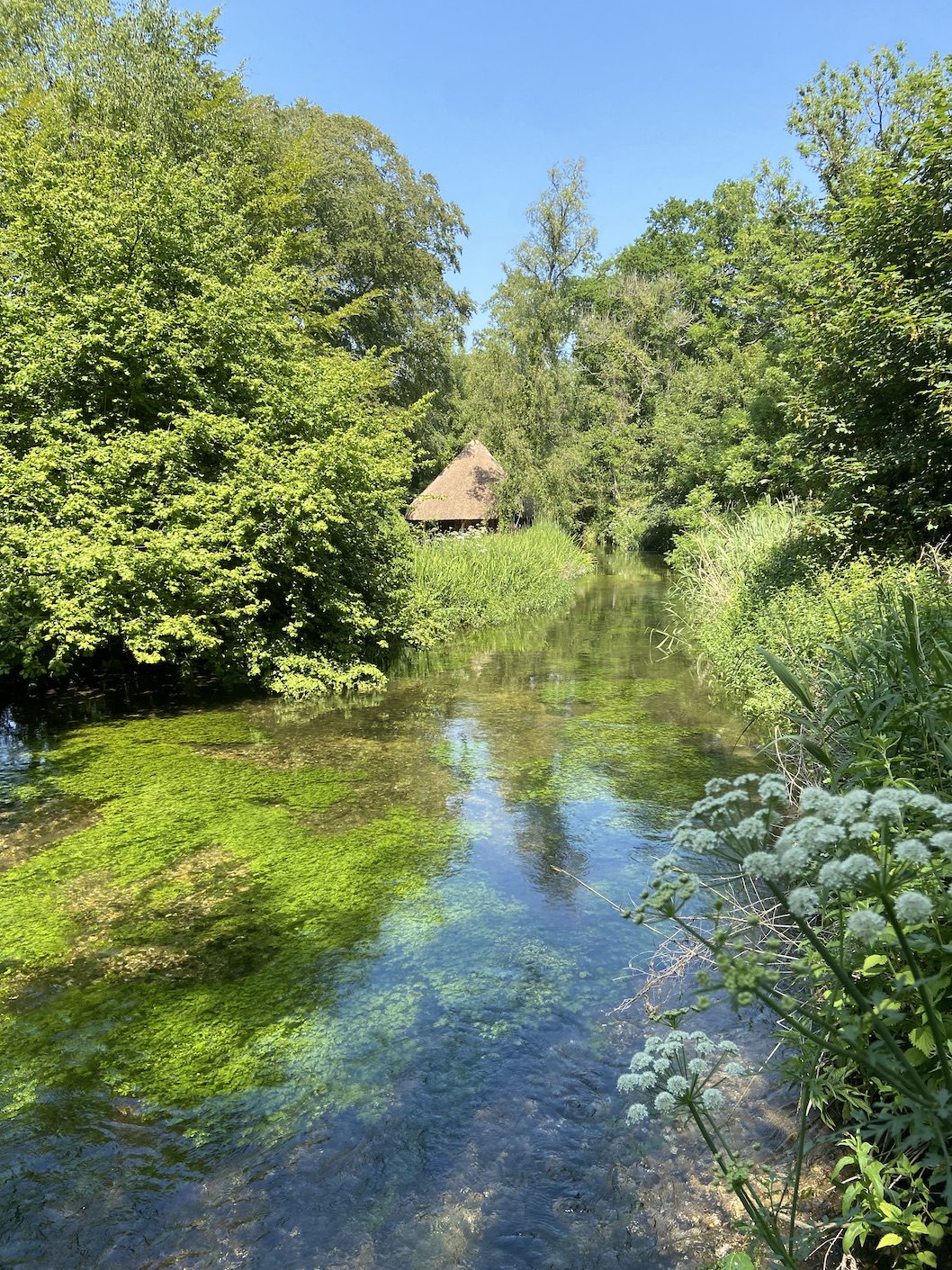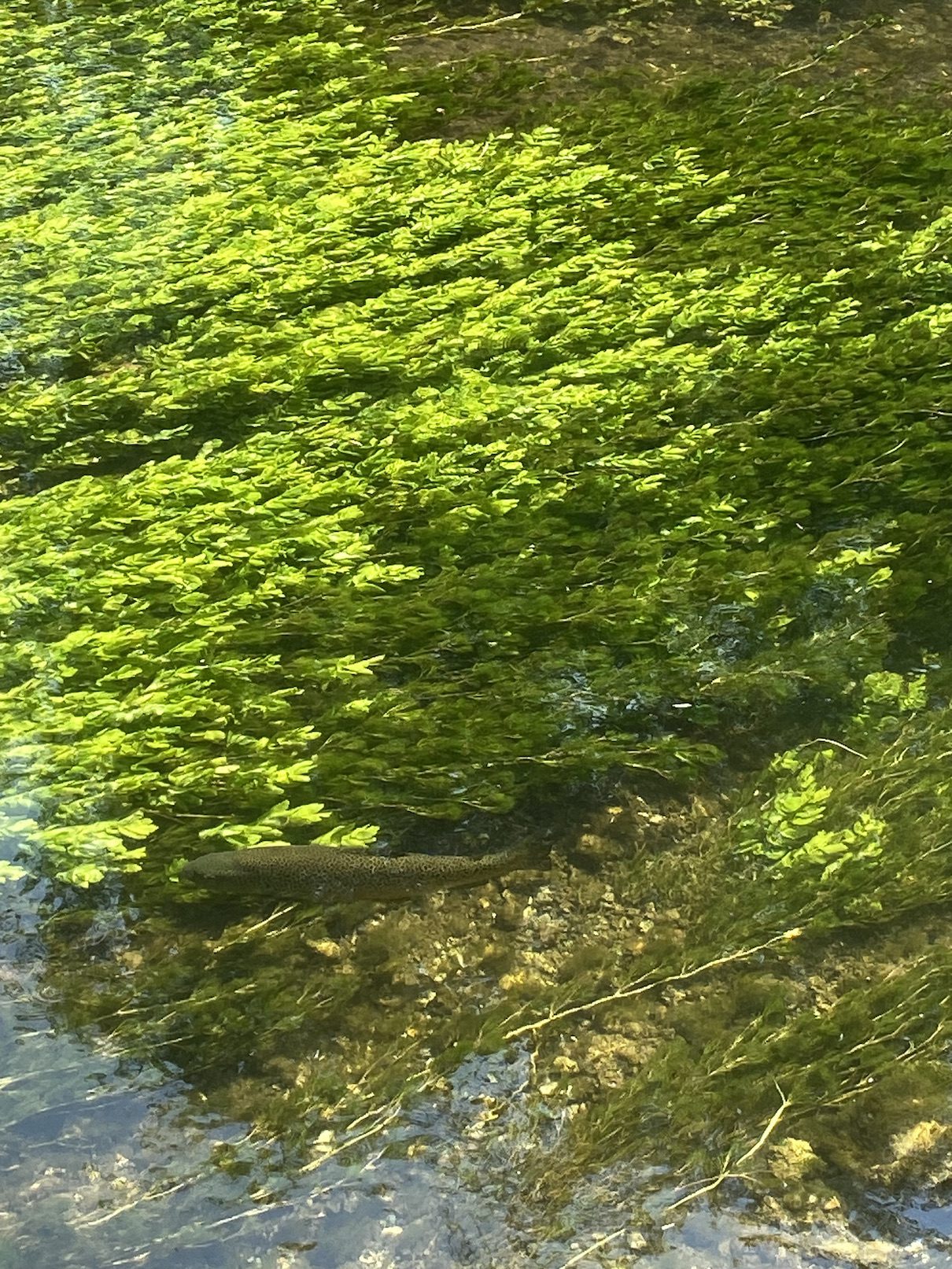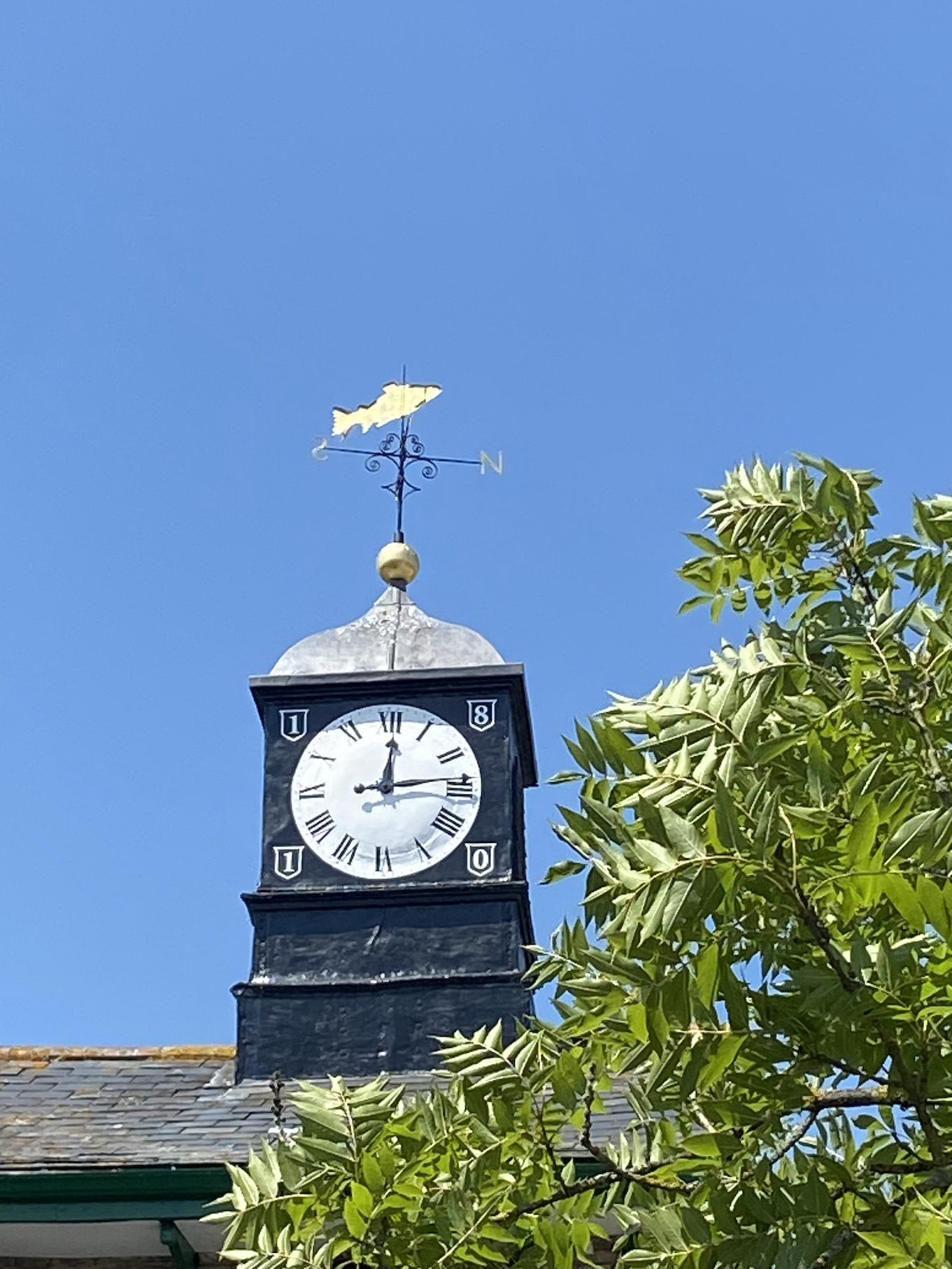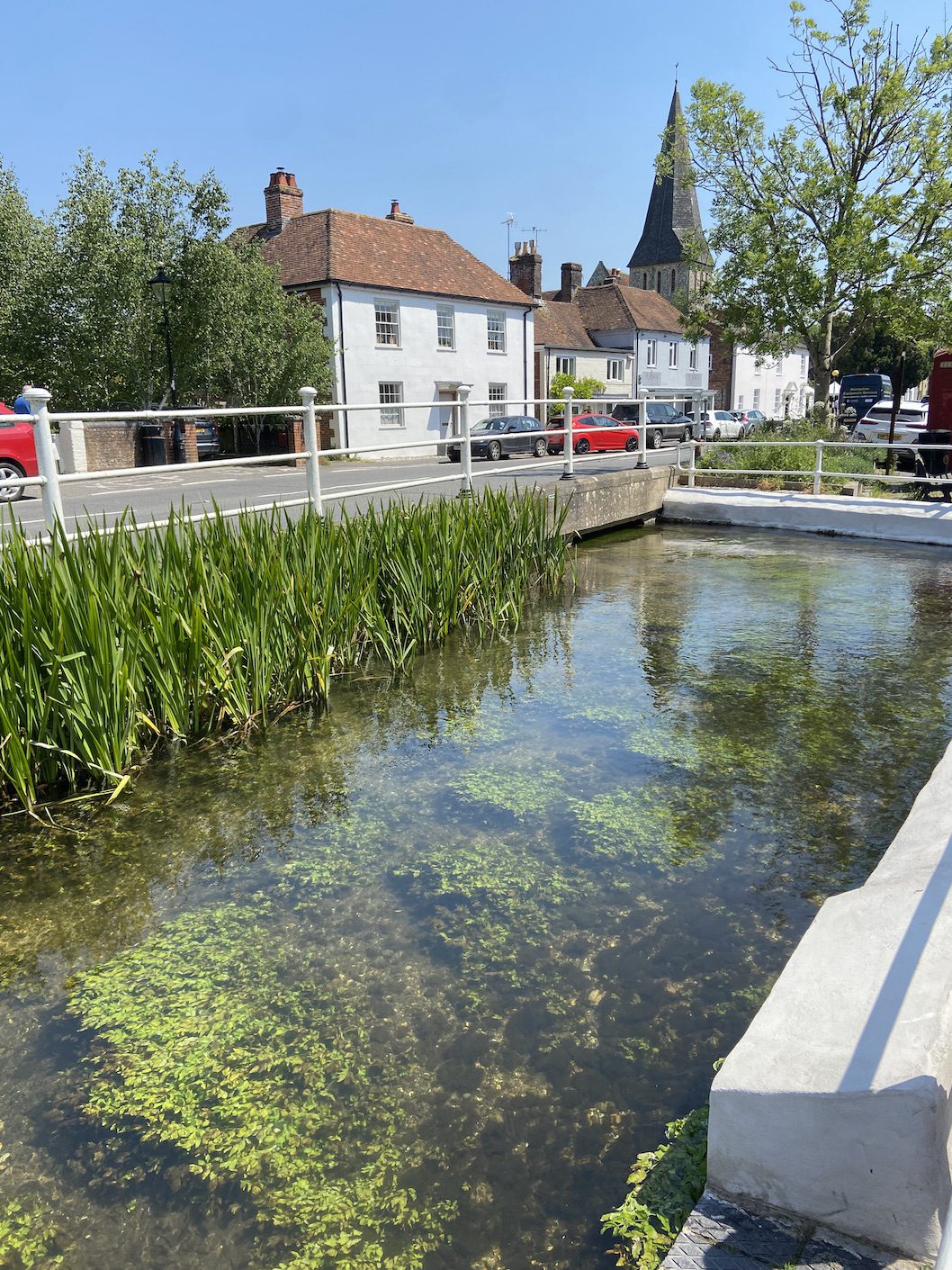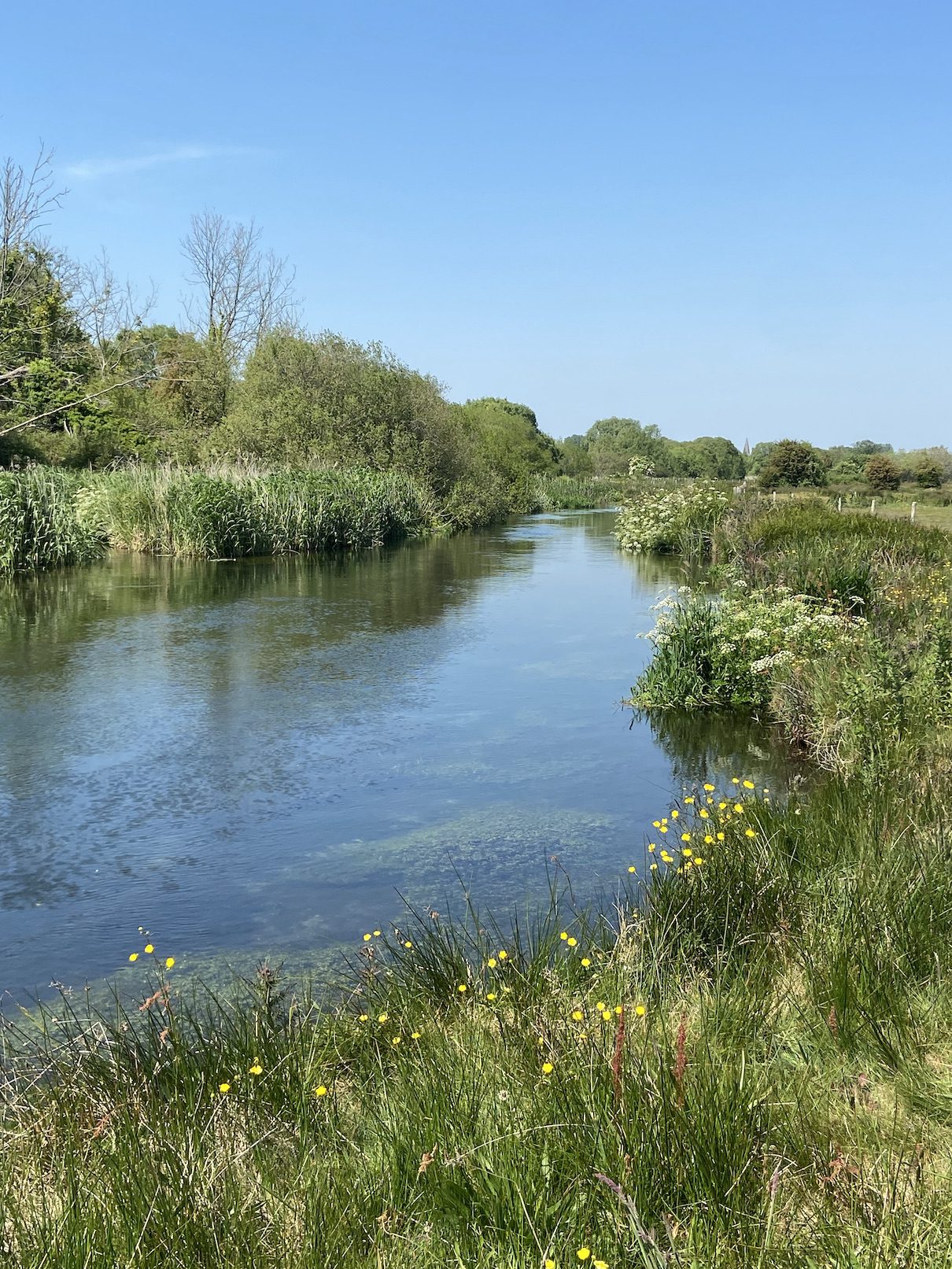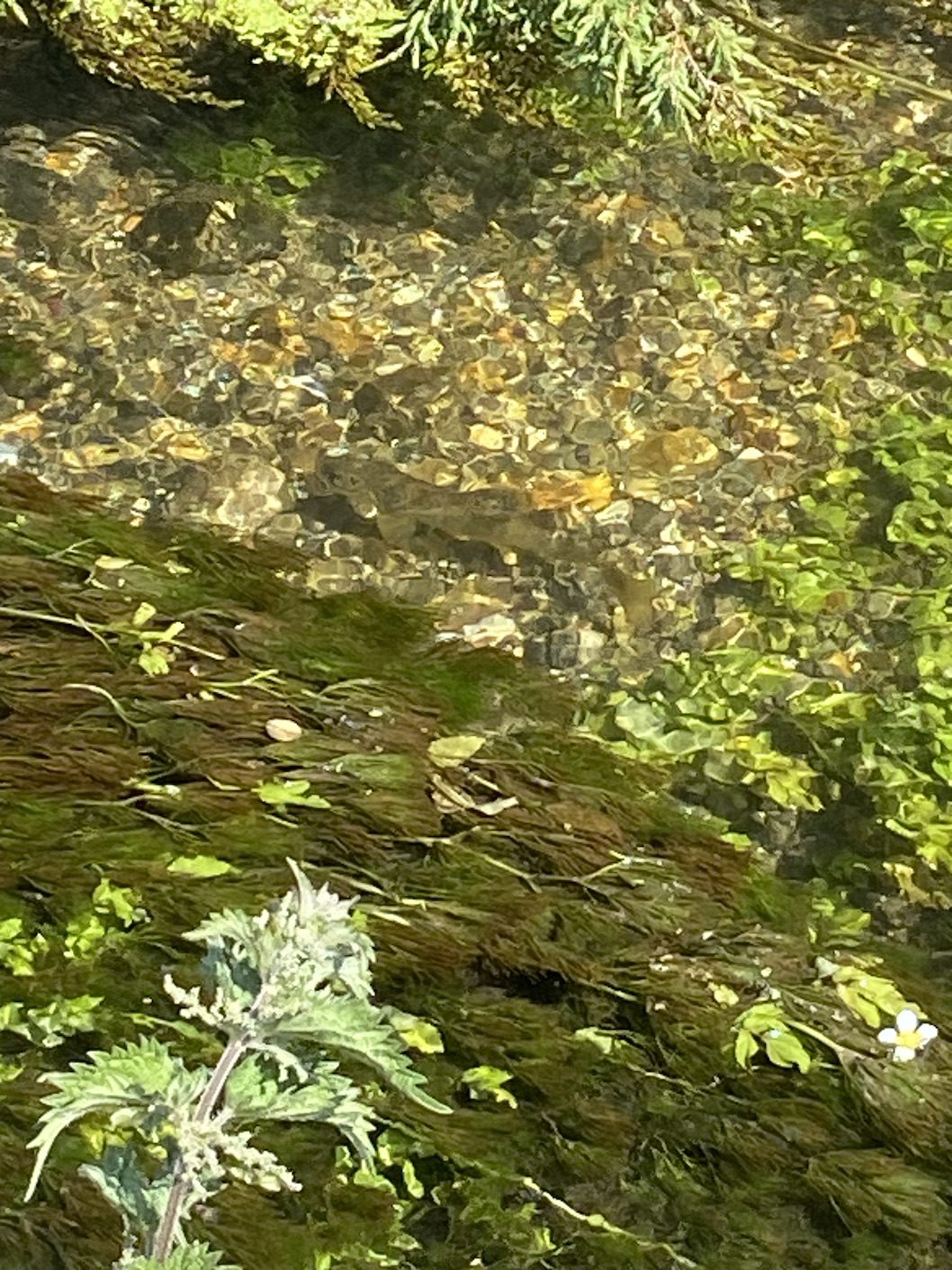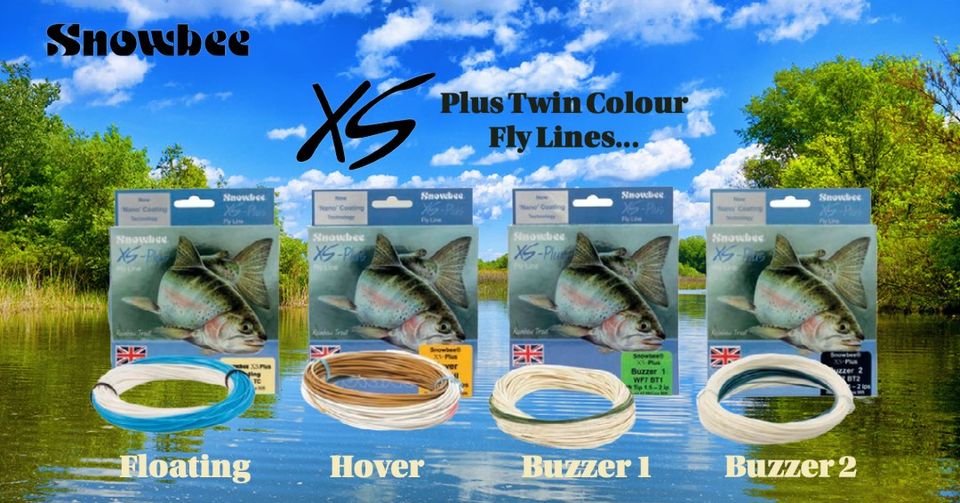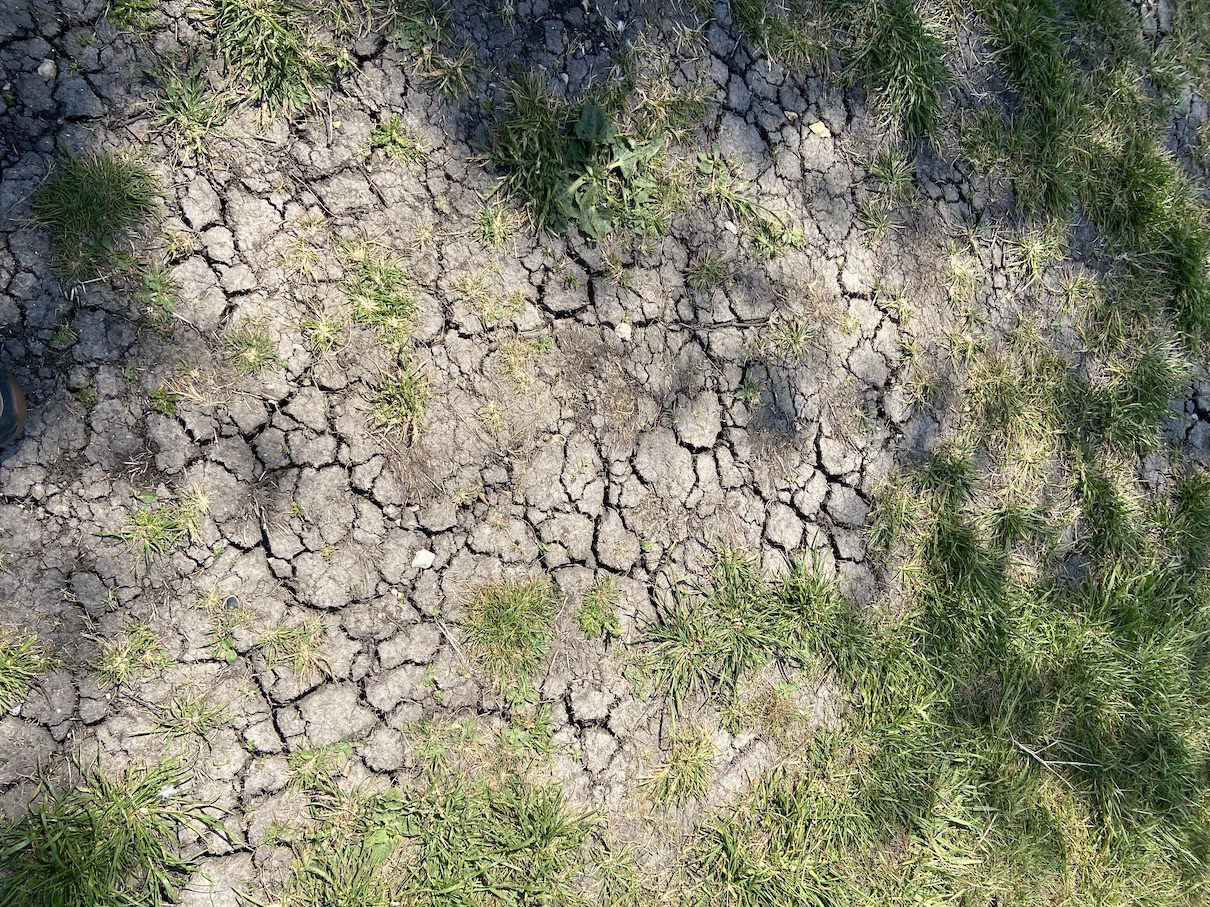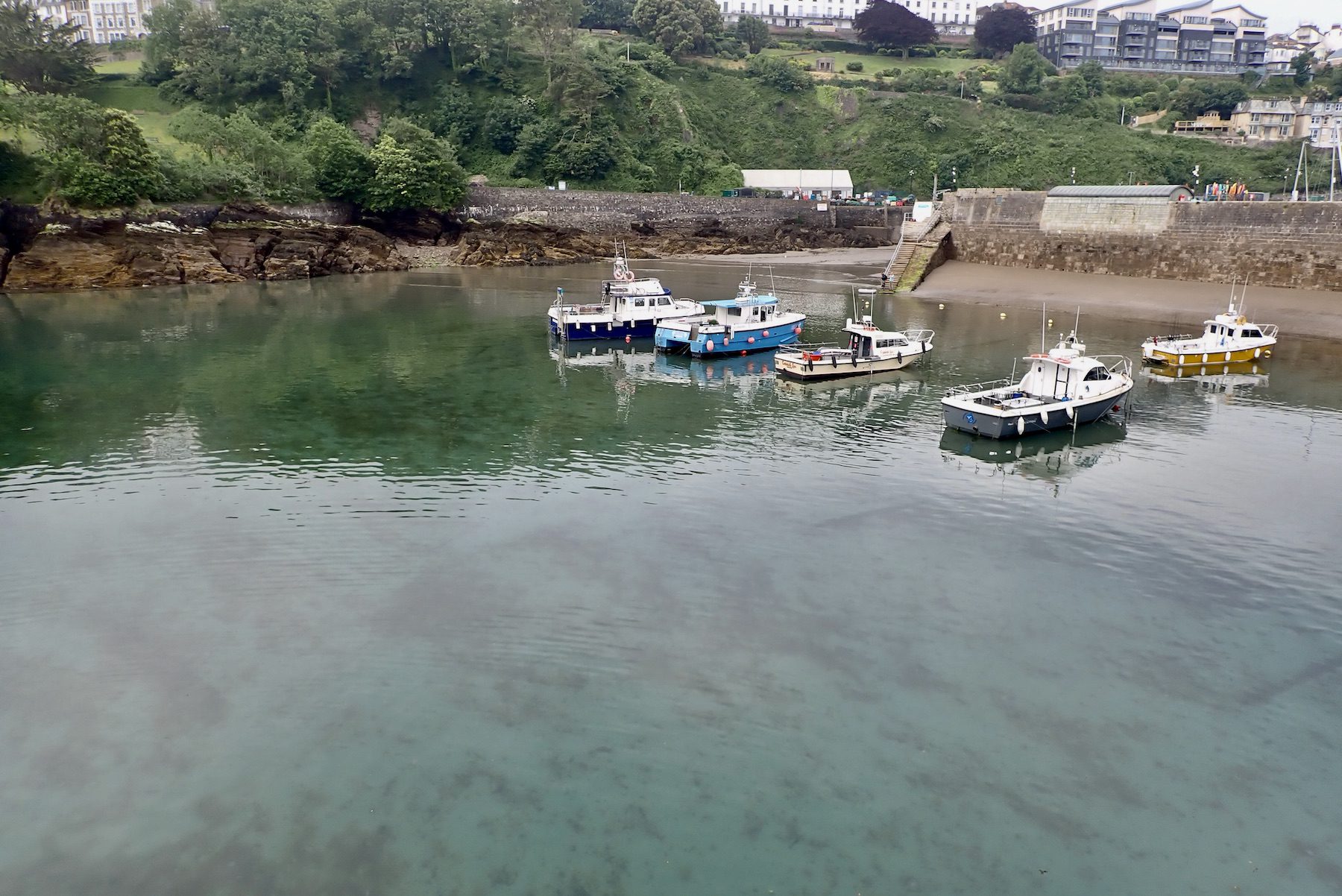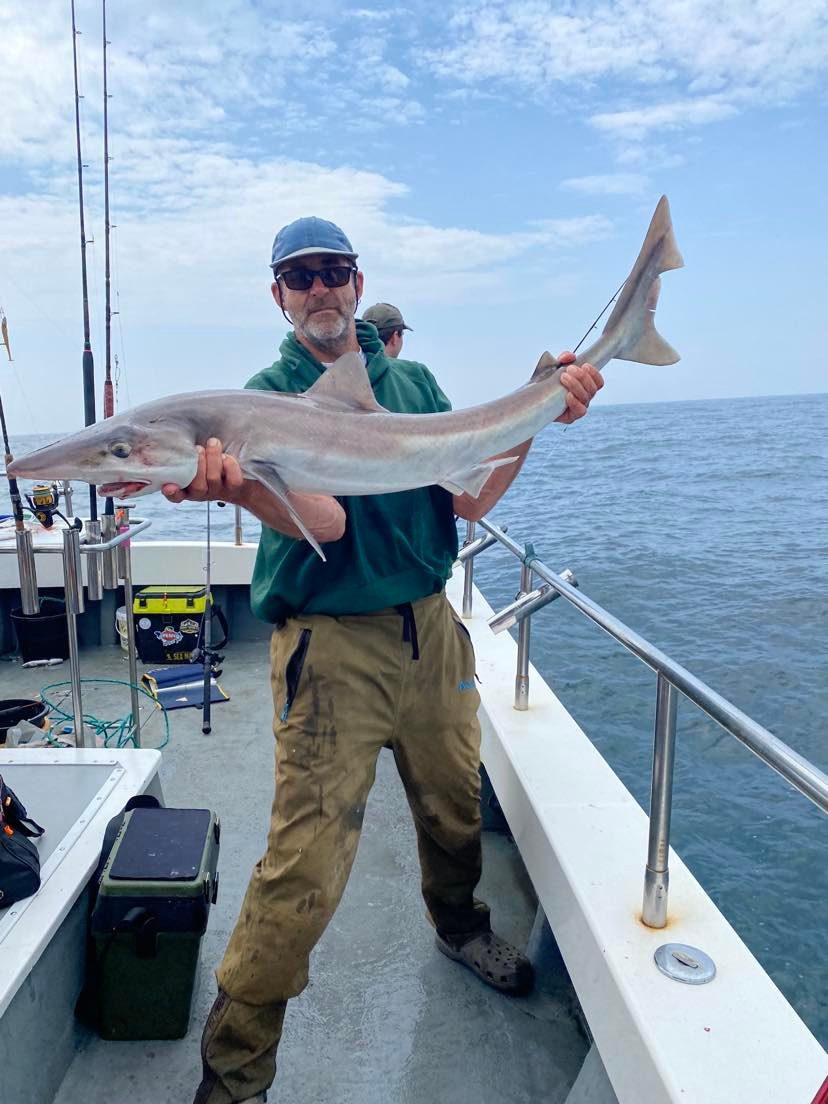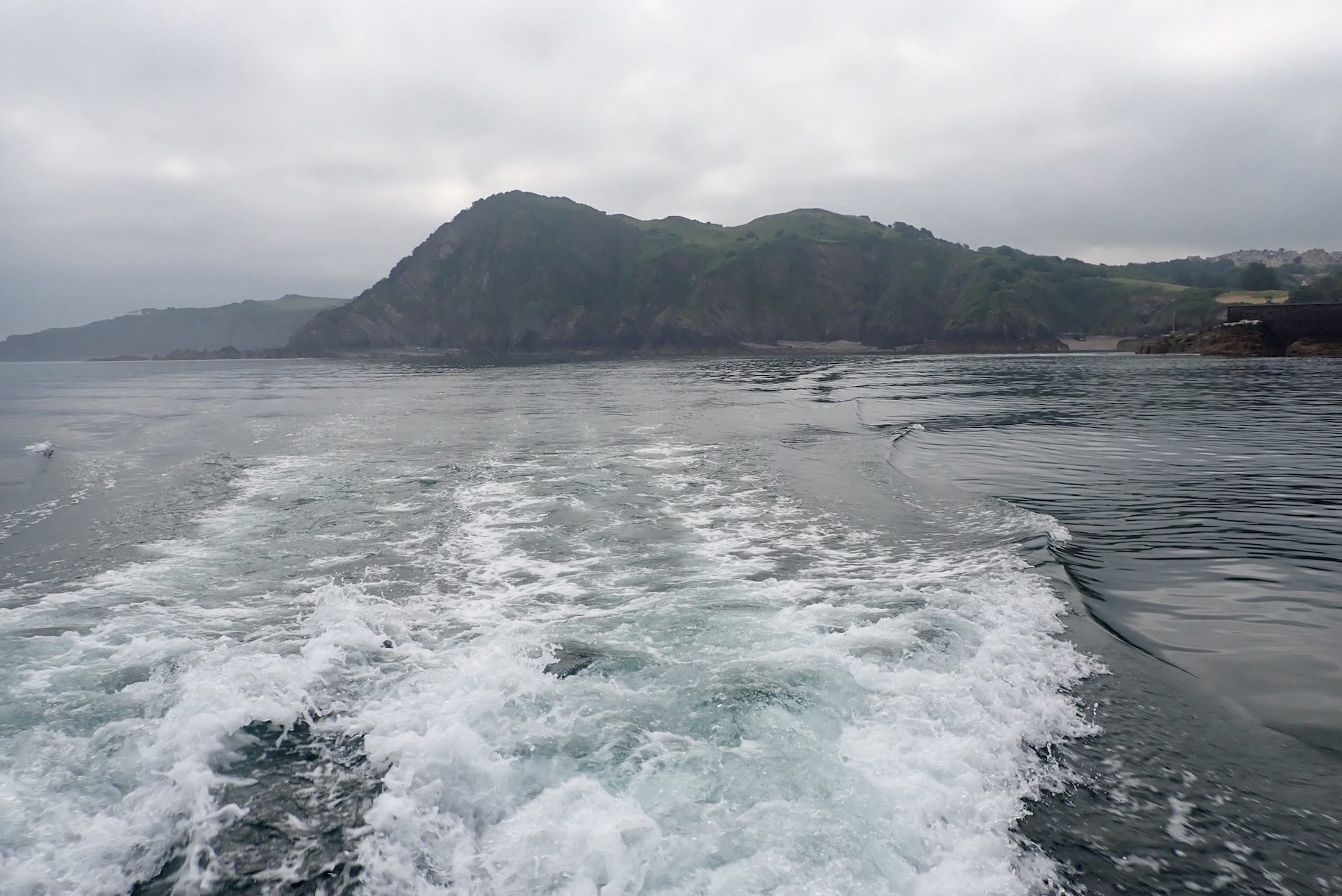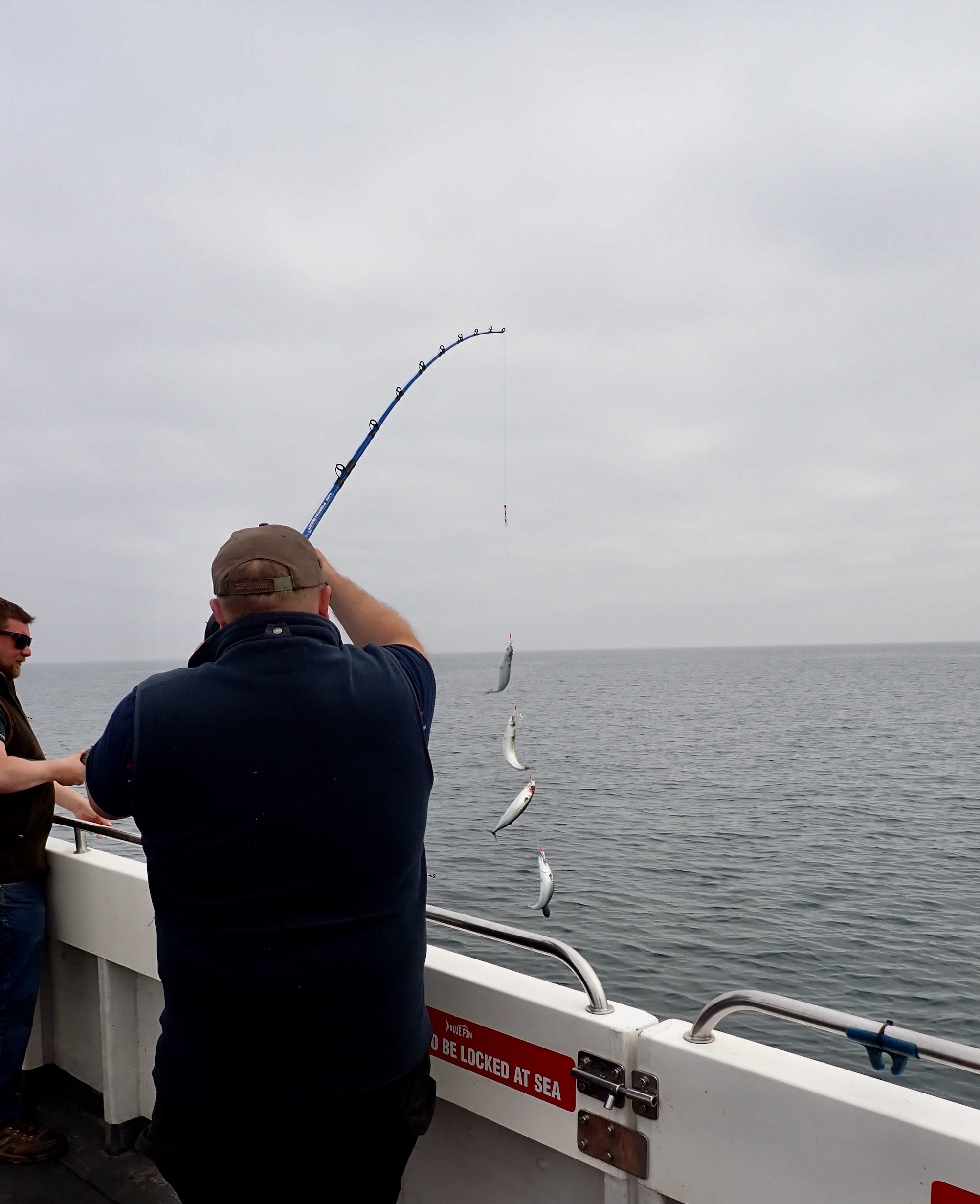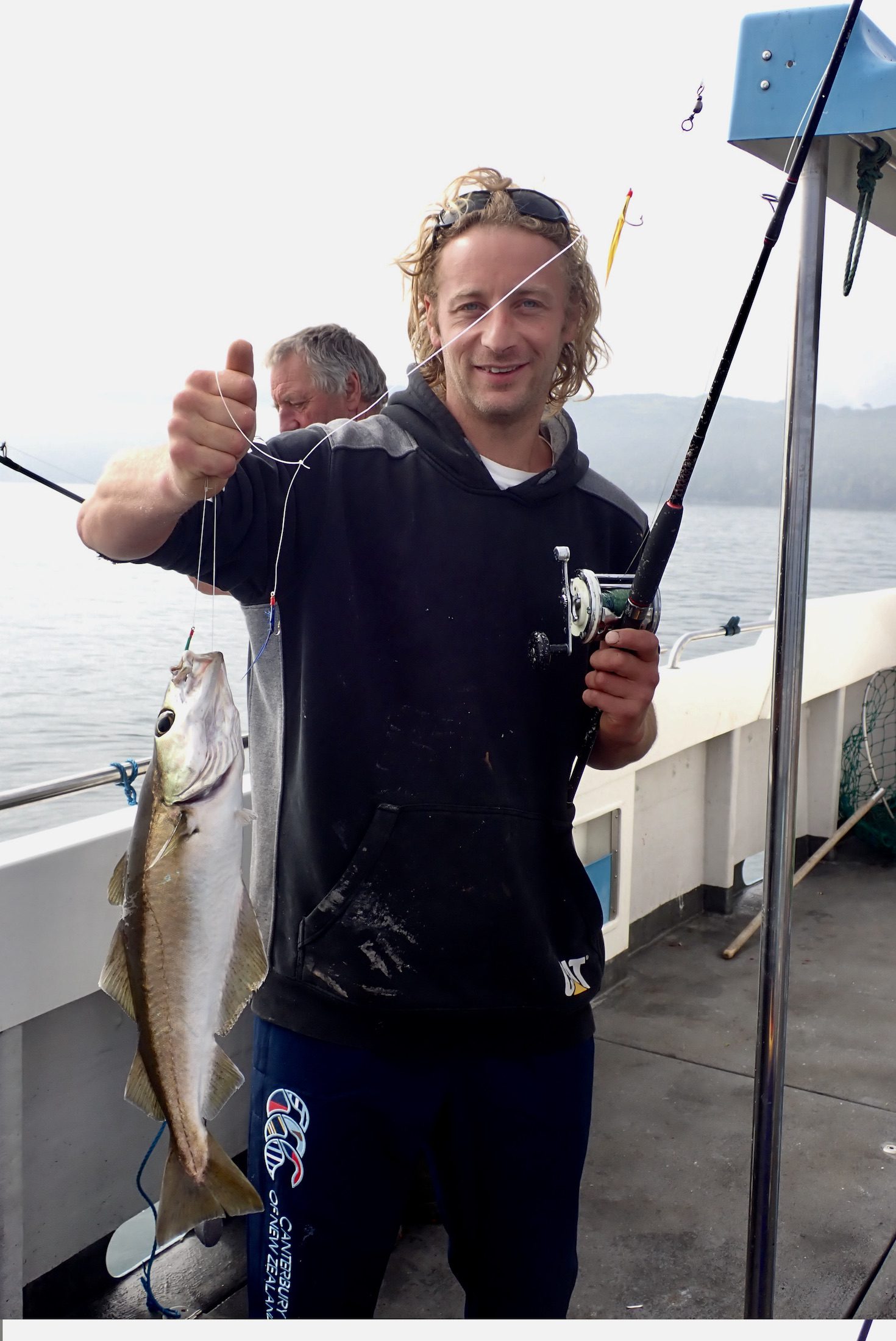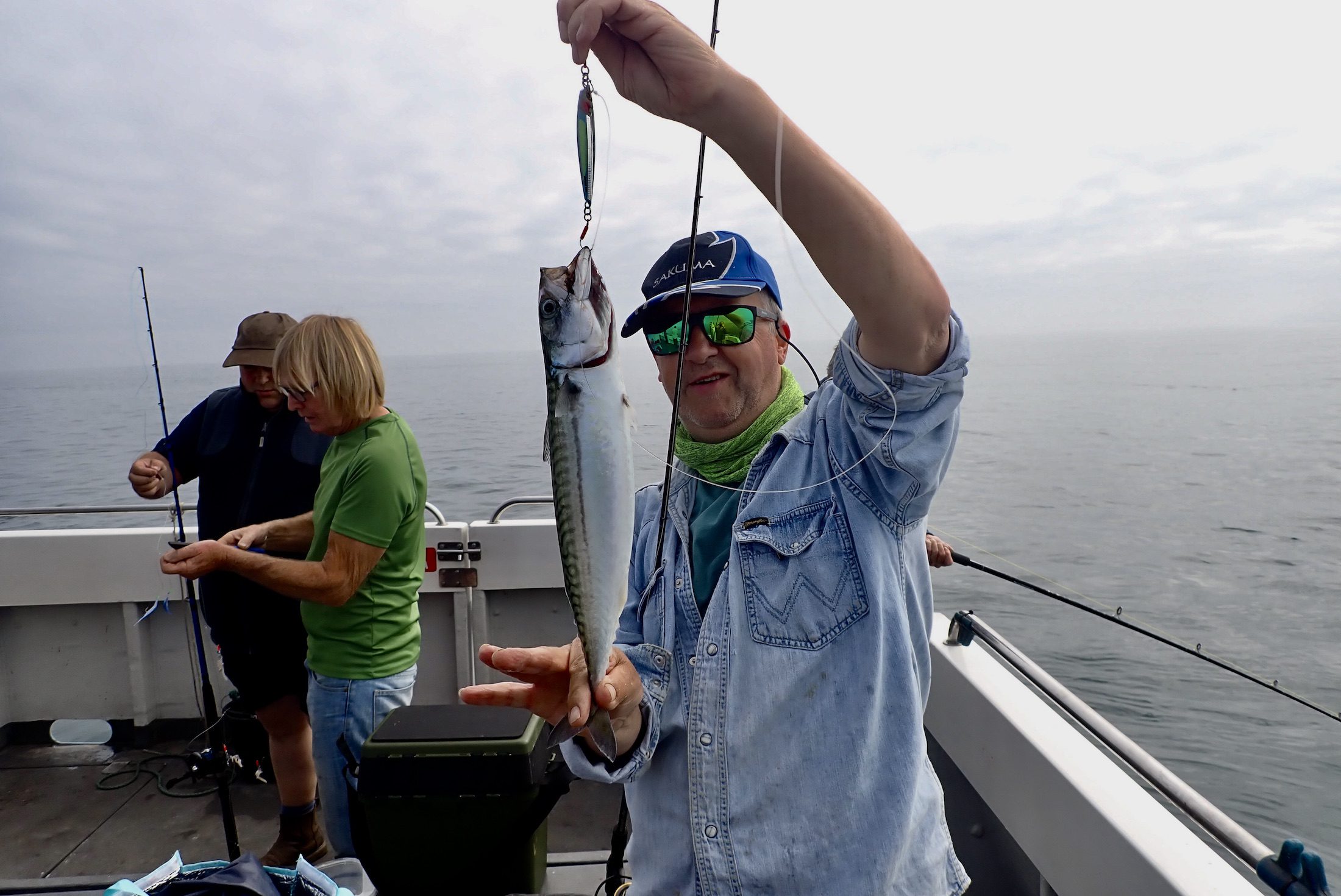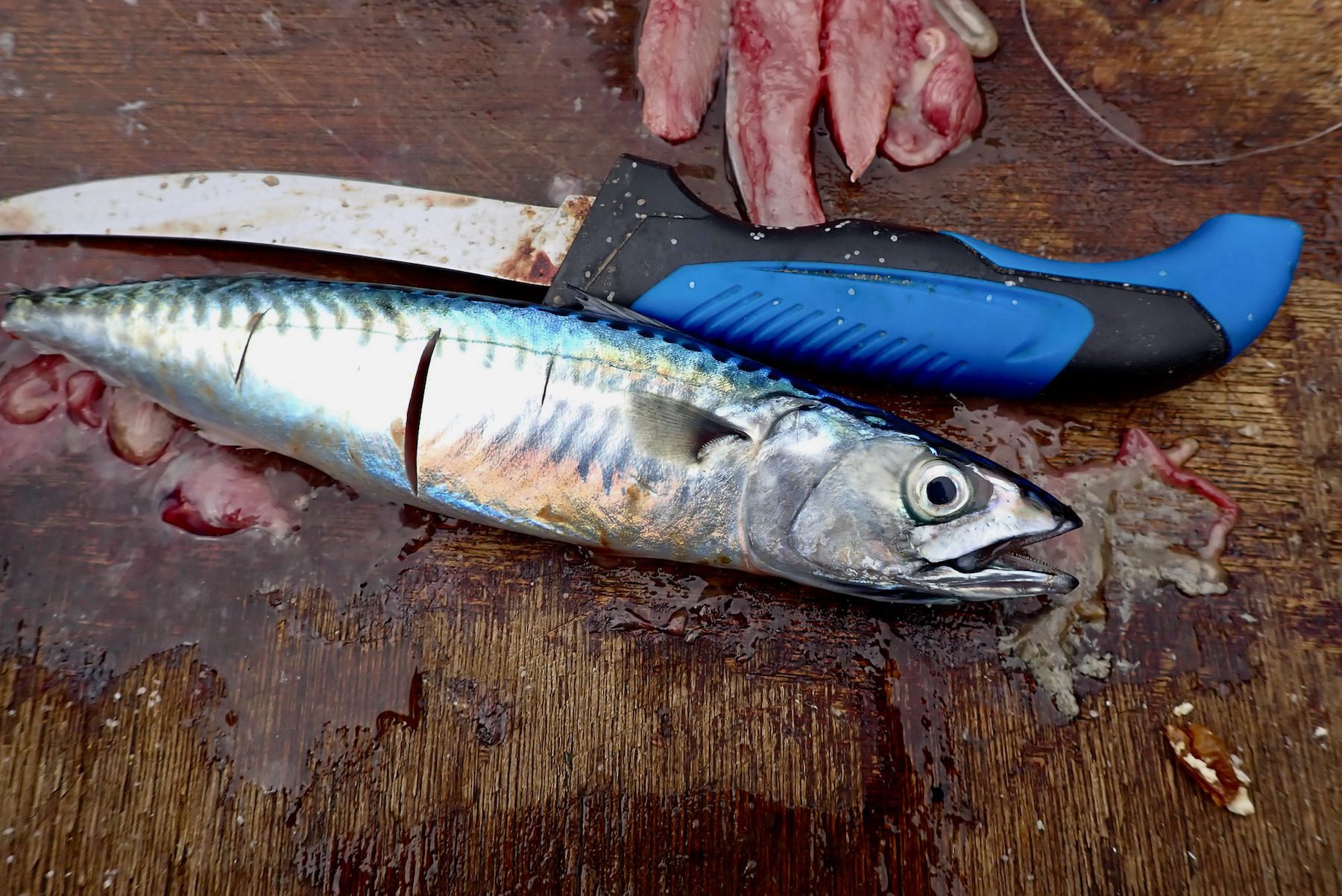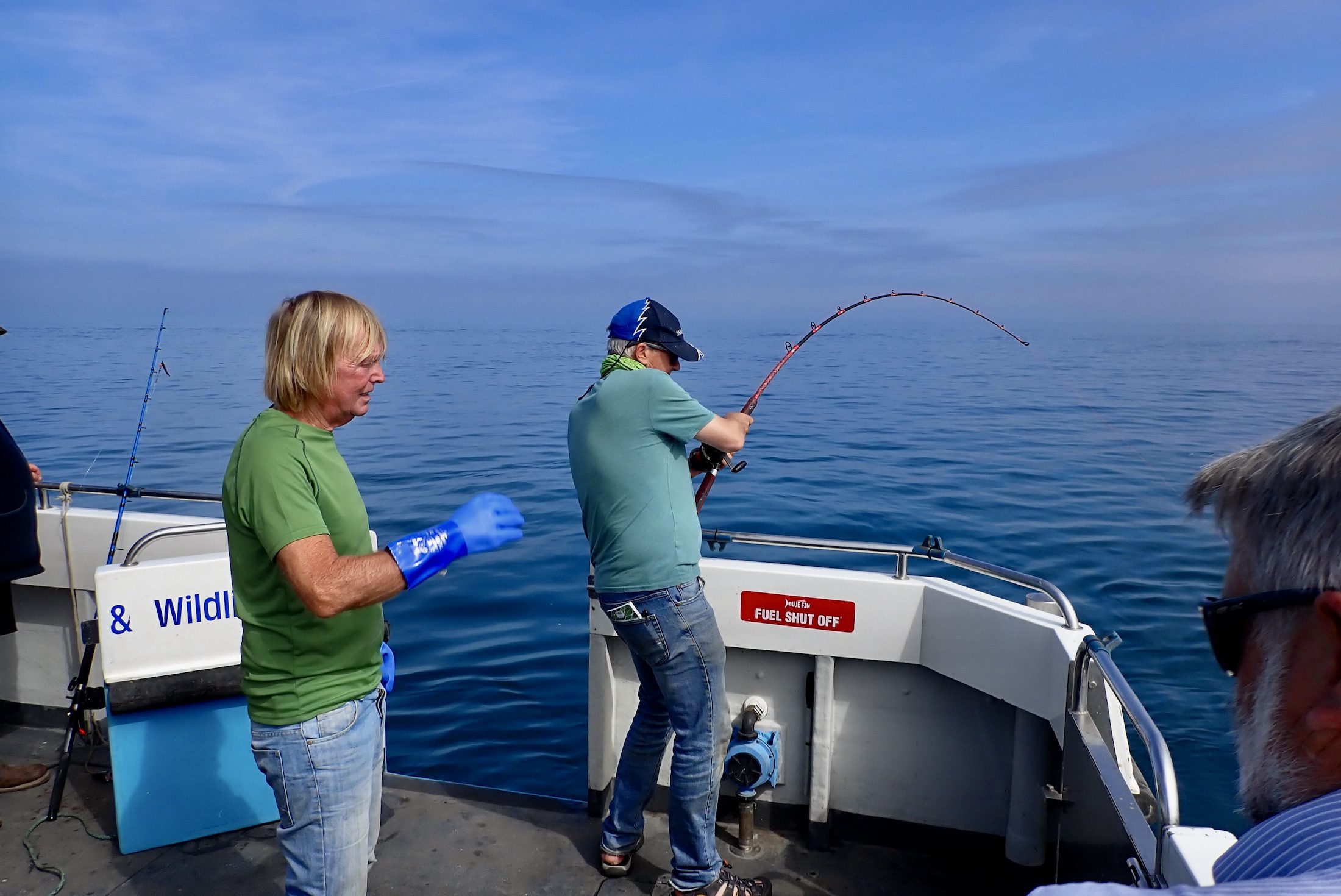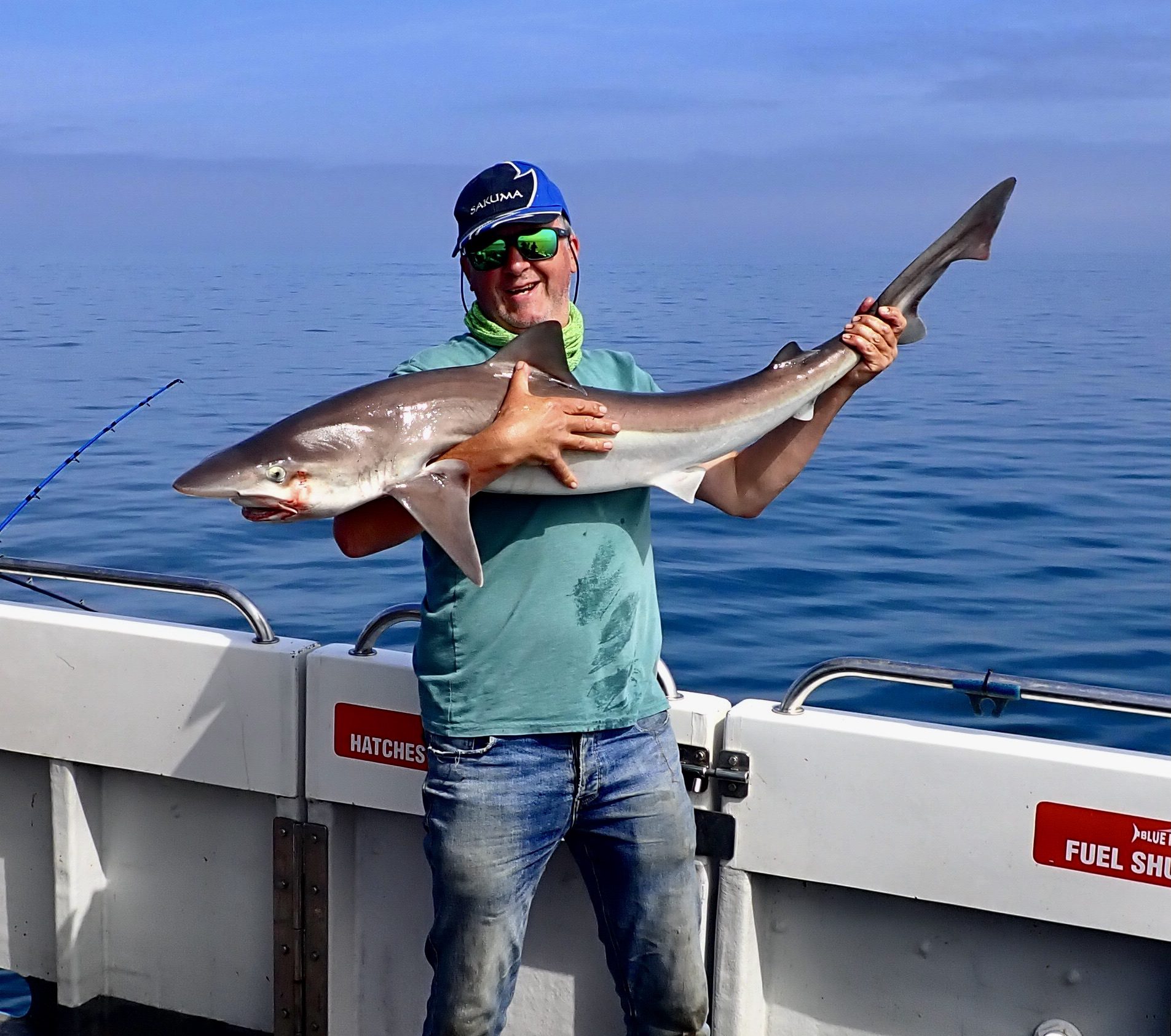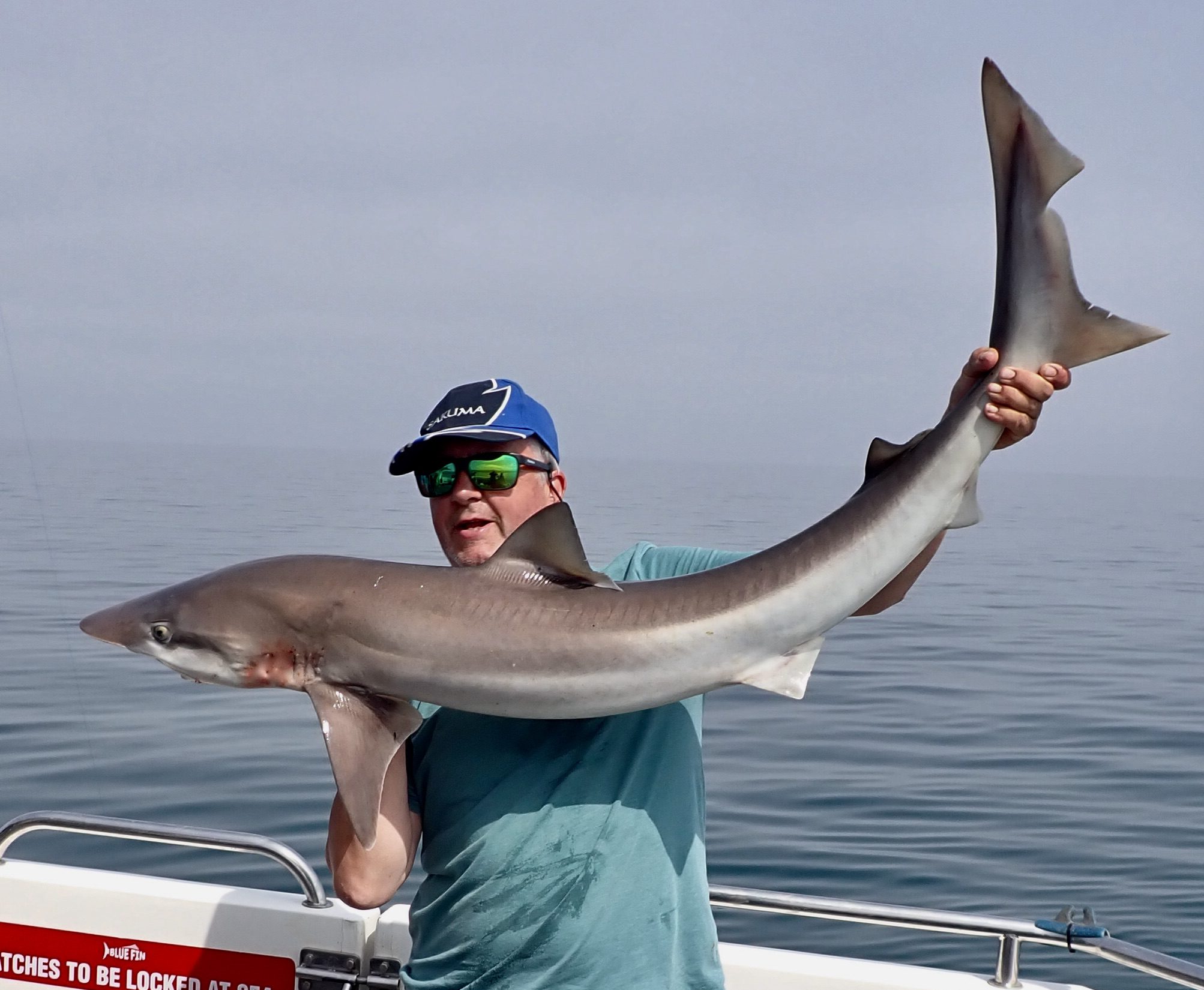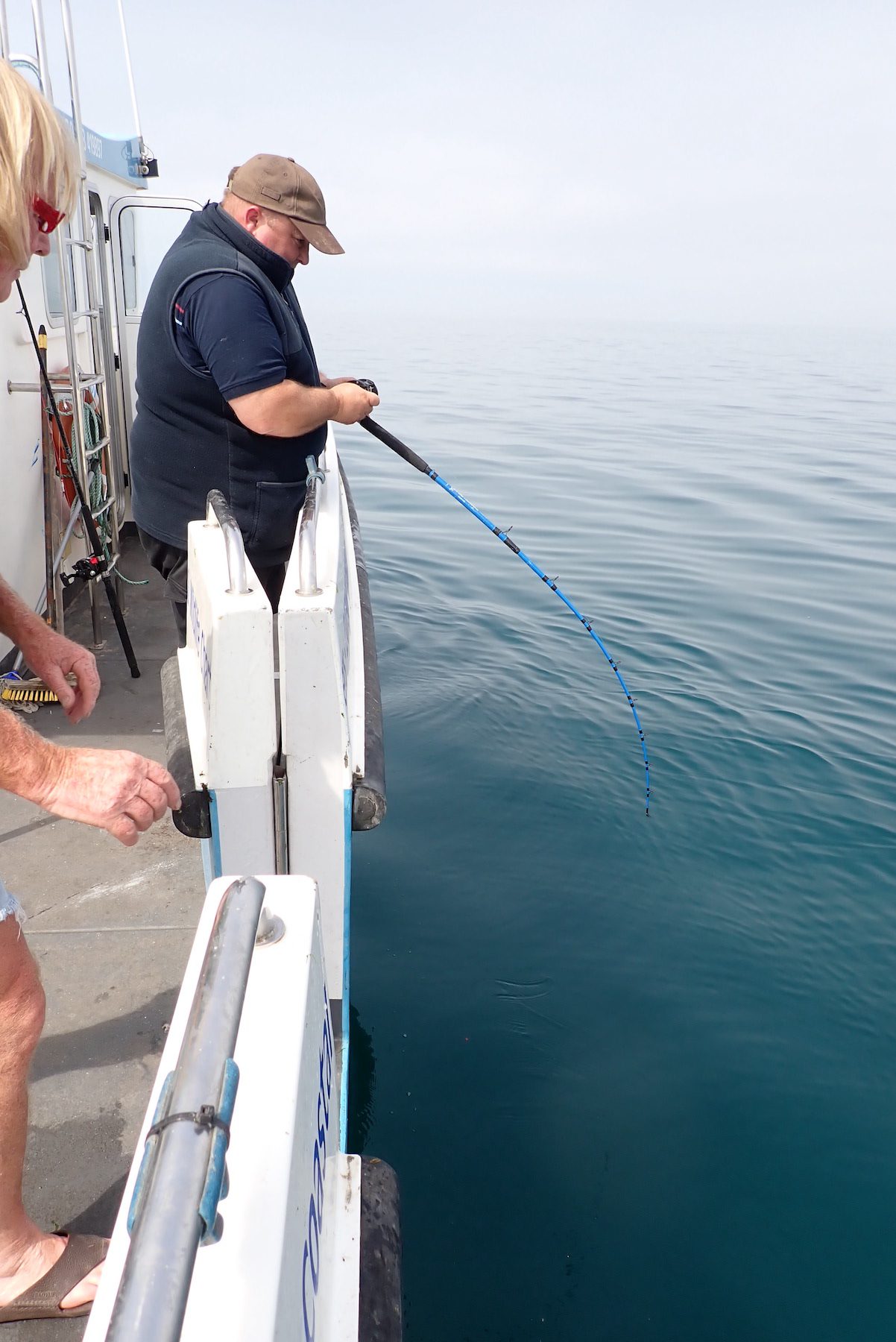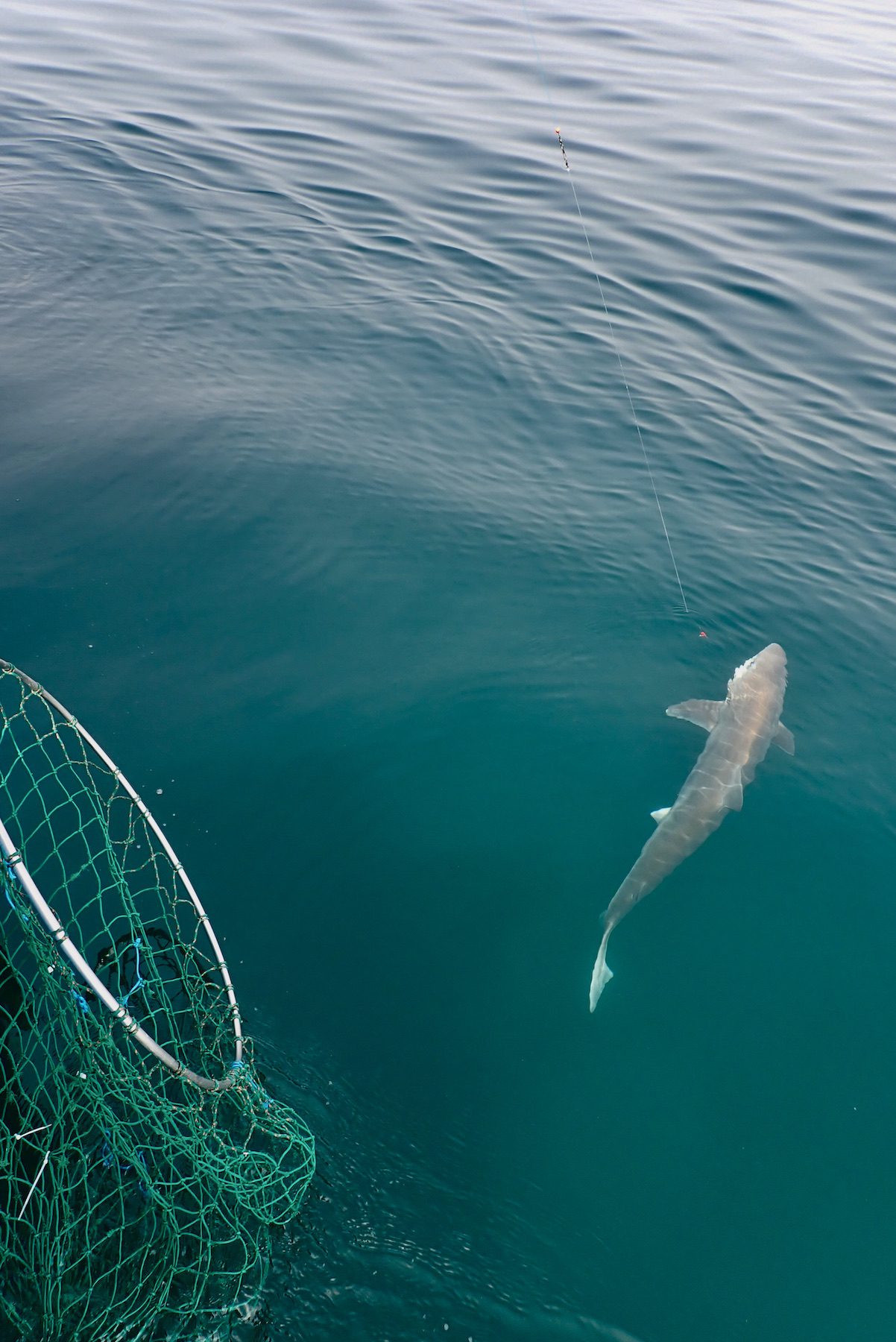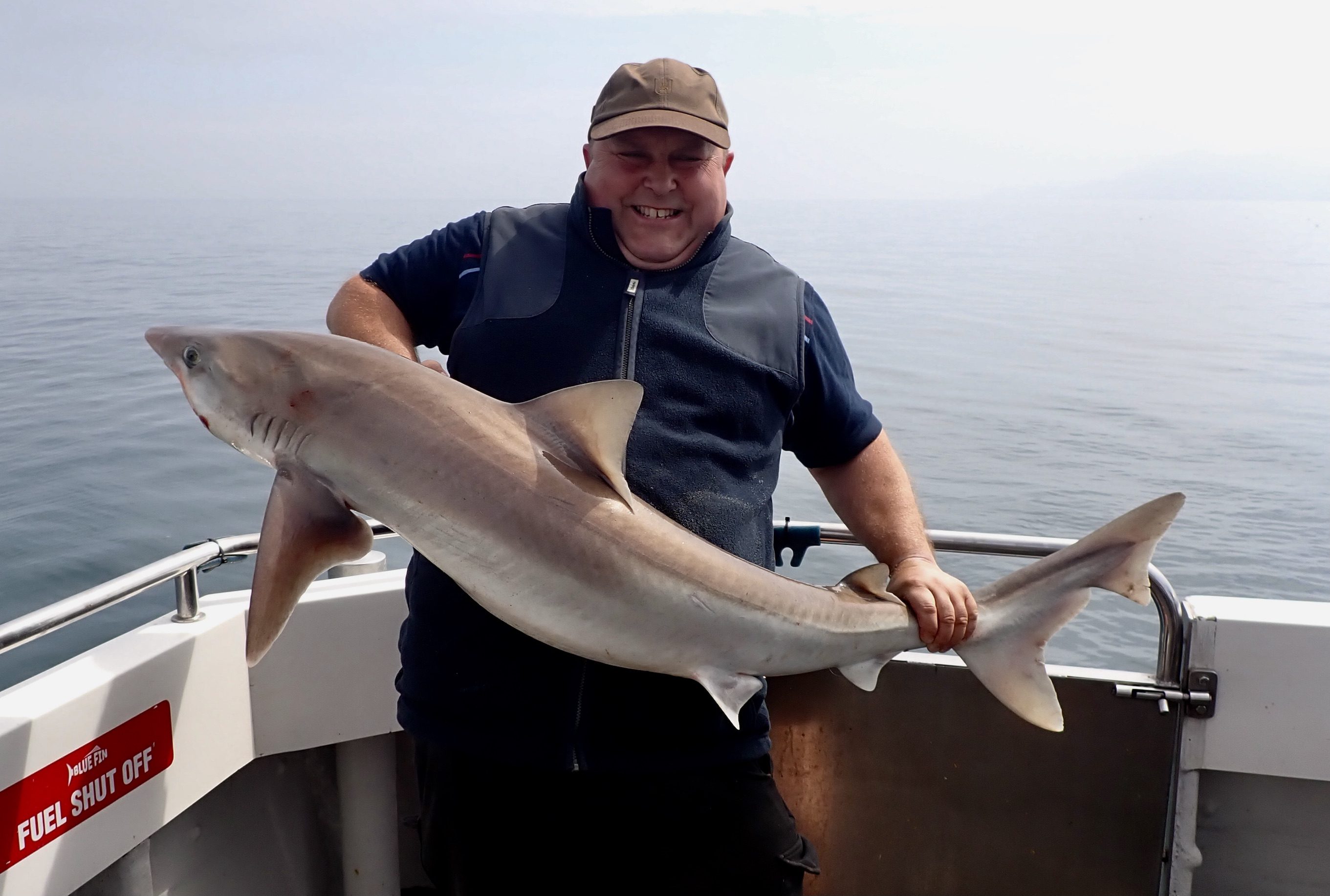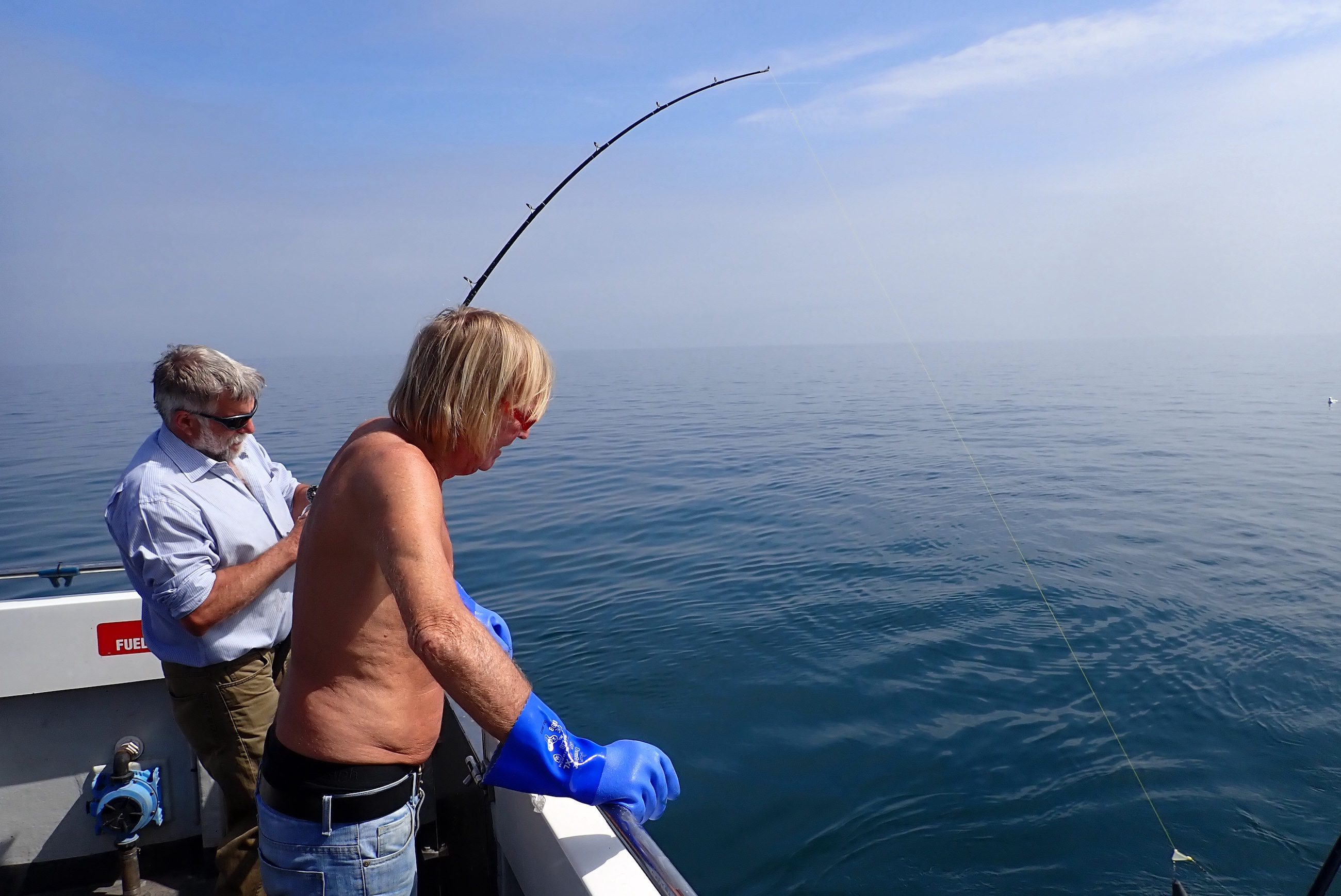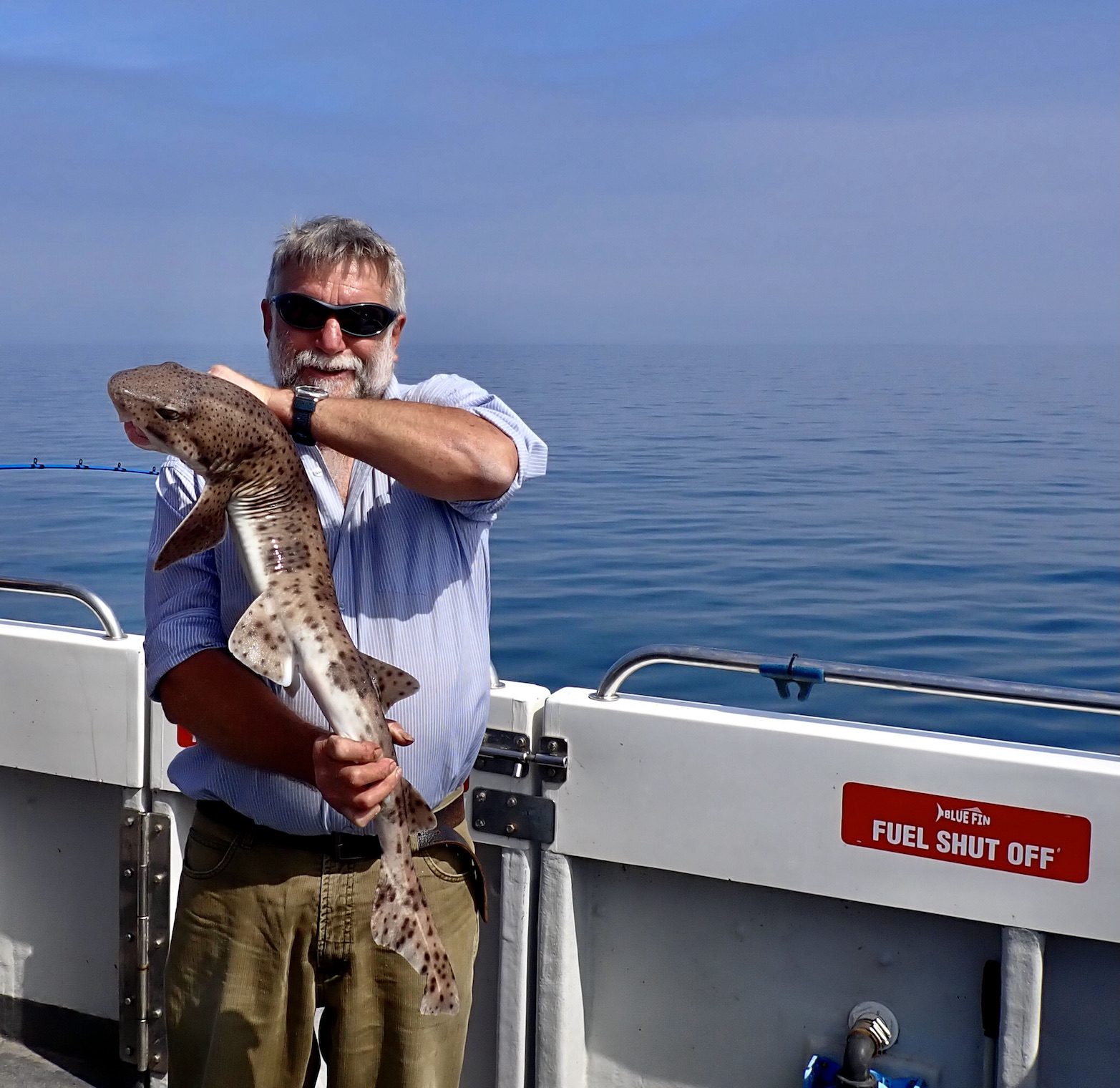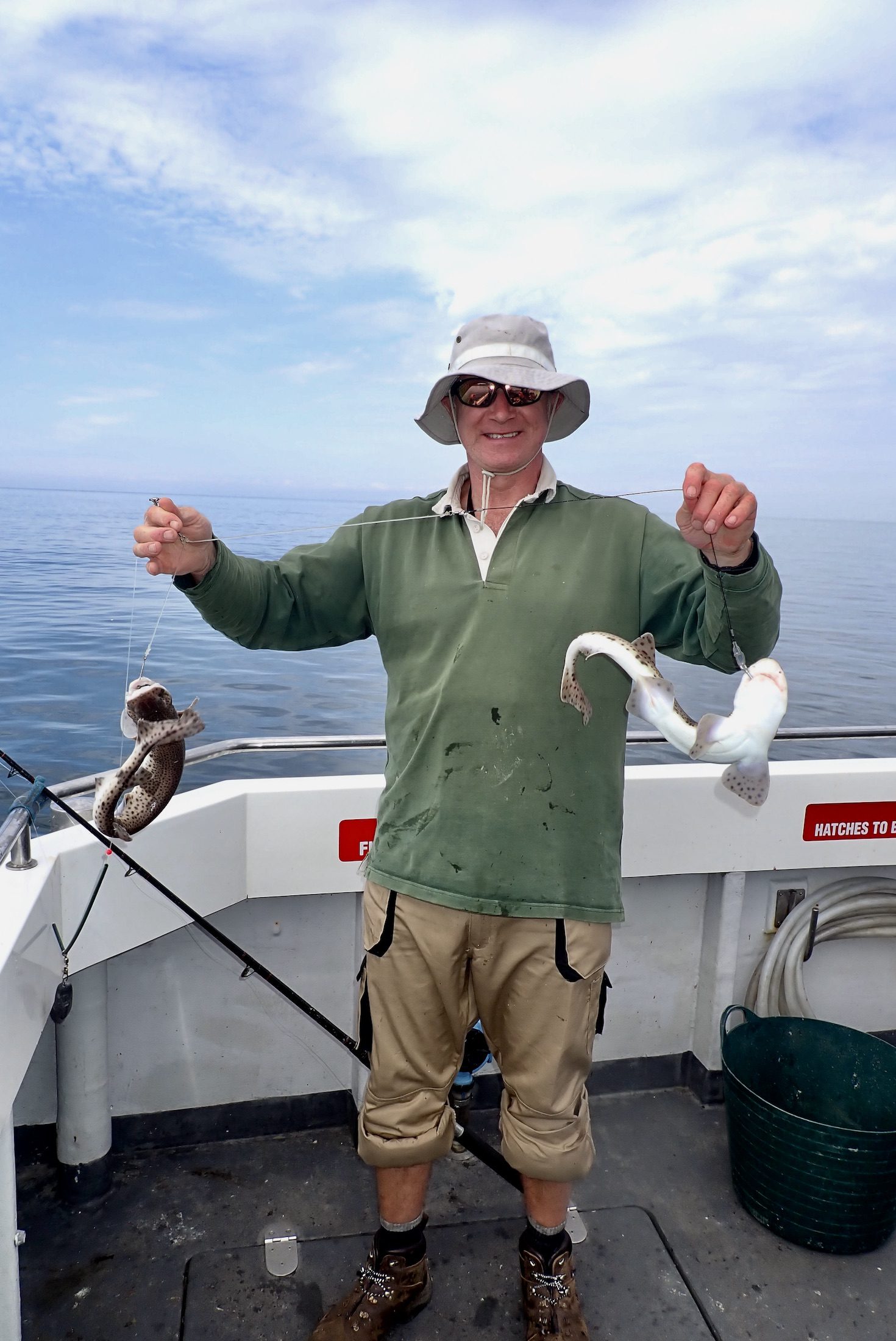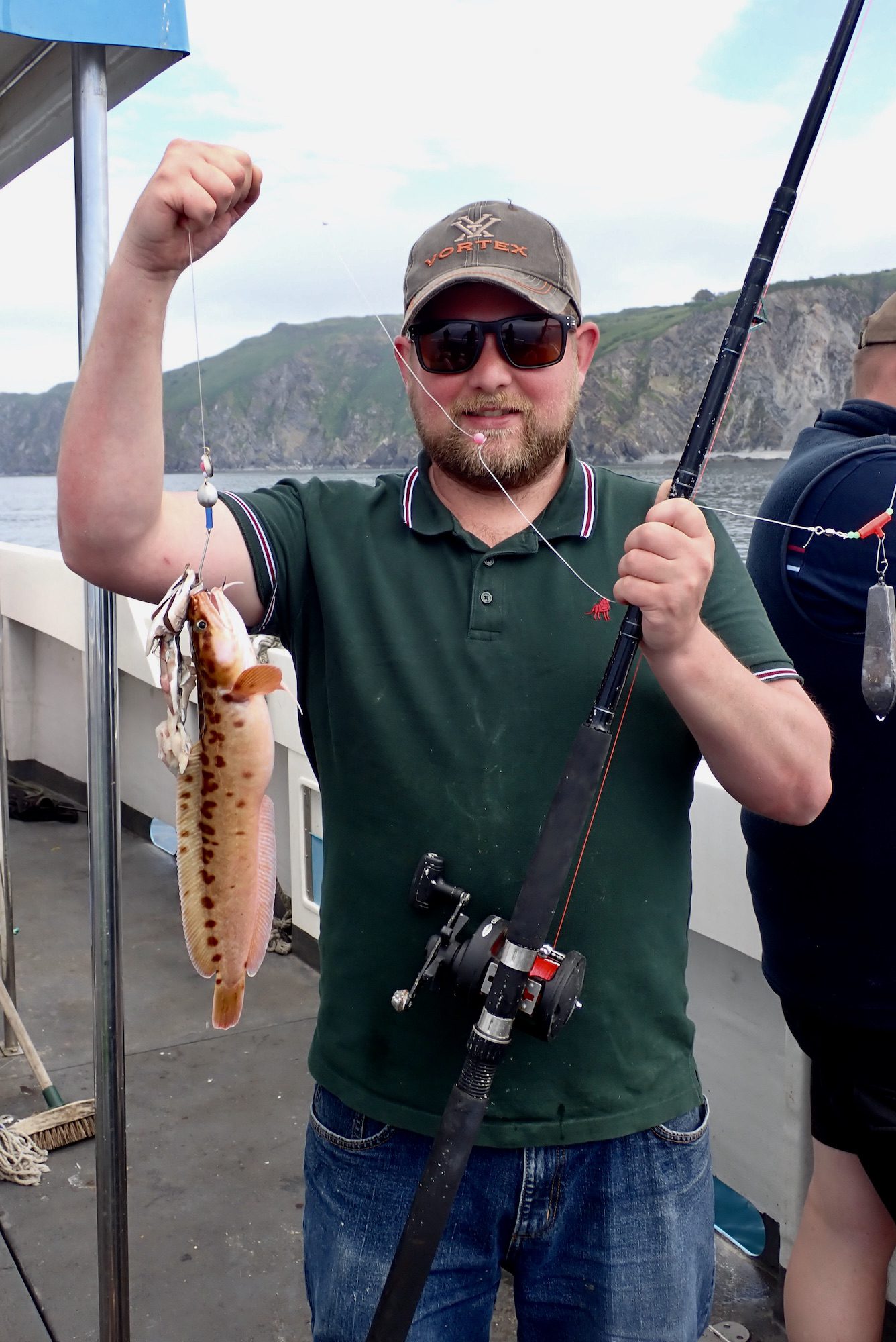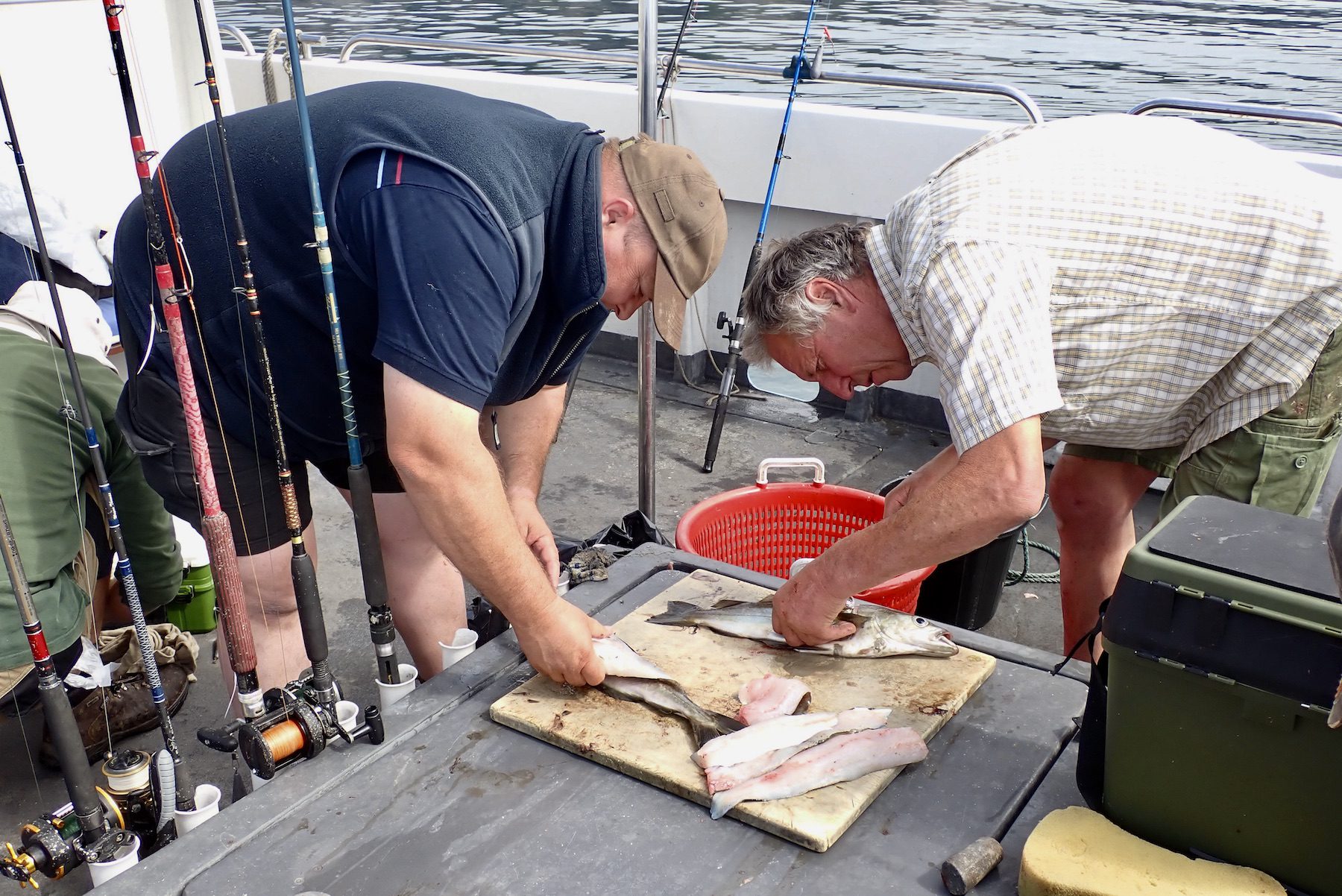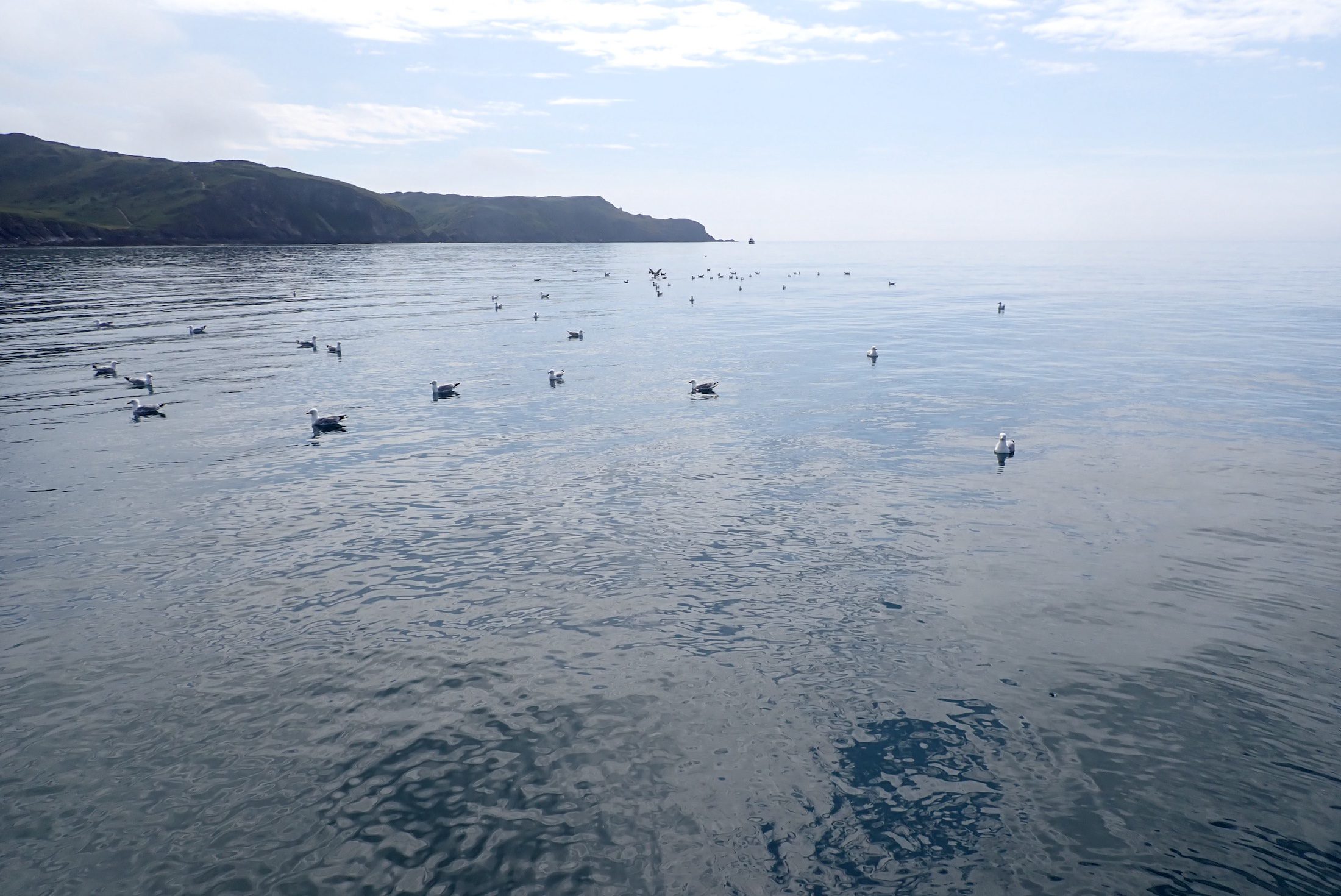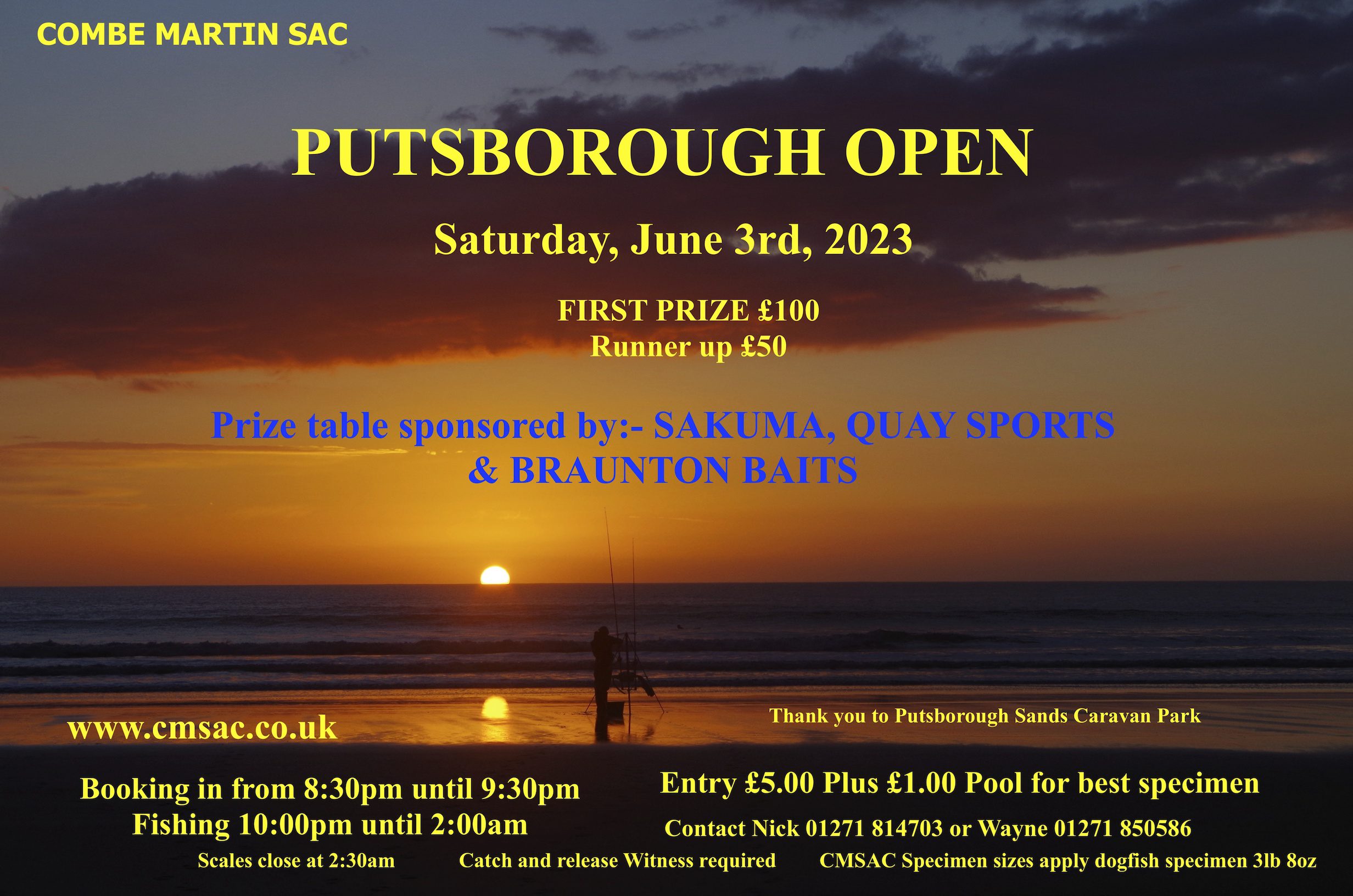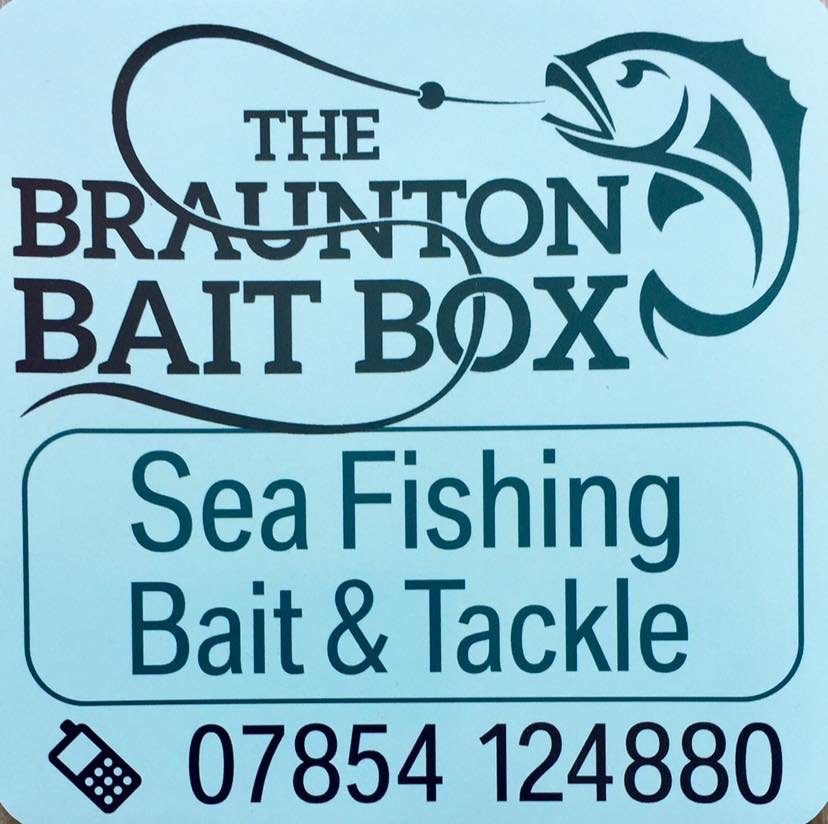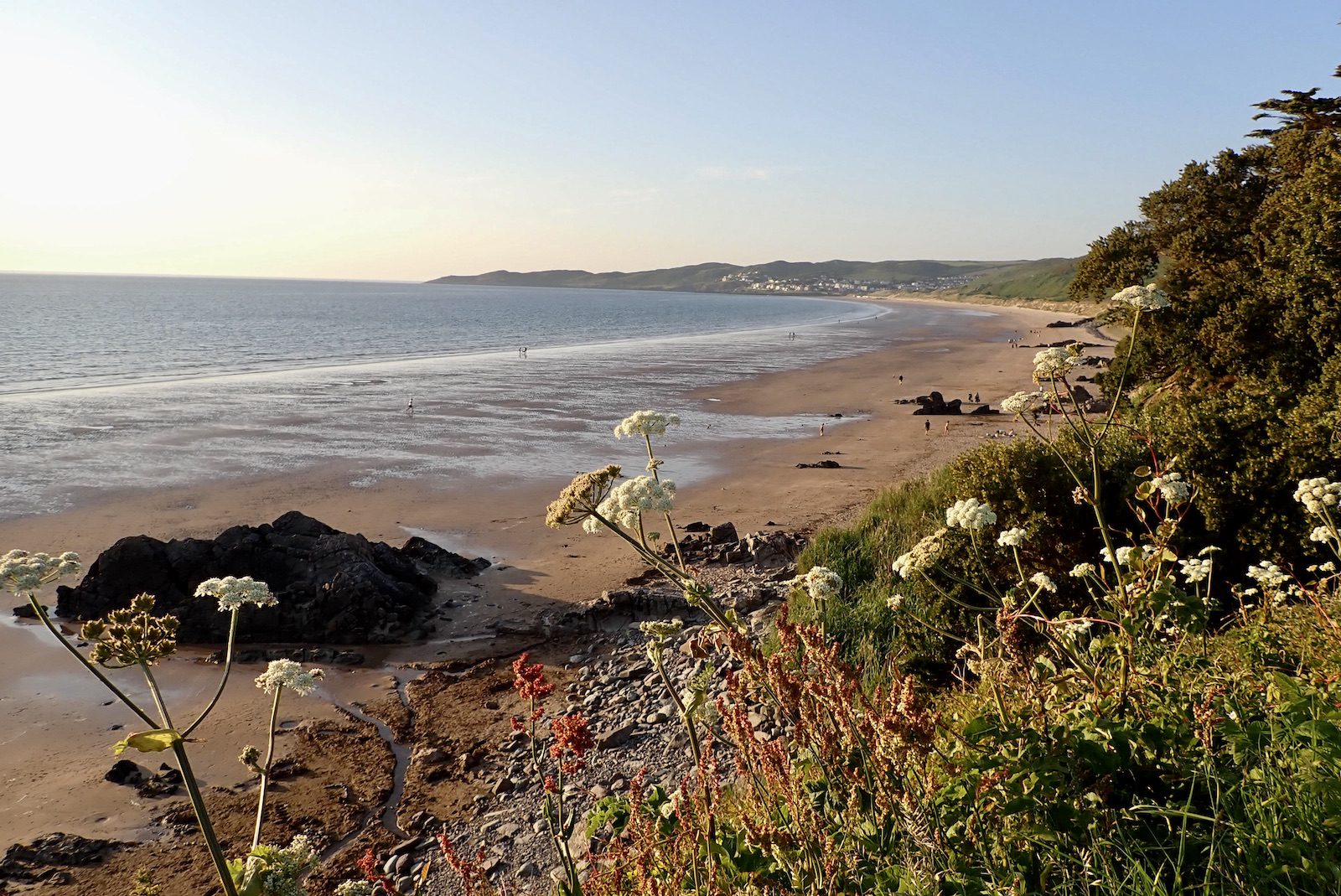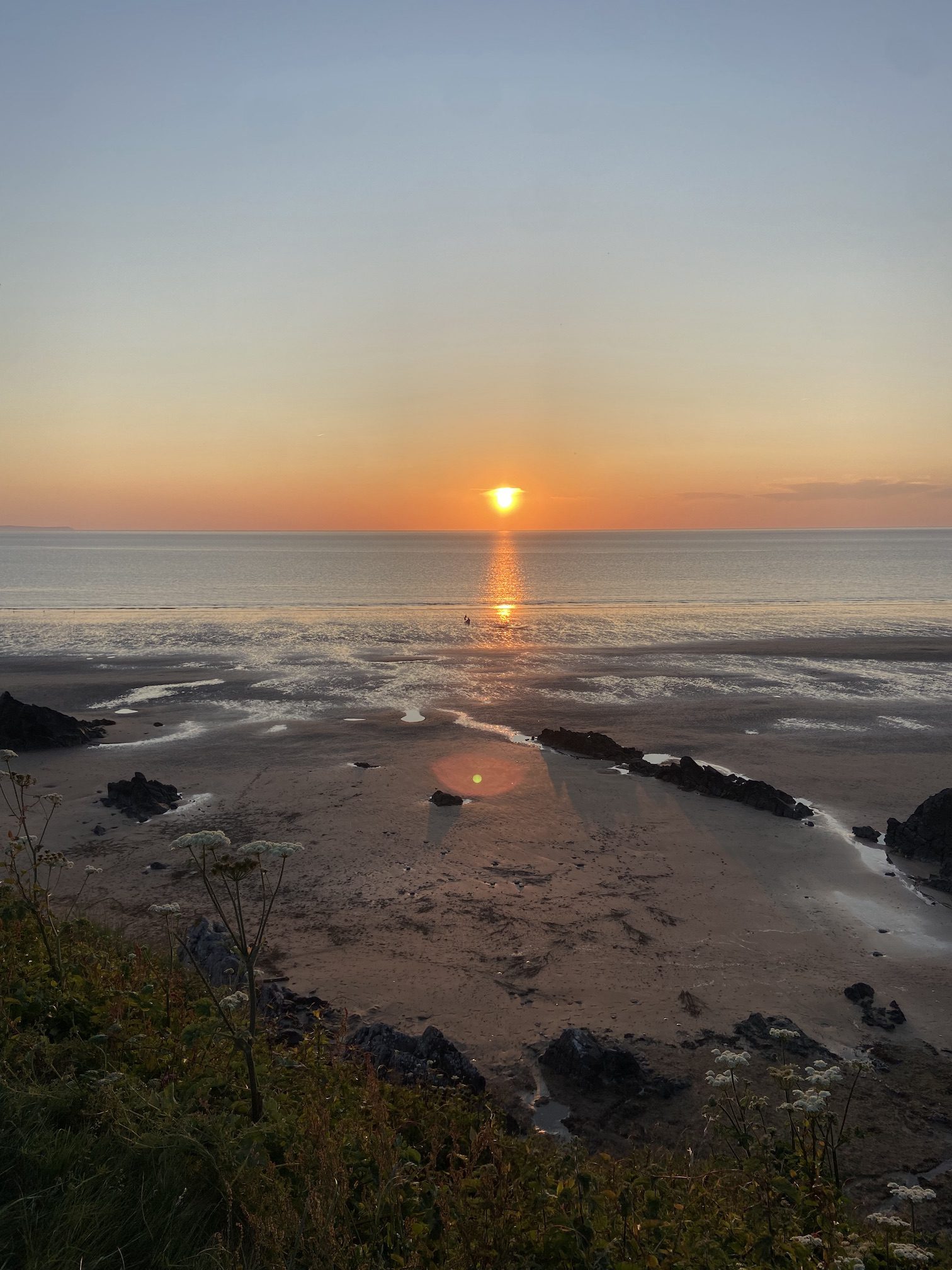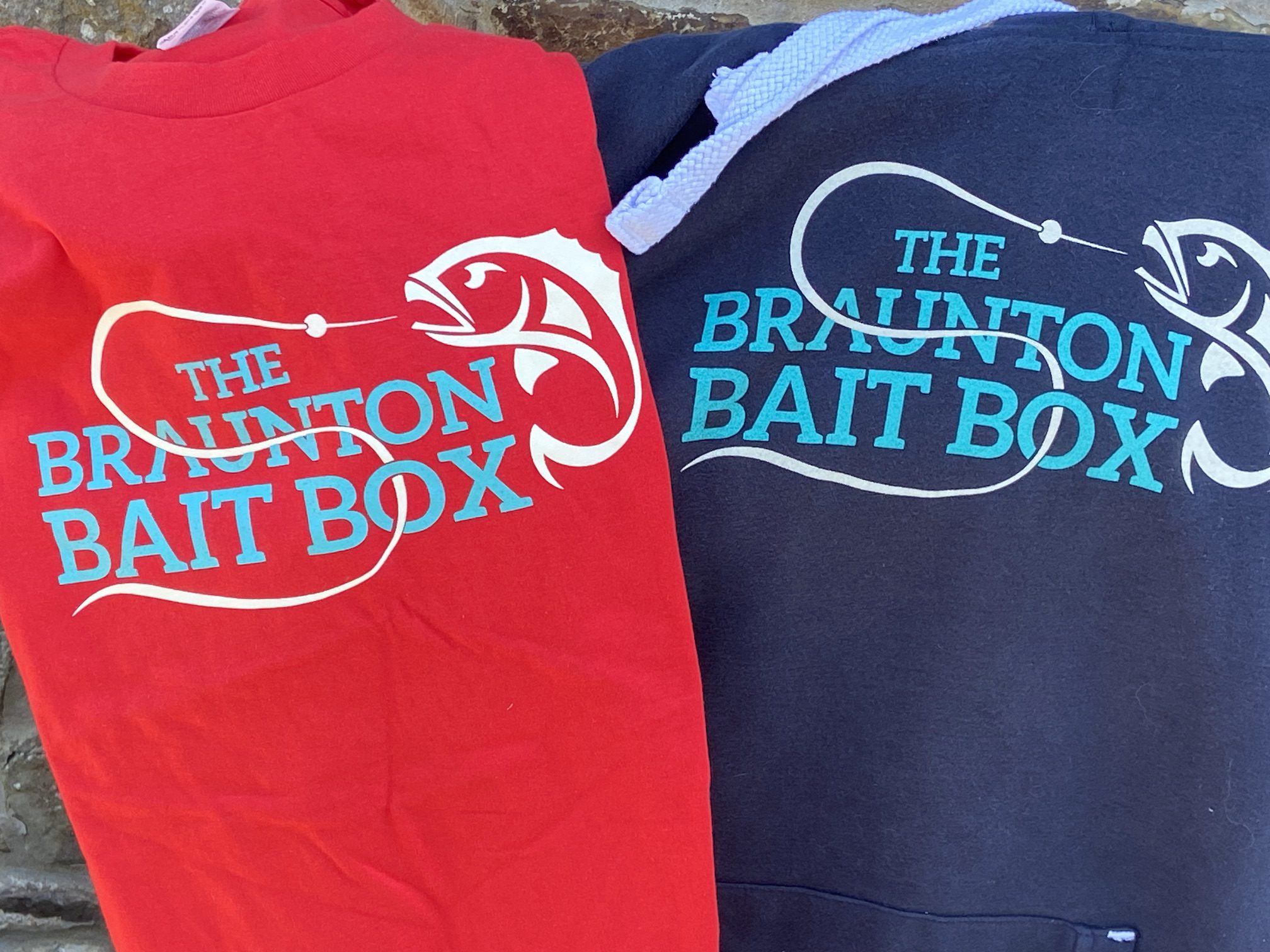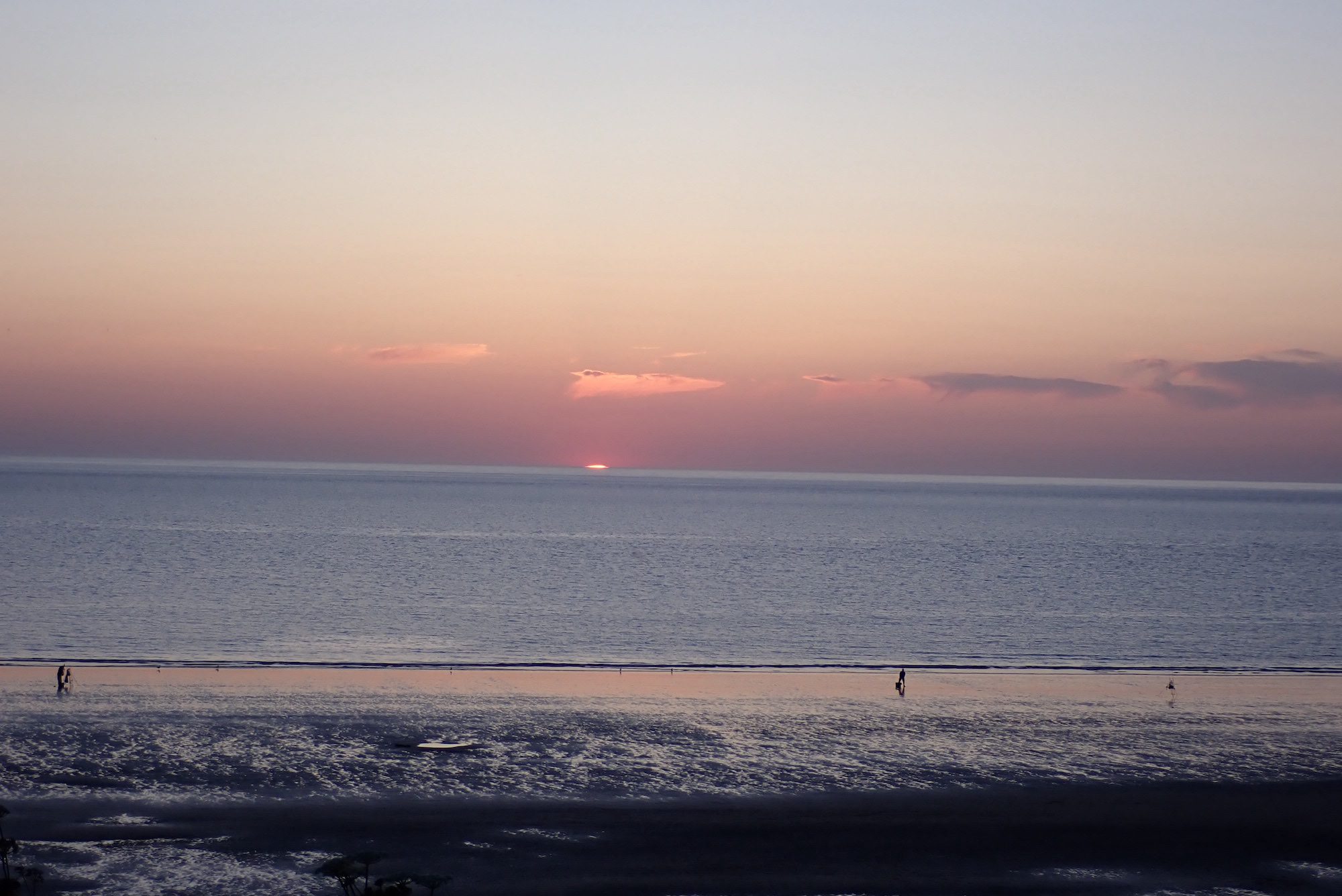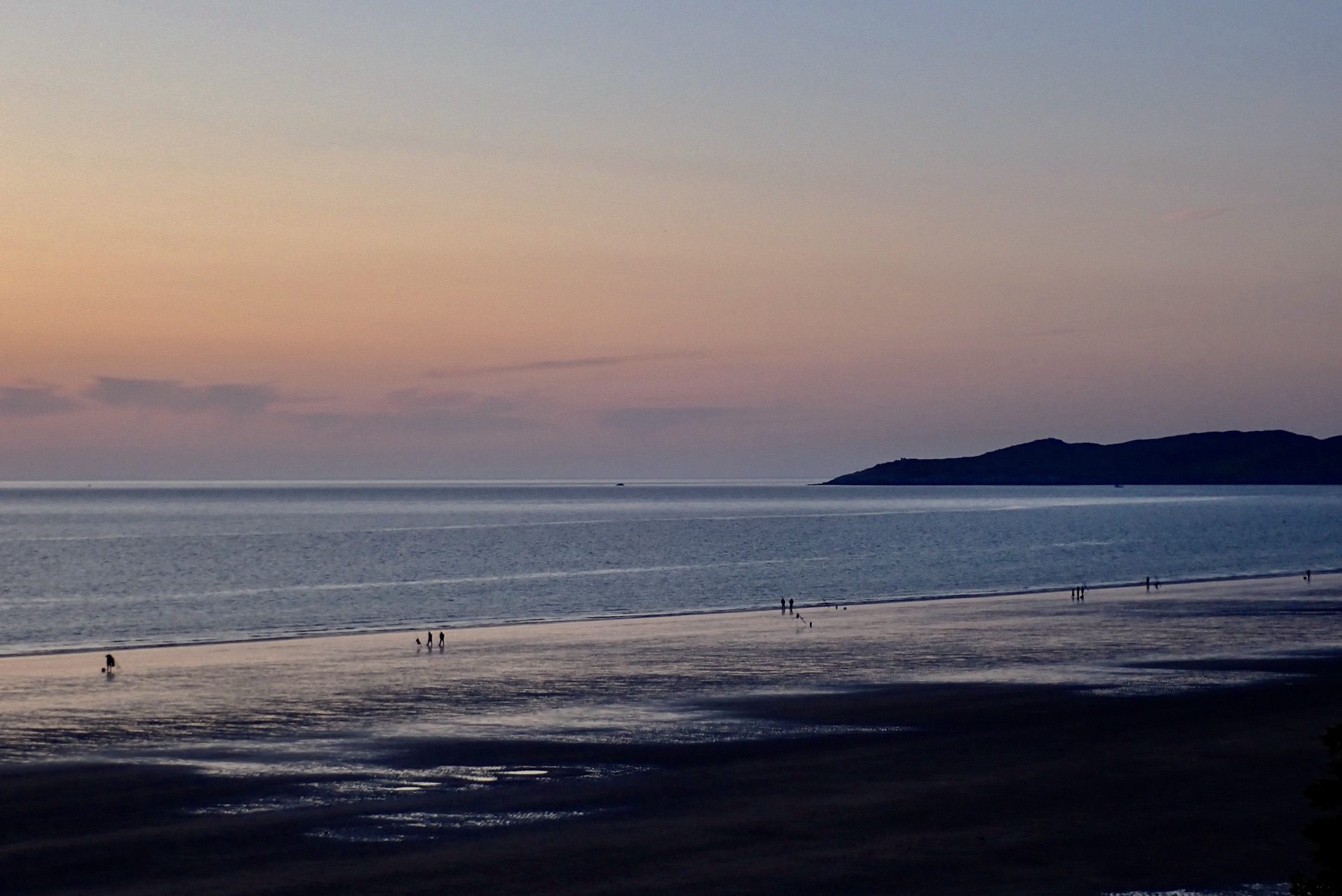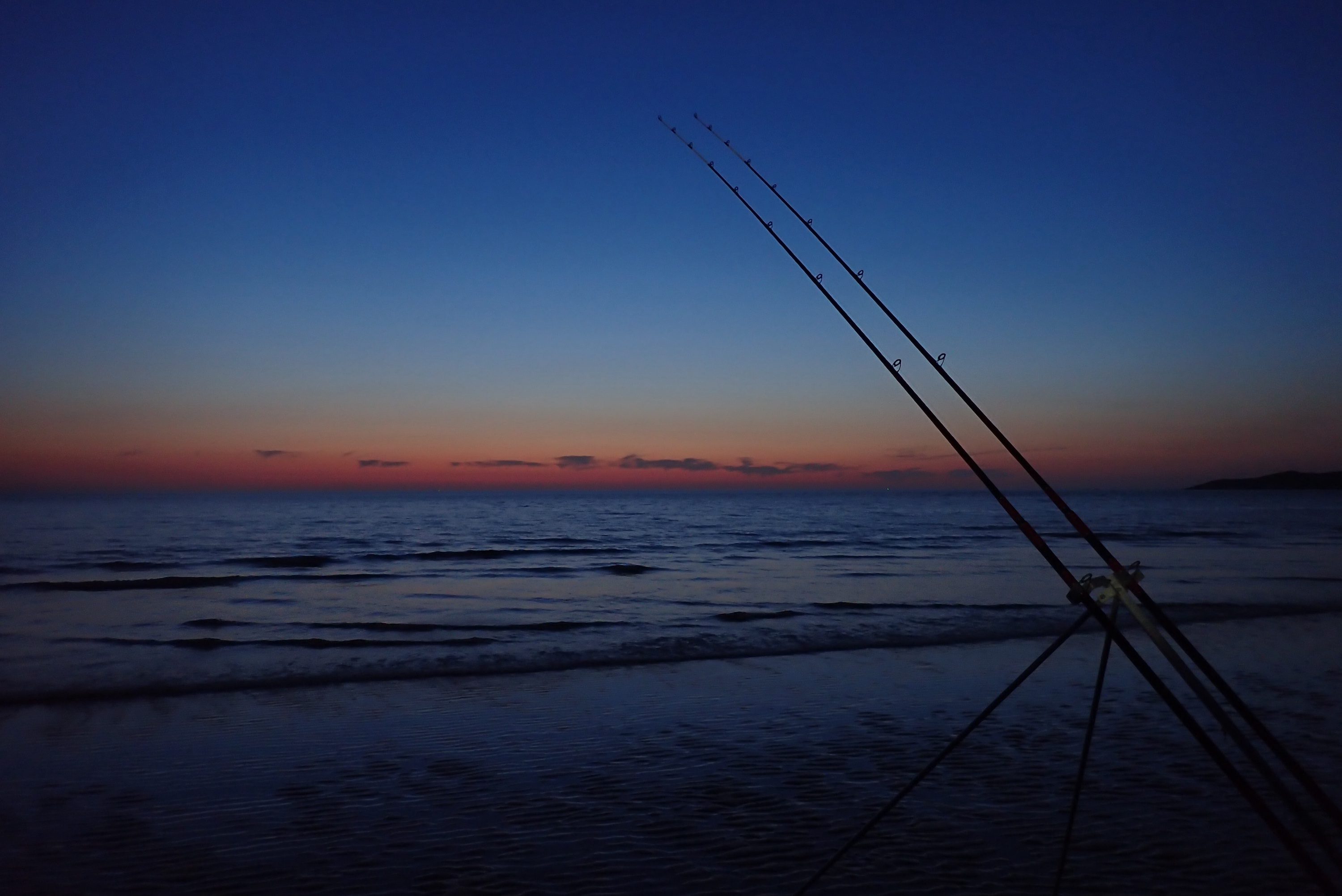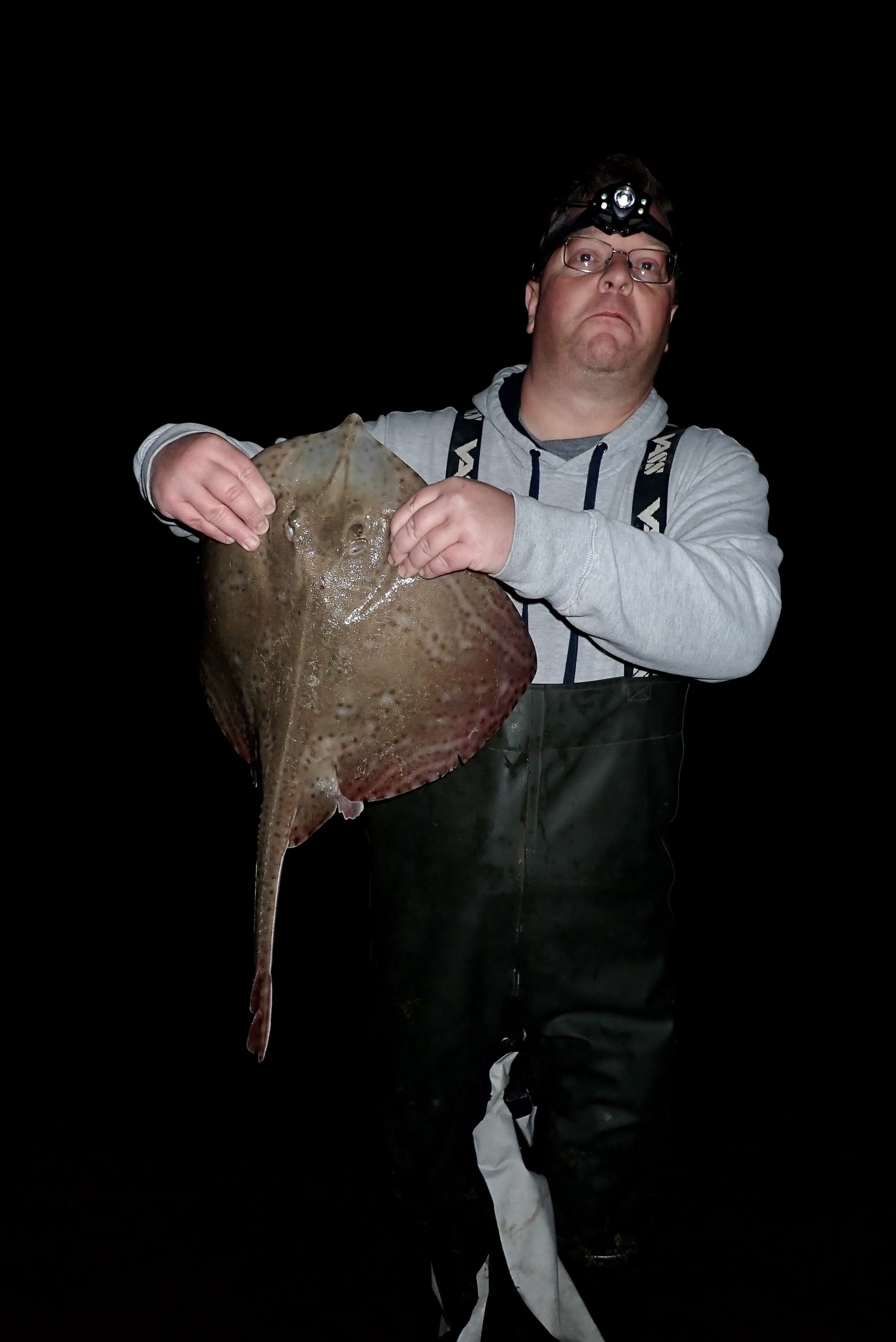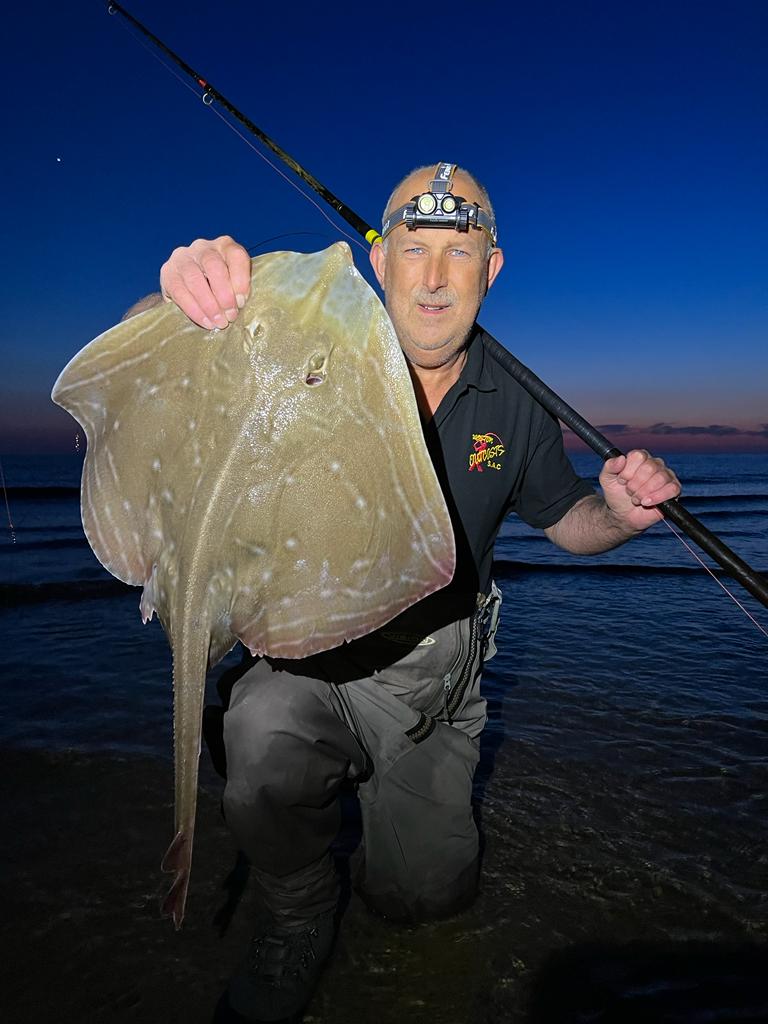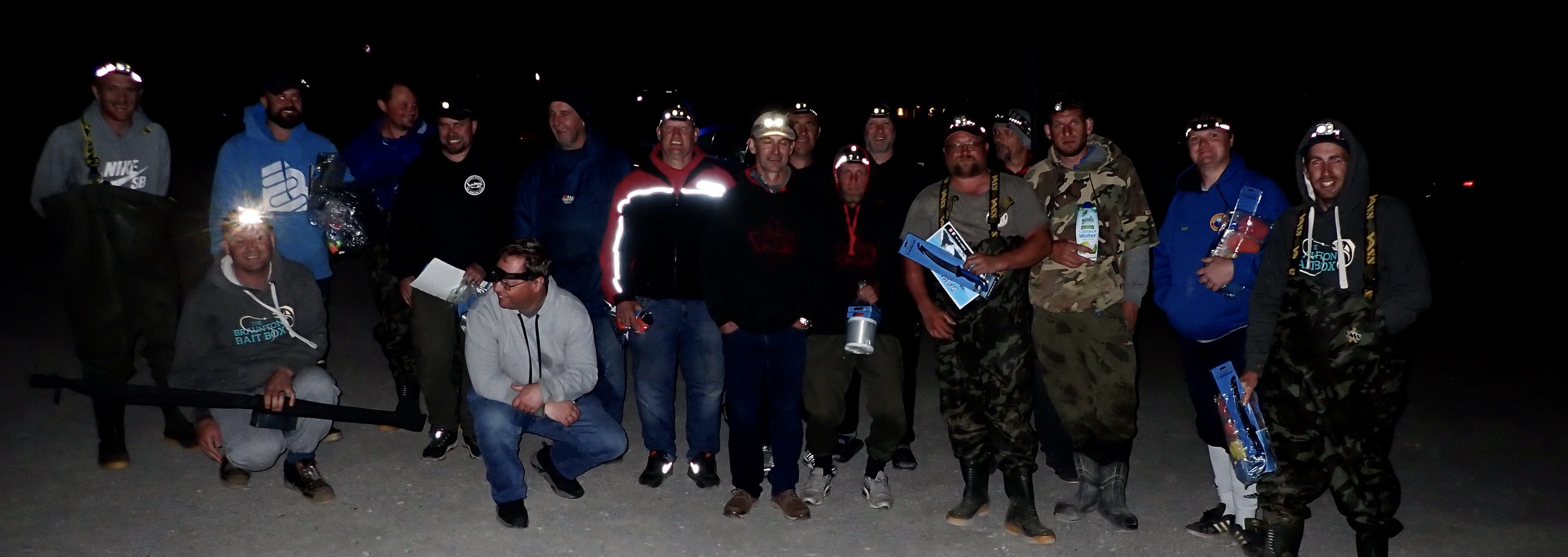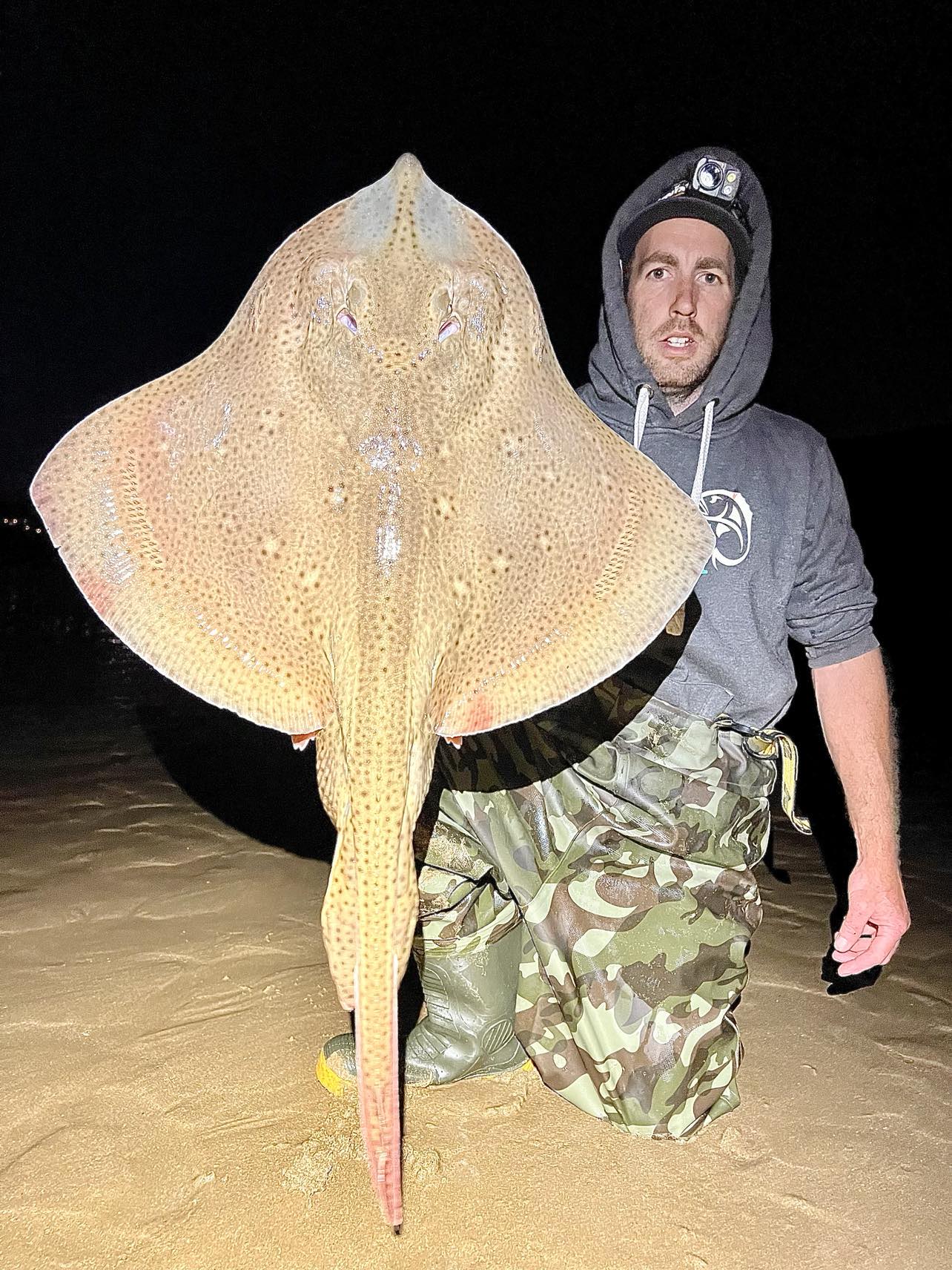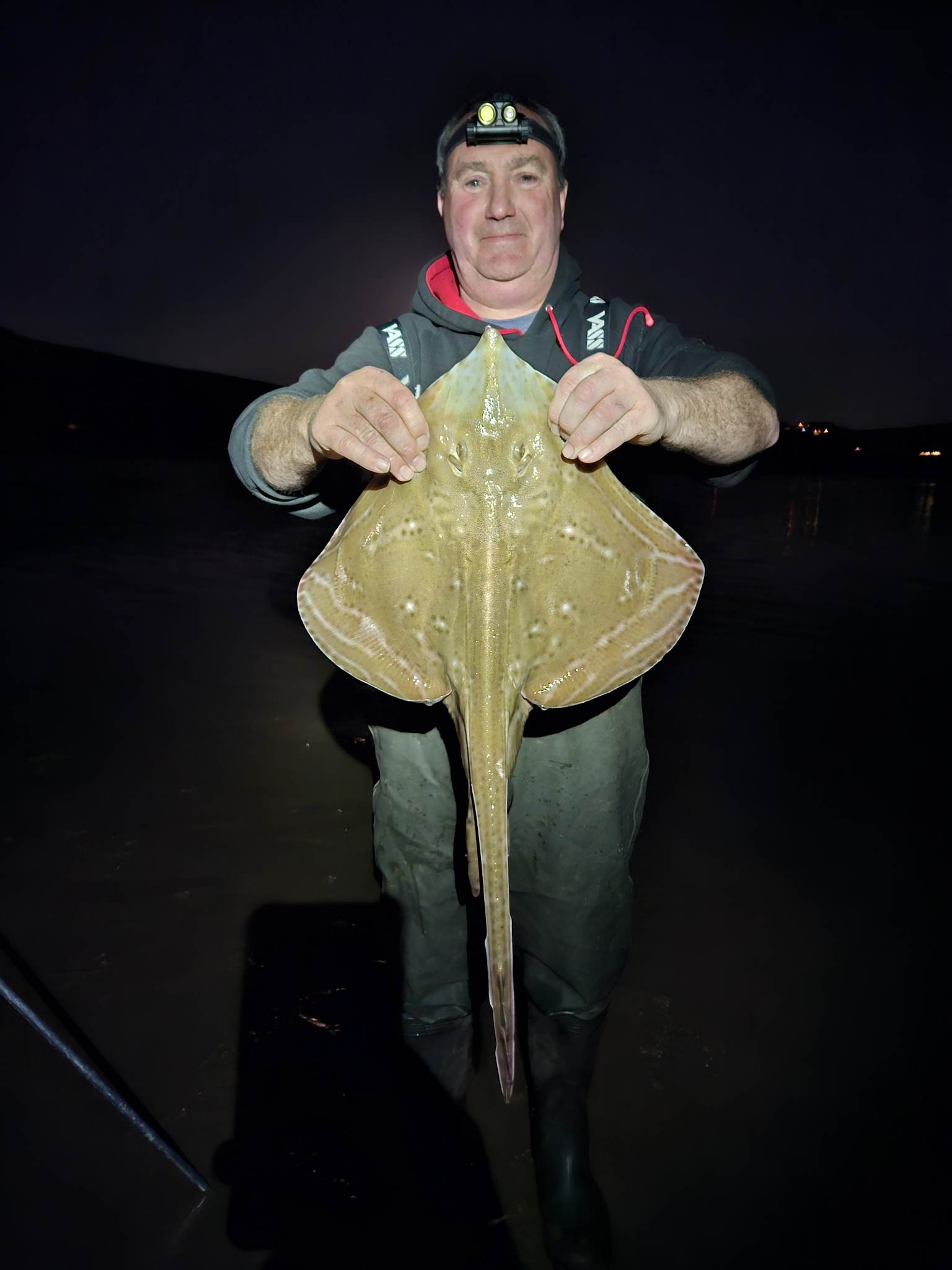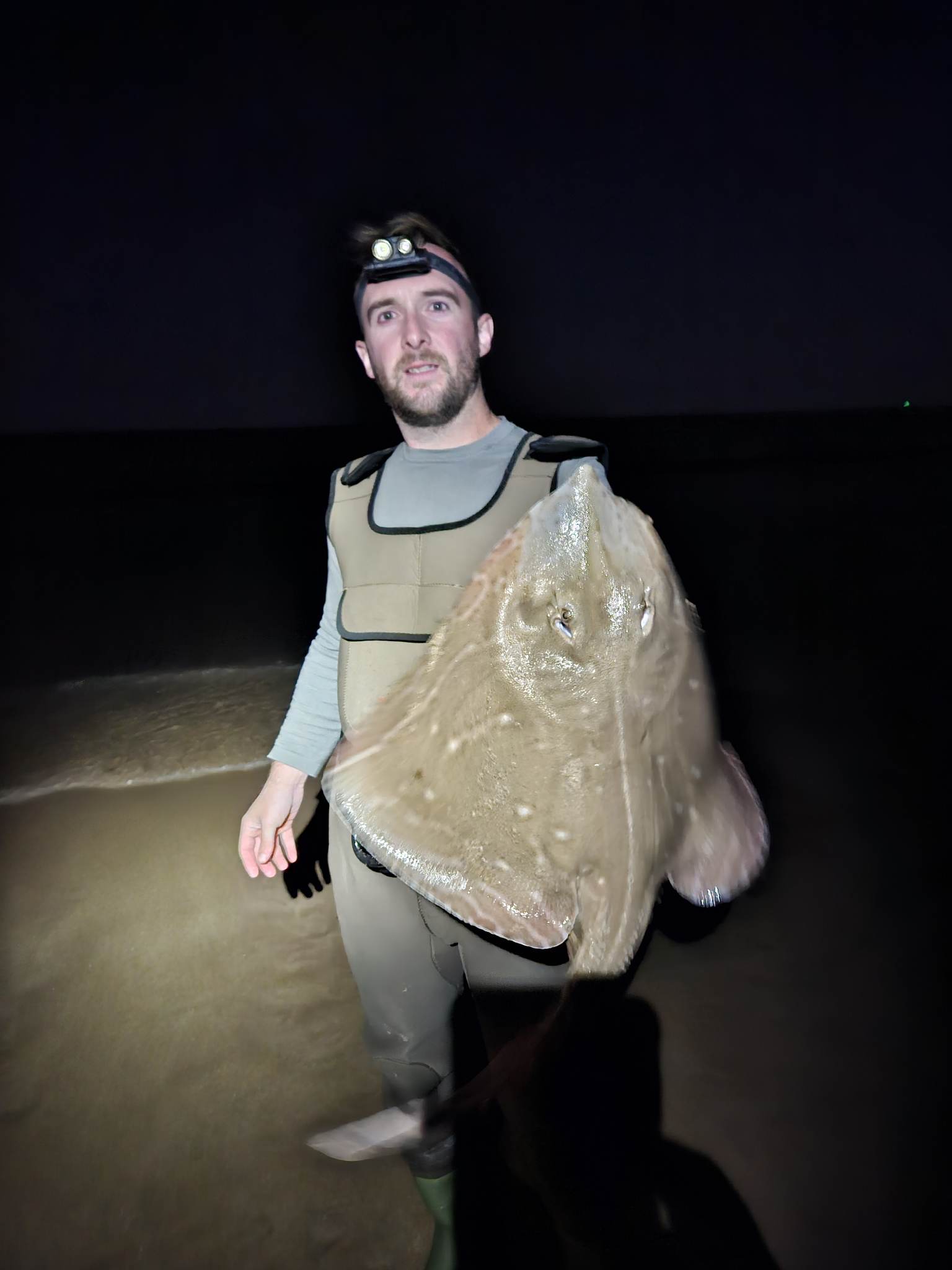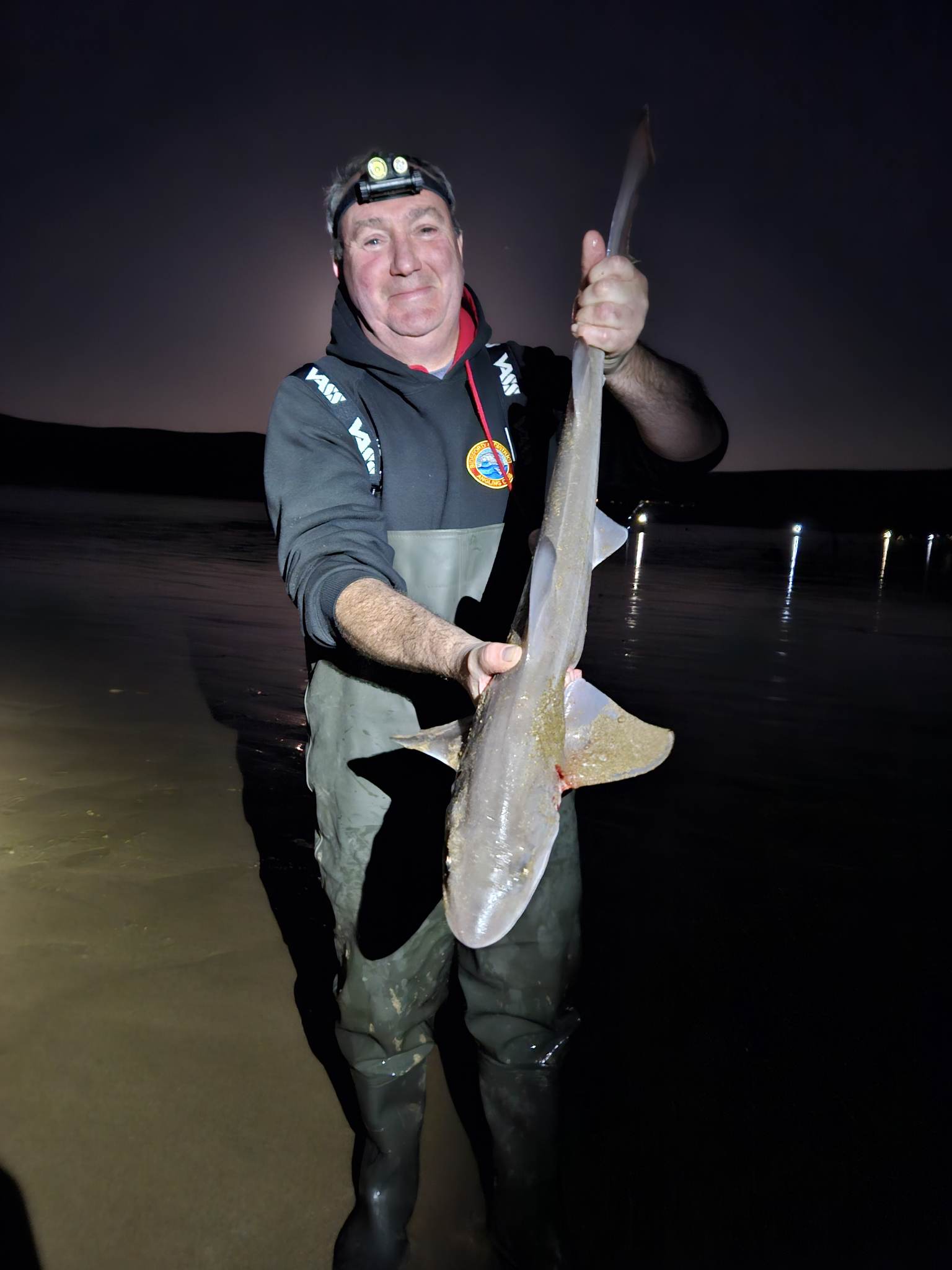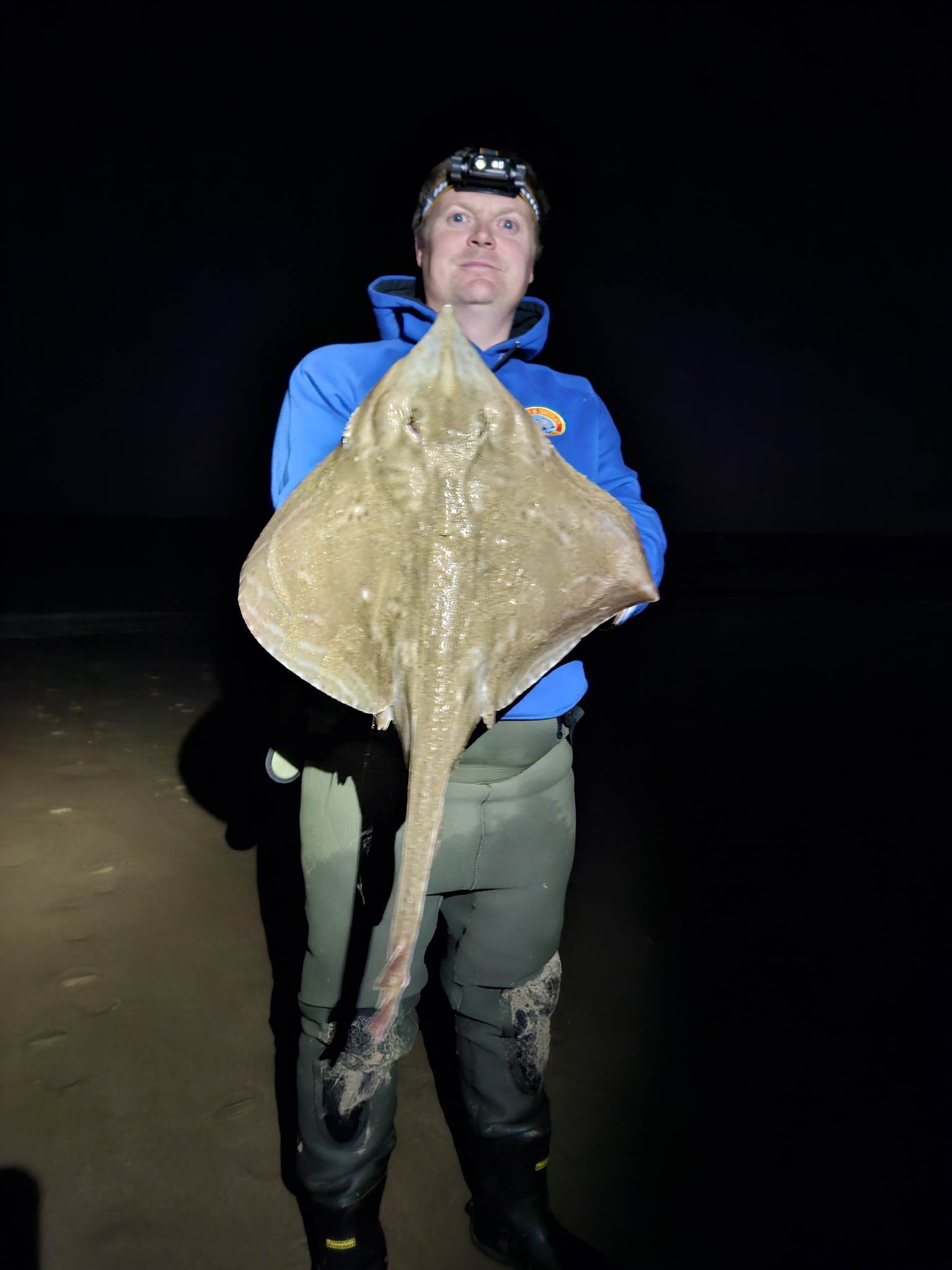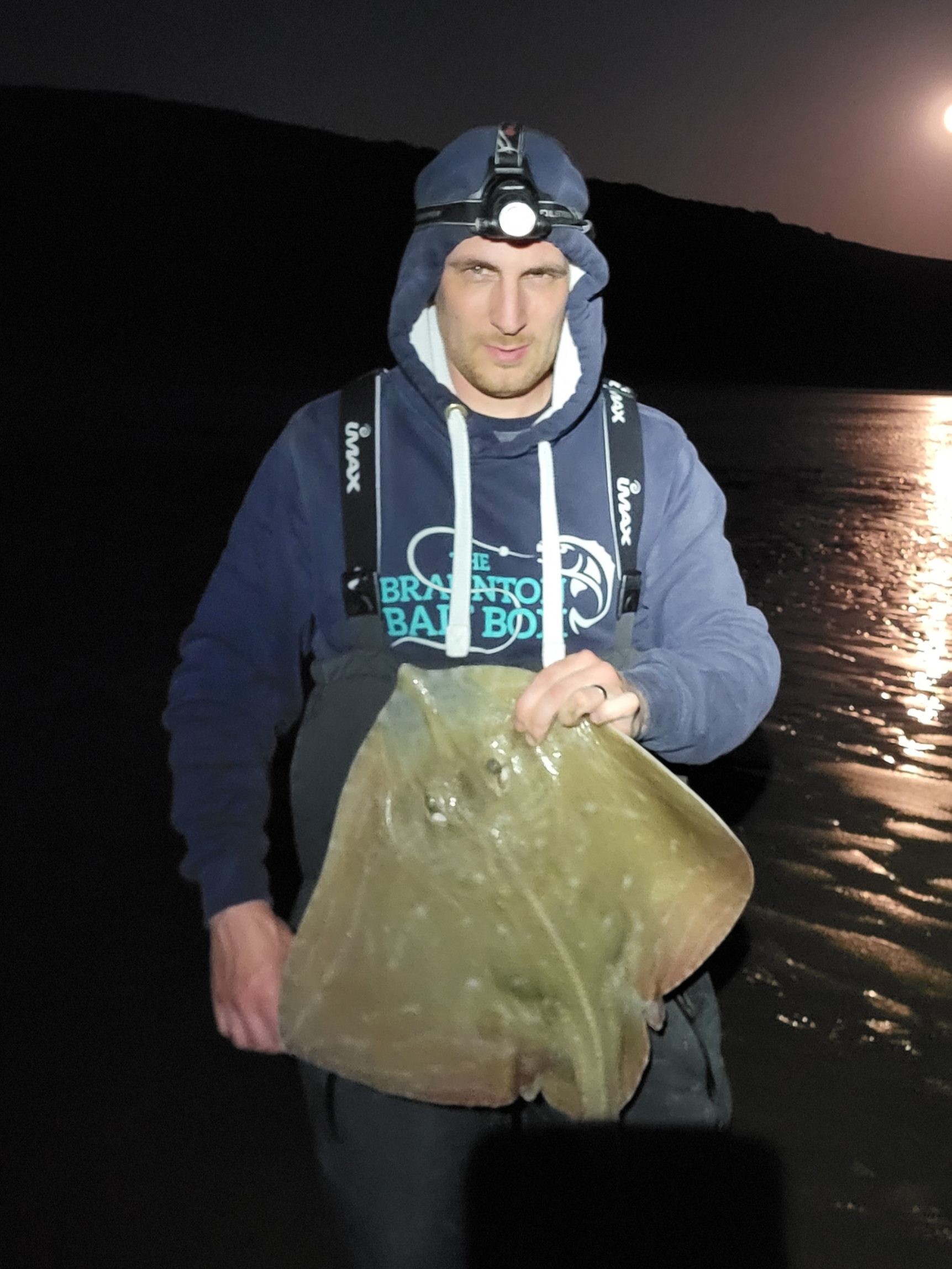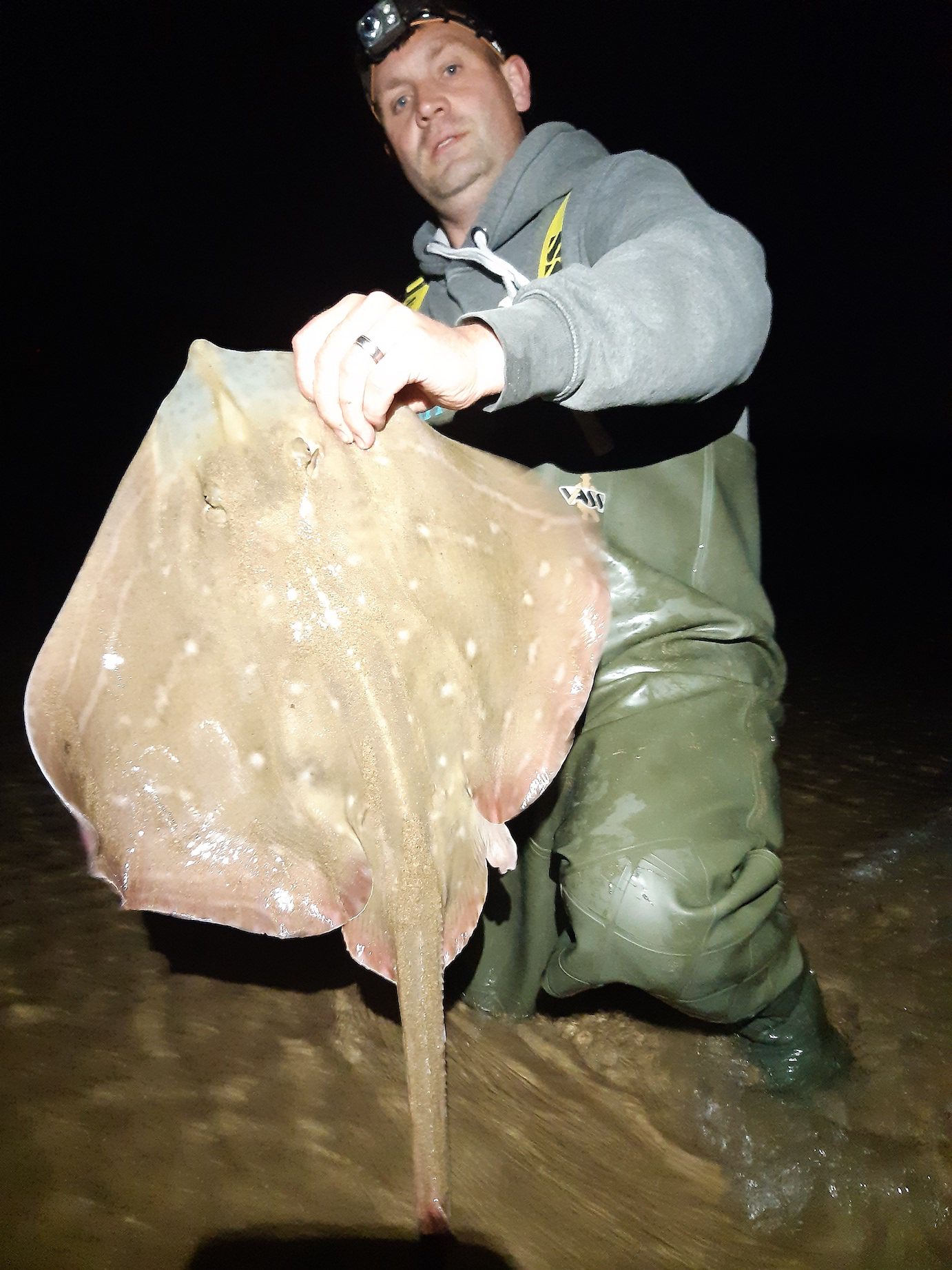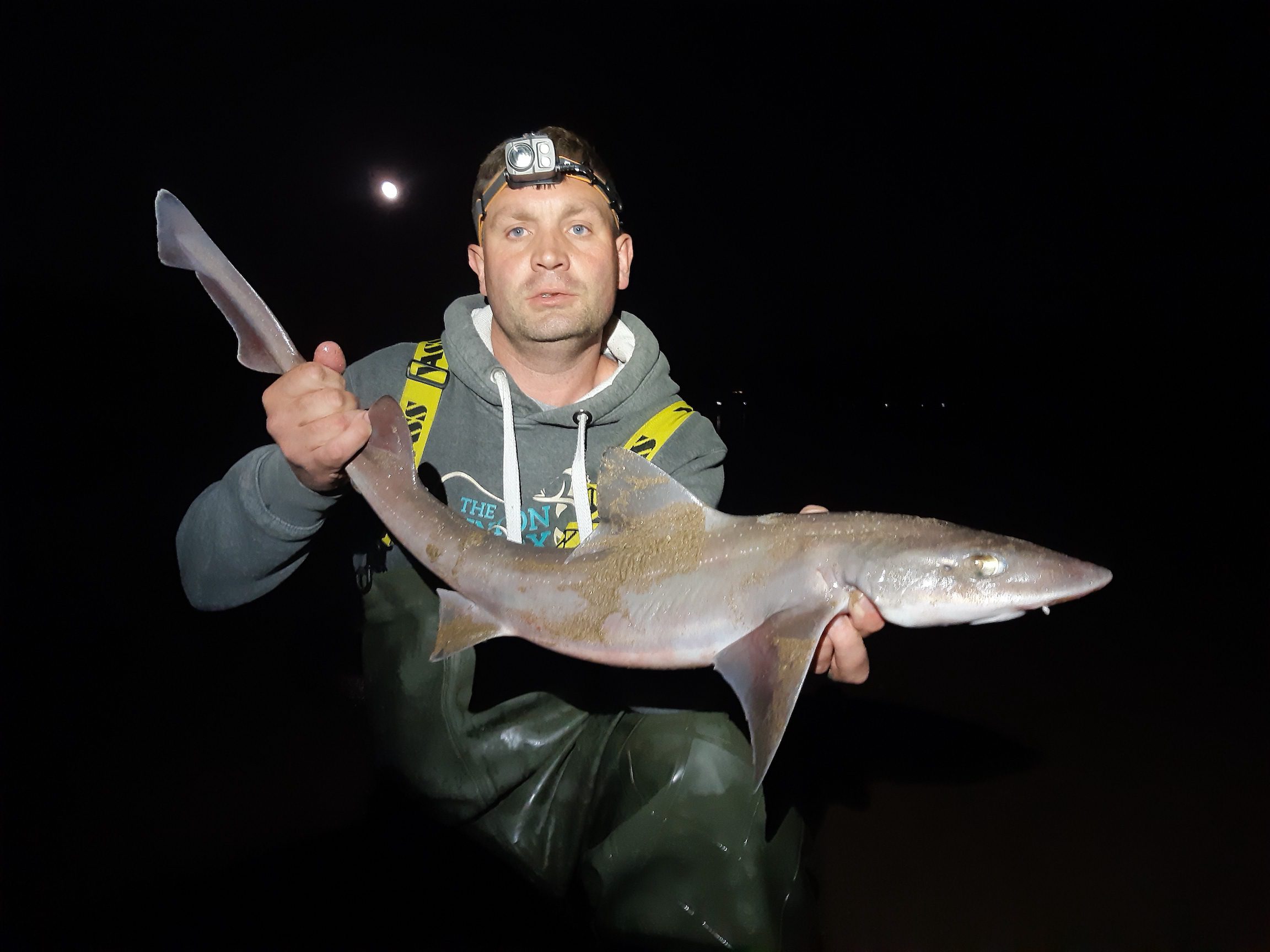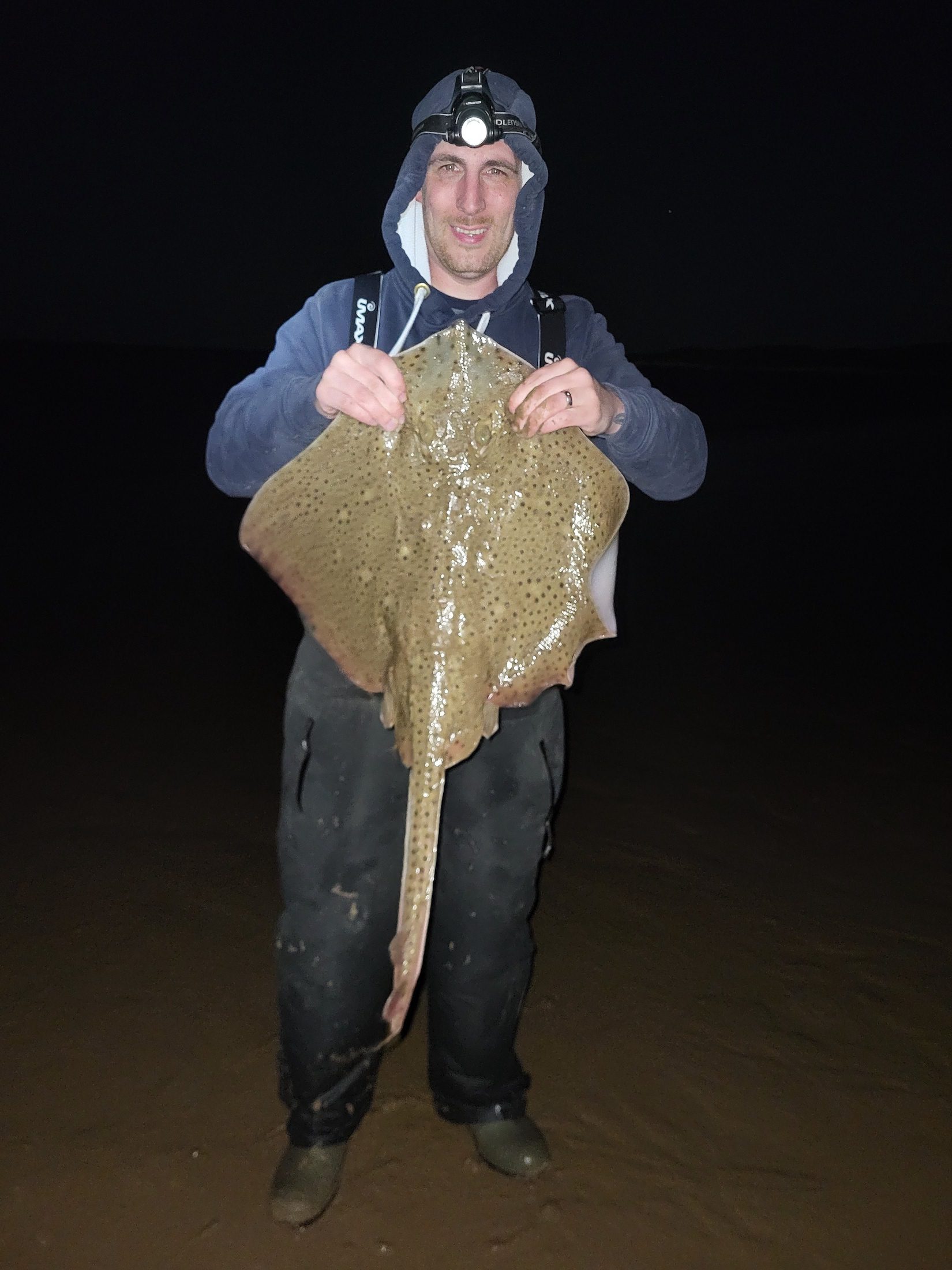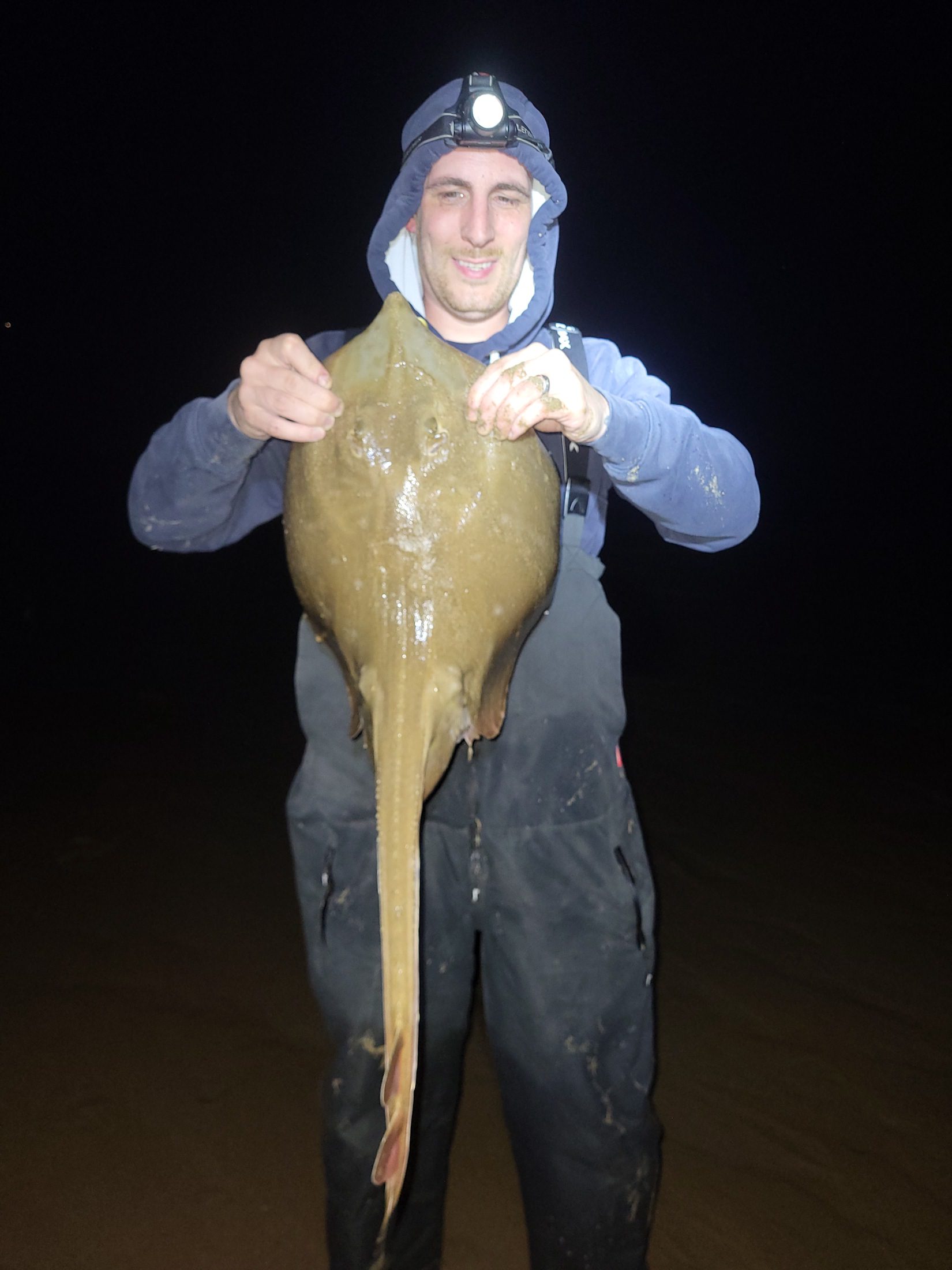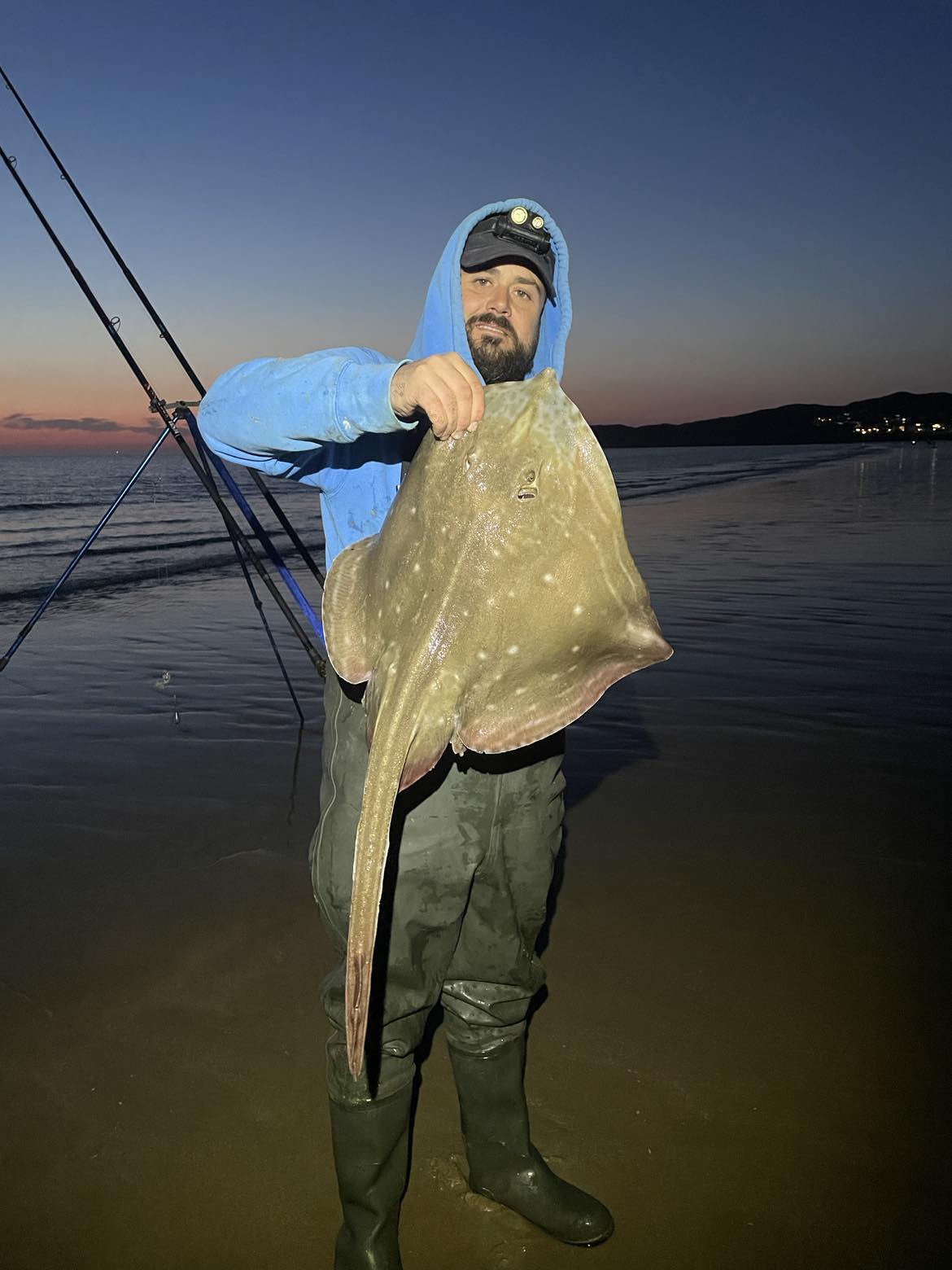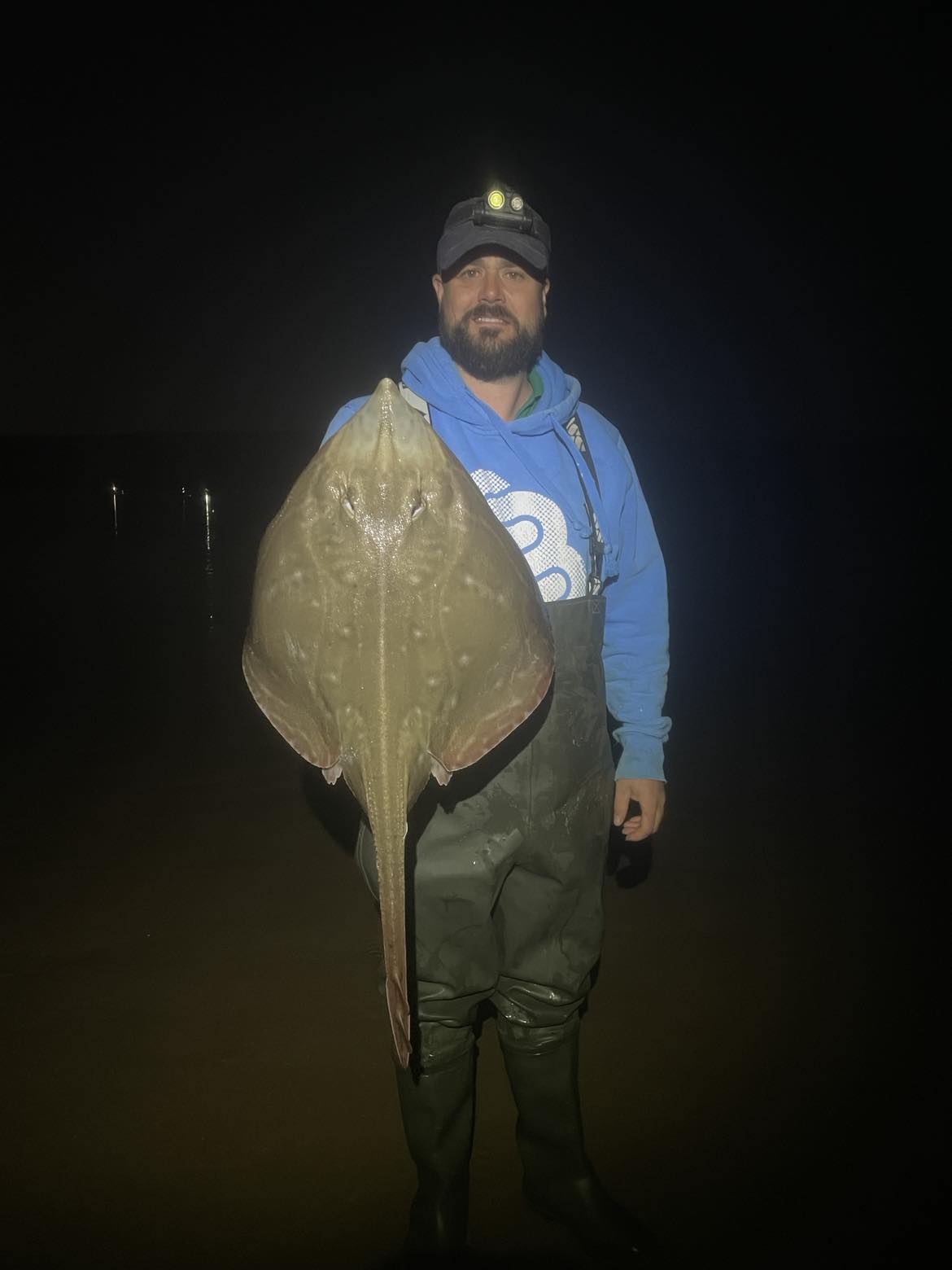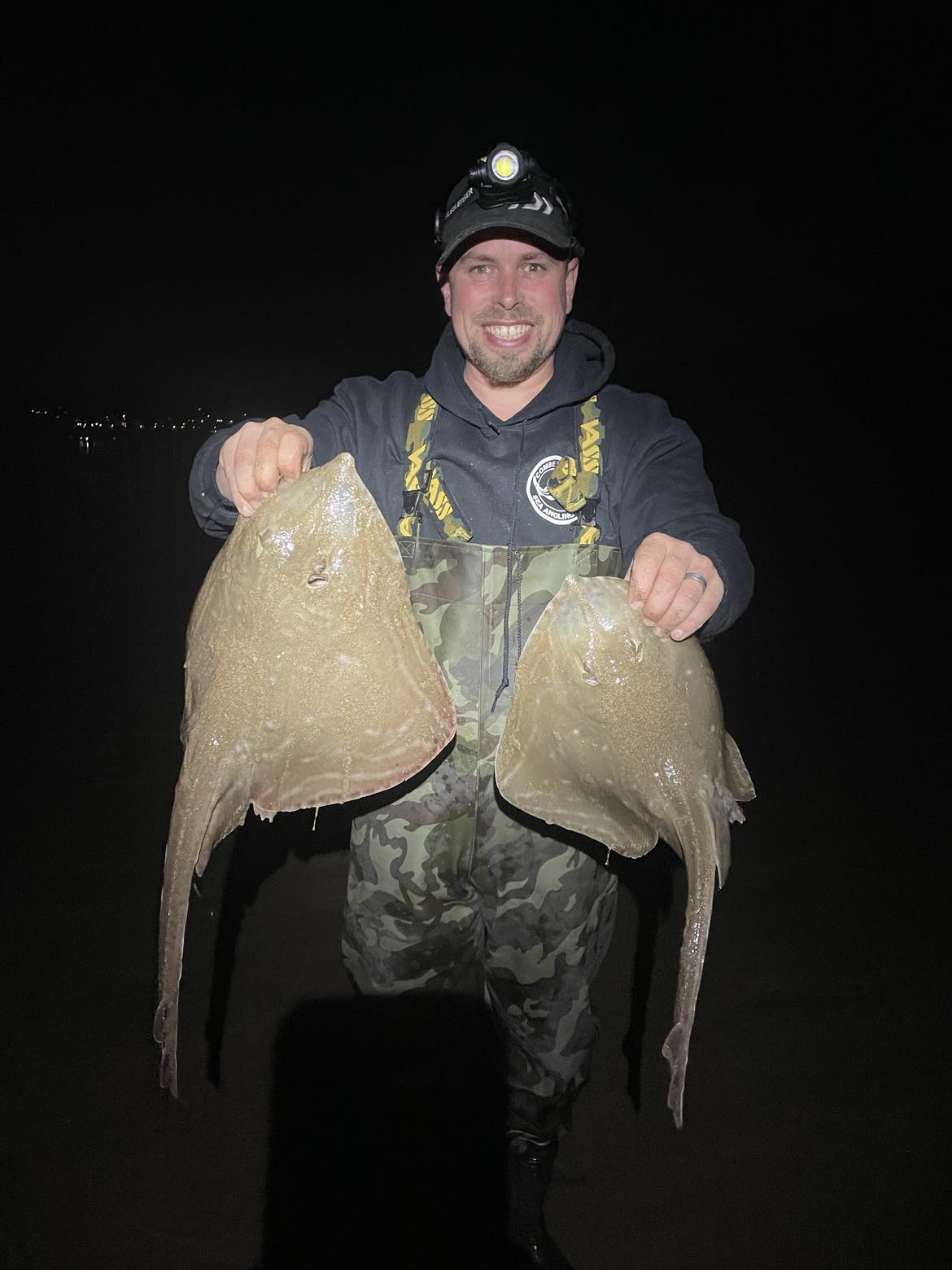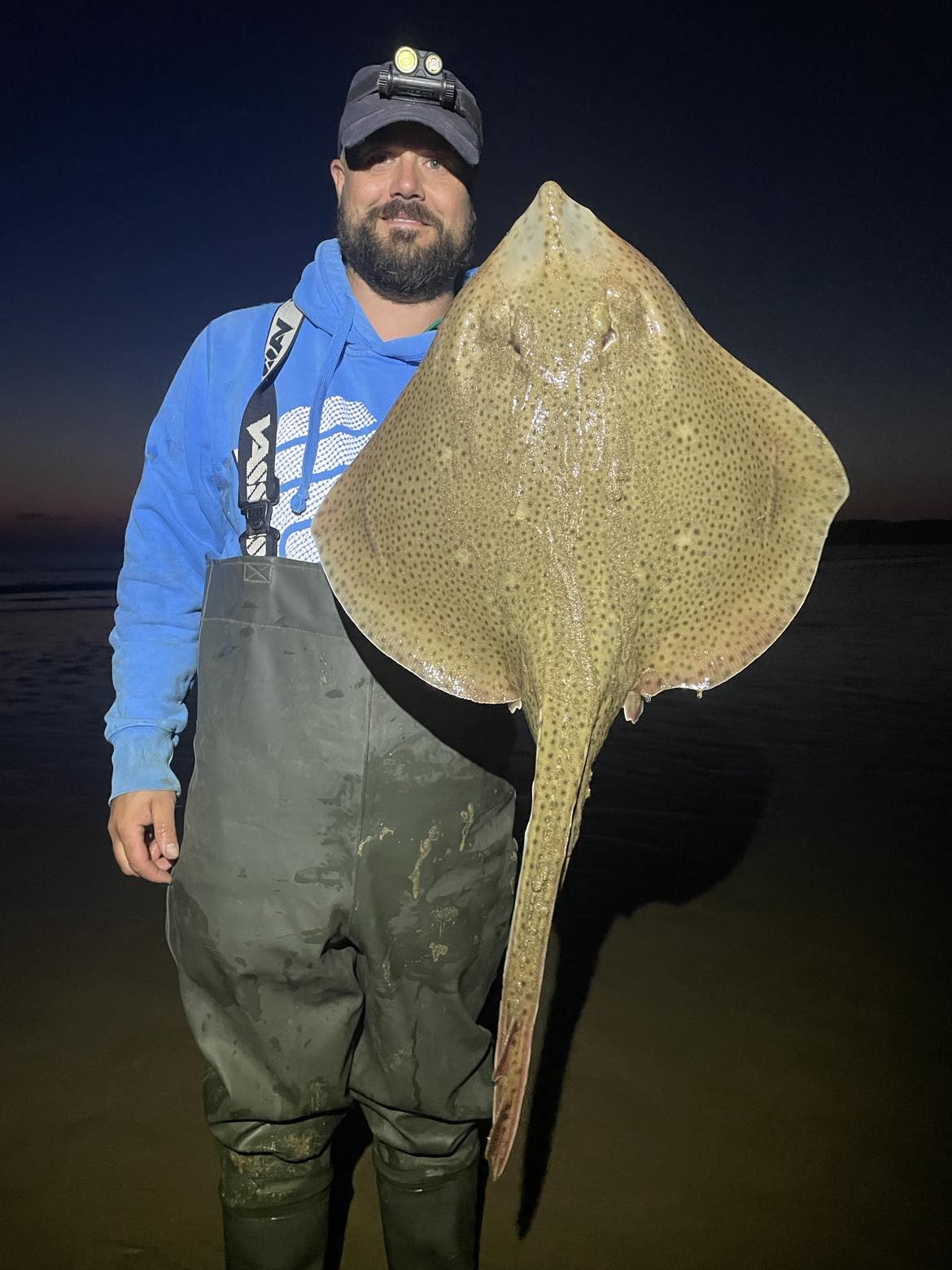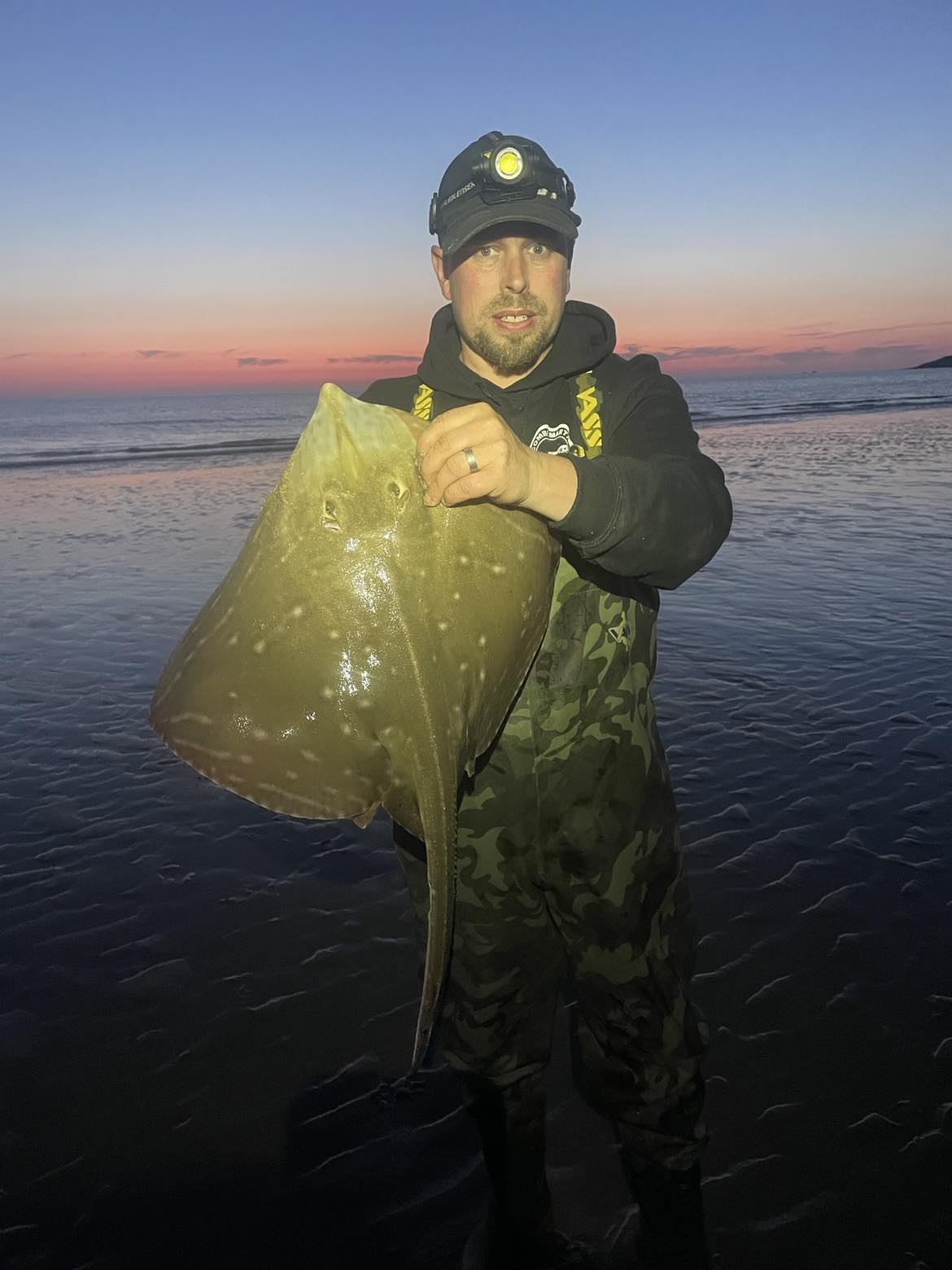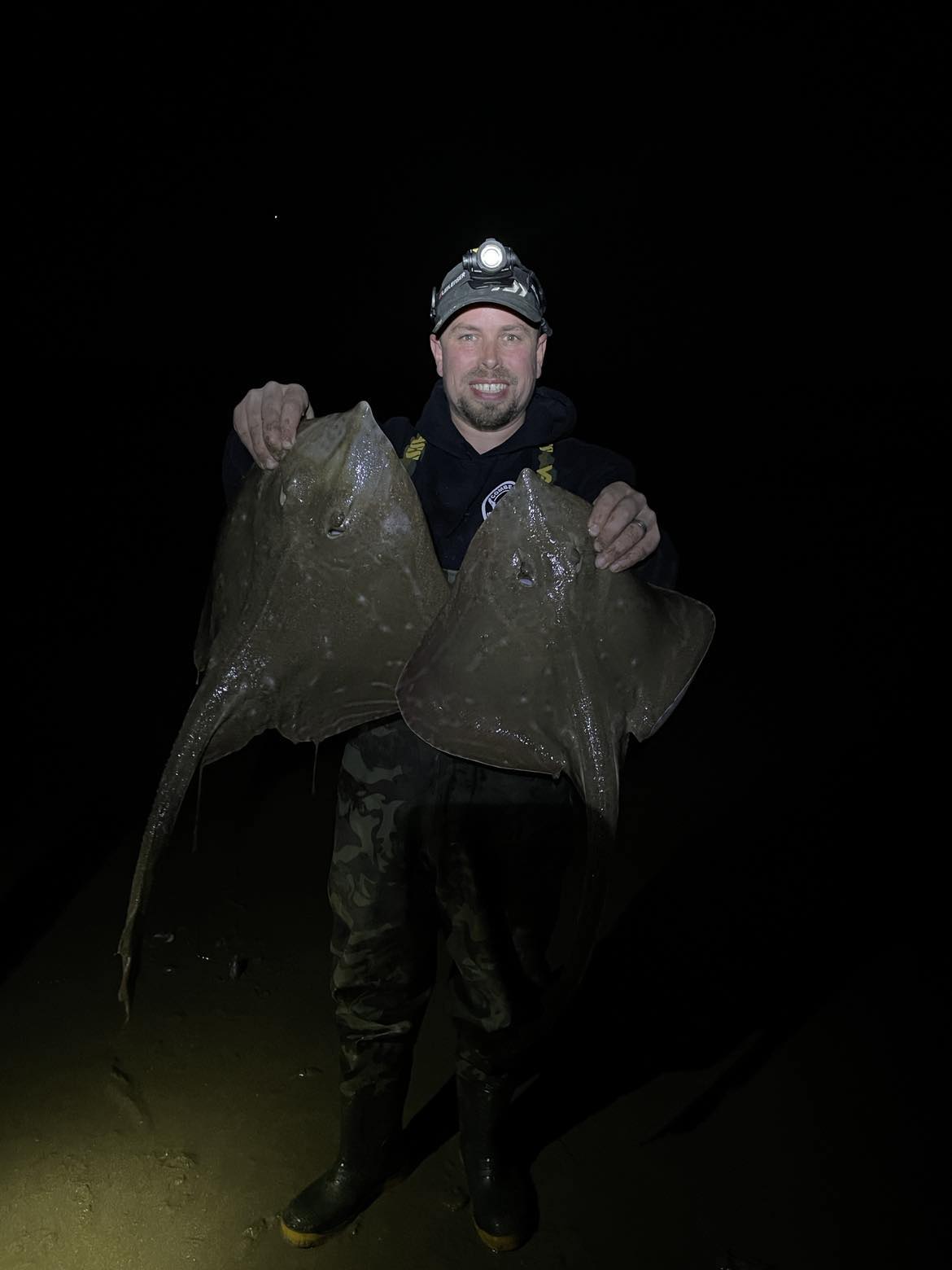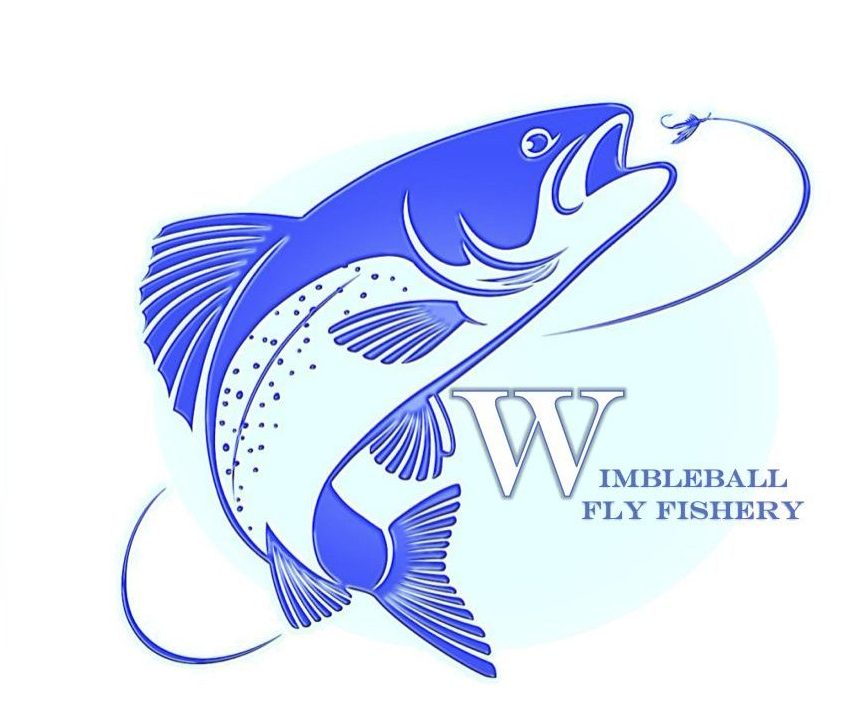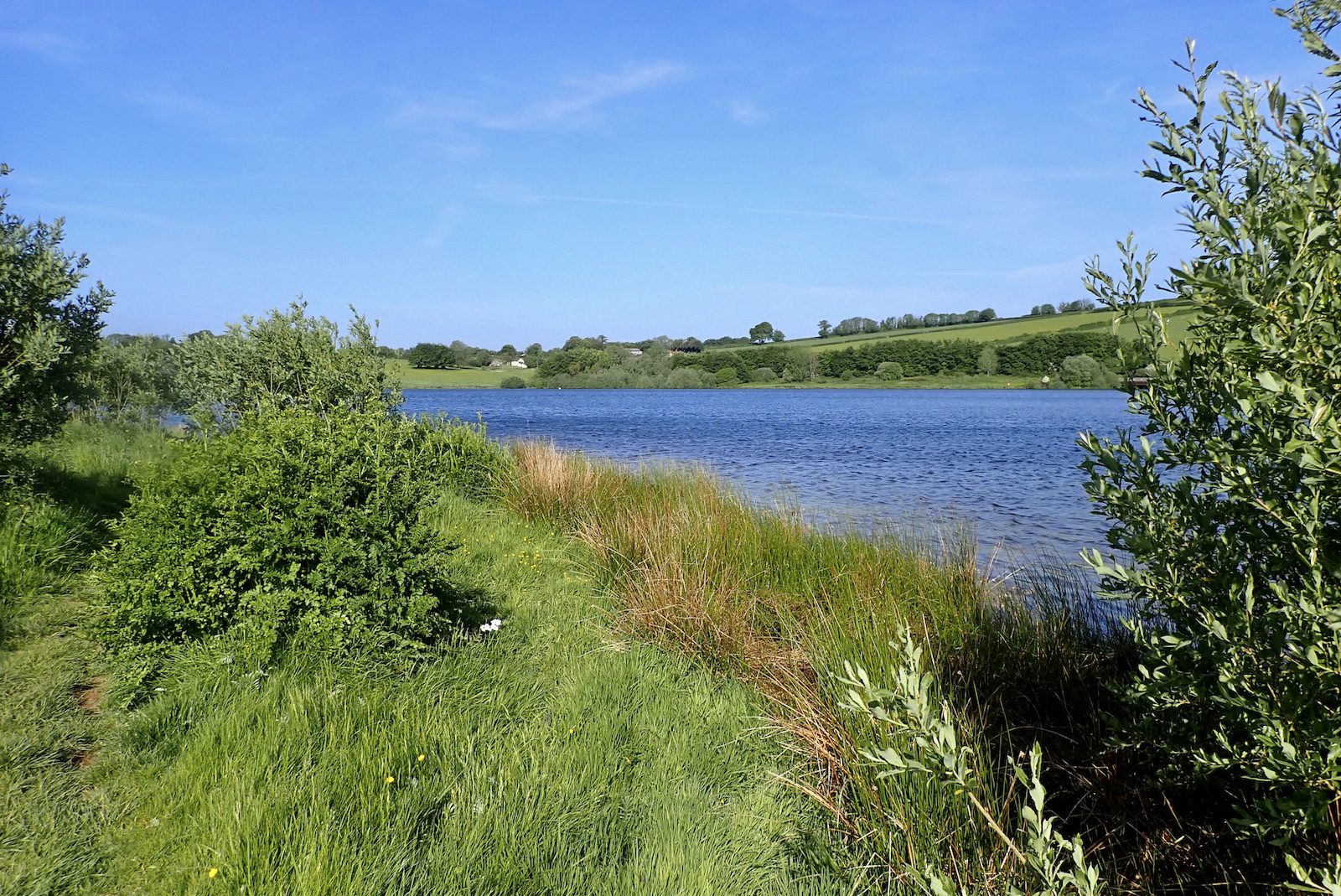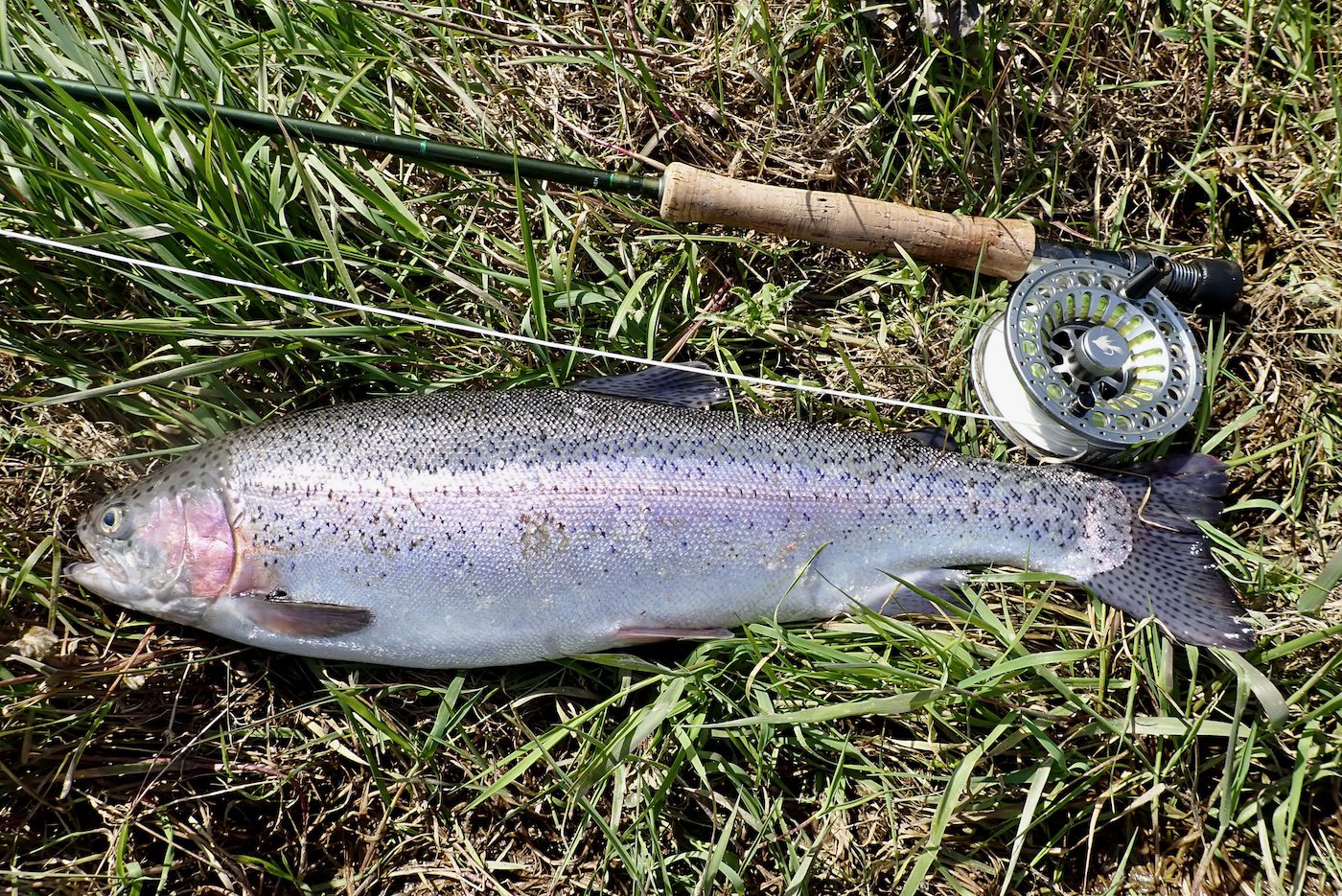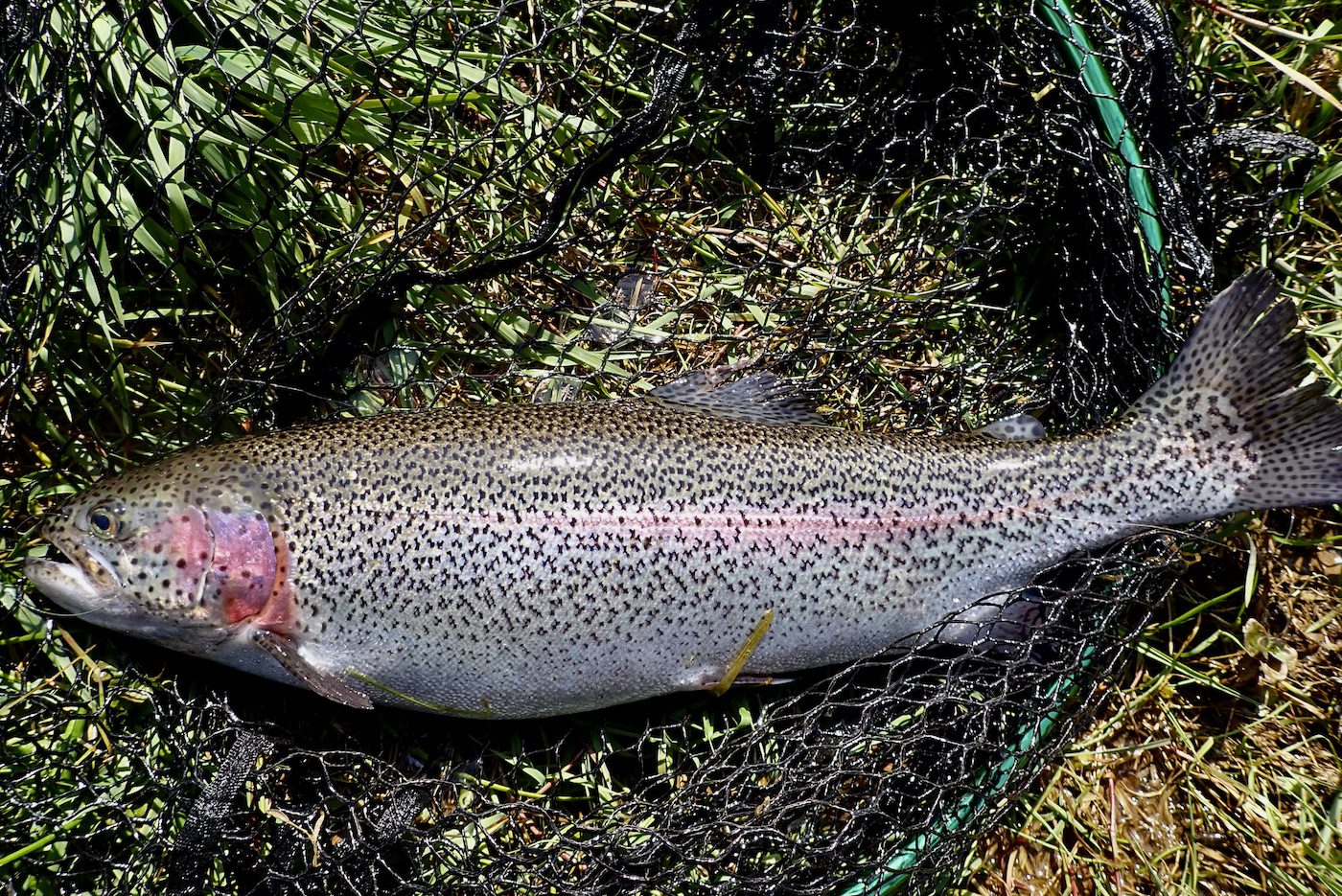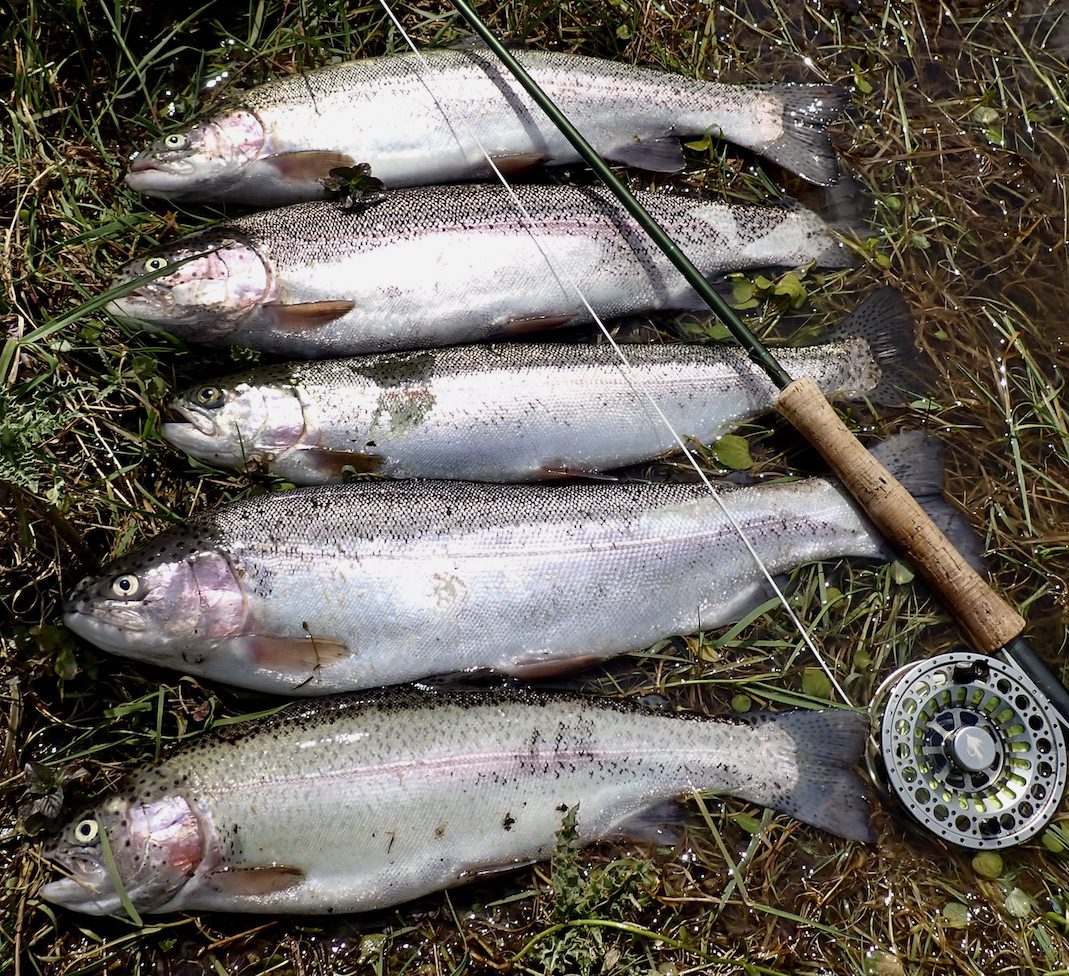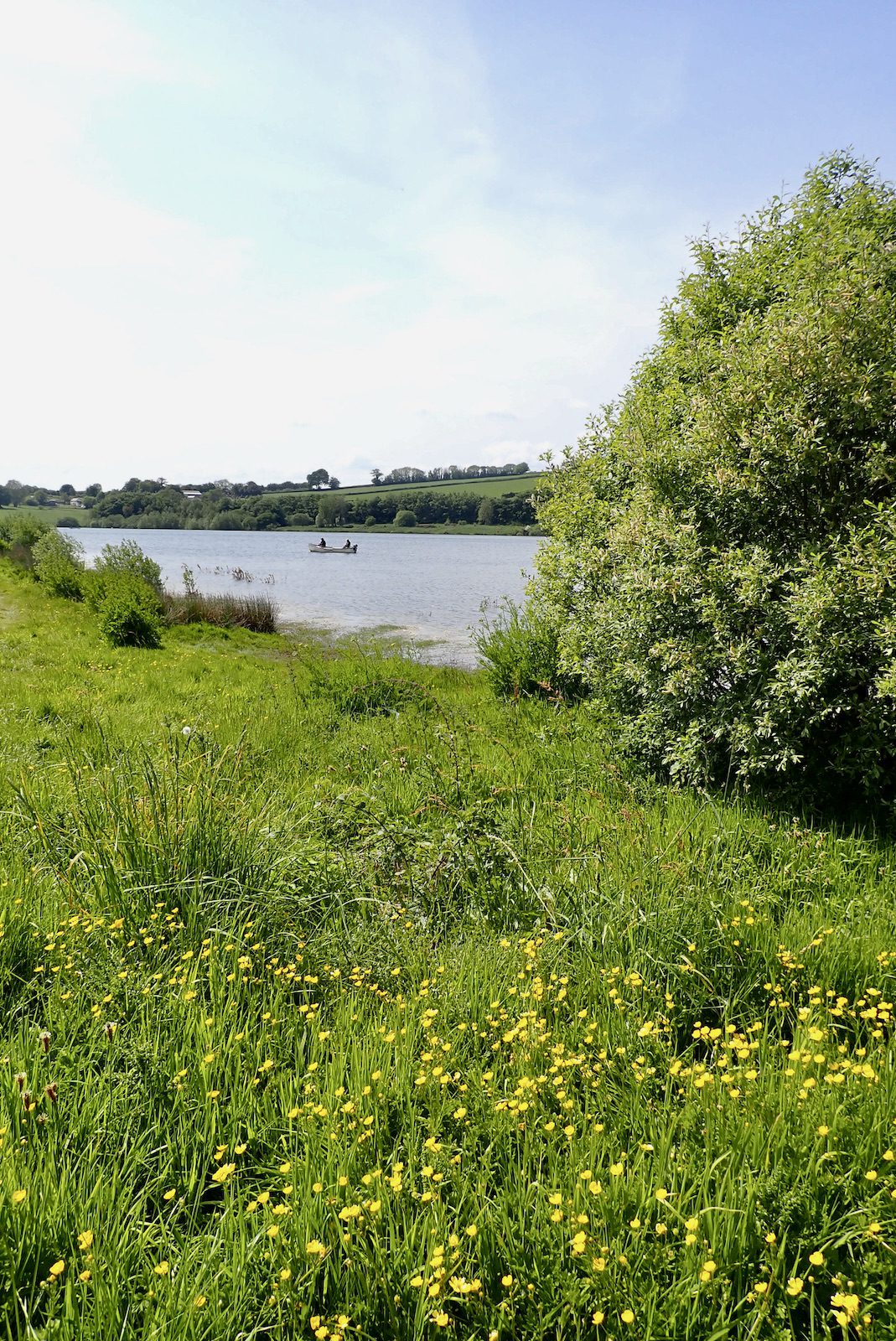Many thanks to Richard Wilson for sharing his writing on North Devon Angling News.
Humorous, edgy and thought provoking as always!
This morning I popped into Mark Zuckerberg’s vision of the future. Call me vain, but I decided to lie about my age and be a 19 yr-old, which was lucky because everyone I met was also 19. Except the Fairy Princess who was also the last person I saw there and, for all I know, might have been a 60-year-old man back in the real world.
Meta-time is erratic and distance is irrelevant, so I could go when and where I wanted. To make my trip challenging I went fly fishing for migrating salmon while standing on the lip of Niagara Falls
First, the good bits: I stayed dry because just about nobody in the Metaverse has legs (or waders). So I hovered Zen-like above the river, which was very, very cool. No treacherously slippery rocks to upend me, no raging torrent to wash me over the edge and no physical threat from the constant flow of thrill-seekers in barrels. The second matter of great importance was that I caught a very big Salmon.
I was so pleased about this that I jumped off the Falls and swooshed straight past the tourist boats into the visitor centre Starbucks where I flashed the plastic for a $1 Frappuccino. Cool entrance and cheap coffee, huh? I was soon joined by a gorgeous 19-yr old fishing tackle sales agent praising my fishing skills and suggesting that her big-brand 9-foot rod was much better than the one I was using.
She promised that with the most expensive rod in their range (just $1!) I was guaranteed to catch 3 Steelhead whenever I went fishing, and that a 40lb Steelhead would earn a bonus 120lb sturgeon. So I flashed the plastic again, the rod appeared to hand and my new friend vanished before my eyes. Just as I thought we were getting on rather well. Ah well.
Left to myself, I surveyed my surroundings. At the end of the coffee shop was a huge fishing tackle store lit up by a neon sign that declared: Mega-Webba-Verse-Tackle-Company – All Brands Stocked and Everything Available Now.
I wafted in and found myself hovering next to a 19-yr old male wearing an old-fashioned blue and white hooped bathing suit. We were both looking fondly at a magnificent Classic Fly Reel of the sort that costs $1000 in the reel world. Here it was just $1. A bargain!
“Cool reel,“ I said to my new companion.
“It’s amazing. And everything here is exactly the right size. It fits my head like a glove.” He replied.
“A head-glove?” I said.
“Don’t be an idiot’” he snapped, “It’s a barrel hat.” He was talking down to me as though I was a 19-yr old know-nothing. He then reached out and put the reel on his head where it was very obviously the perfect hat to enhance your selfies as you went over the Falls. The badge read, “I’m a Barrel-Head!”. He took it off and passed it to me.
“Oh,” he sputtered. “So now it’s a fishing reel. Isn’t this the Barrel-Riders-Kit-O’gasm Emporium?”
Pennies dropped and, in tandem, we said “Oh F**k it!”. At which the store transformed itself into a pulsating display of sex toys and bondage gear as an inanely smiling, baby-faced Zucker-clone slimed into our bewildered company.
“OK,” it said, “which of you two is the leather-fetishist paddle-boarder?”
This wasn’t my kind of life experience, so I morphed off to the bank of a famous Scottish salmon river where I caught 3 big Steelhead in 5 minutes. The new rod worked so well I was catching fish that don’t exist in Europe.
“Och Aye”, said the Gillie, a hybrid Euro-stereotype wearing a kilt that was much too short for 19-yr old man, “Begorrah mate! Them’s Steelhead! I dare say that one weighs as much as the Blarney Stone of Scone.”
“How much does the Blarney Scone weigh?” I asked, breaking the rhyme.
“It’ll be 40lbs exactly,” he replied.
As he said it, my rod bent into a 120lb Sturgeon.
“Dunno’ how that got up the fish ladder,” said the Gillie. And then, “This is crazy. I’m taking this idiotic headset off and going back to work. Don’t forget this is a catch-and-release fishery.” With that, he disappeared. Silently.
I decided I’d had enough of my new rod and threw it at the river. It de-pixilated in mid-air.
On the far bank was a pub called The Old Metaverse. I drifted over and into the bar where I bounced repeatedly off a stool that was slightly too high for me. The barmaid, a 6-yr old Fairy Princess, refused to serve me because I didn’t have an ID Card to prove my age. But never mind, she said, she would sell me one for $1.
At the other end of the bar a drunk was dropping his trousers while shouting that his willie was awesome and that it was his God-given right to fight us because he was right, we were idiots and this was a public bar, so anything goes.
“That’s just Elon being Elon. He’s only 19.” said the Princess. “He’s a free-willy absolutist. I expect he’ll grow out of it.”
Somebody hit him, a gun was drawn, furniture thrown and the Princess produced a machete. As the air turned blue and the floor ran red with fake blood I walked out through the wall, took the headset off and helped myself to a real cold beer from my own real fridge. It was very good to be home. Real good.
So here’s my conclusion: To nobody’s surprise the Metaverse is Zuckerberg’s even bigger bid to coral all the real advertising and marketing money everywhere, raid your piggy bank and then drain your data. It serves no other useful purpose whatsoever, except to allow us to go fishing without legs. Which is unbelievably cool. Sadly, Zuckerberg’s ambition will include monetising virtual waders and virtual wader accessories like boots and pay-per-use rescue services. So there will be legs.
The Metaverse sends a shiver up my spine. It’s a sugar trap for low-life – the perverts, shysters and fraudsters. The old men pretending to be little girls and AI faking it as seductive sales reps. It’s a shit-show platform for politicians, influencers and the wackadoodle self-delusionals. A place where everyone is welcome and all are victims because all of us, even the slime-balls, are there to be shucked dry by the uber-parasite Zuckerberg.
There is just one silver lining, and it’s the conclusion surely held universally by anyone sane who visits Zuckerland: If all the jerks are in the Metaverse exposing themselves and shooting each other, then while they’re in there the real world might be just a tiny little bit better for the rest of us.
That, and the wading.

